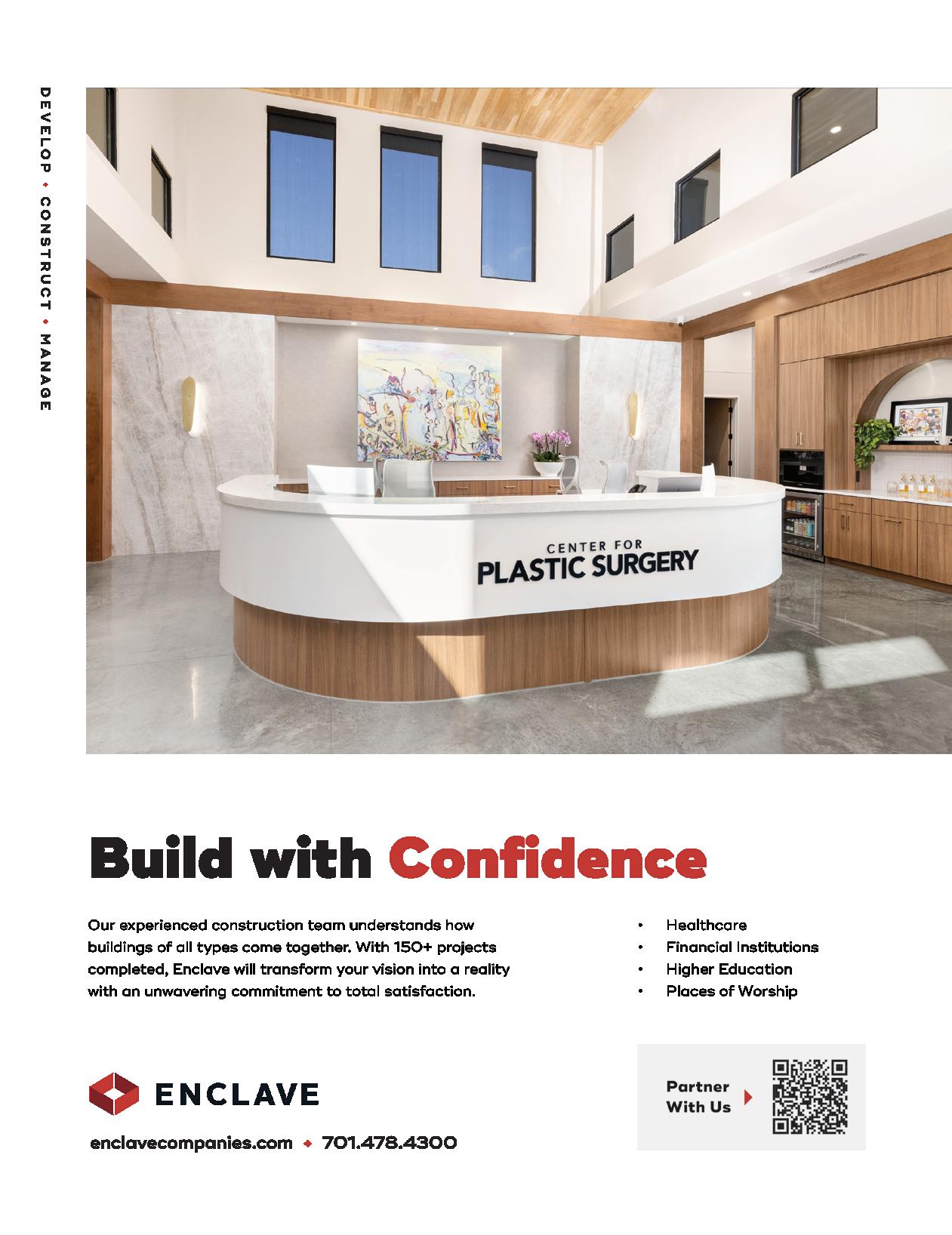





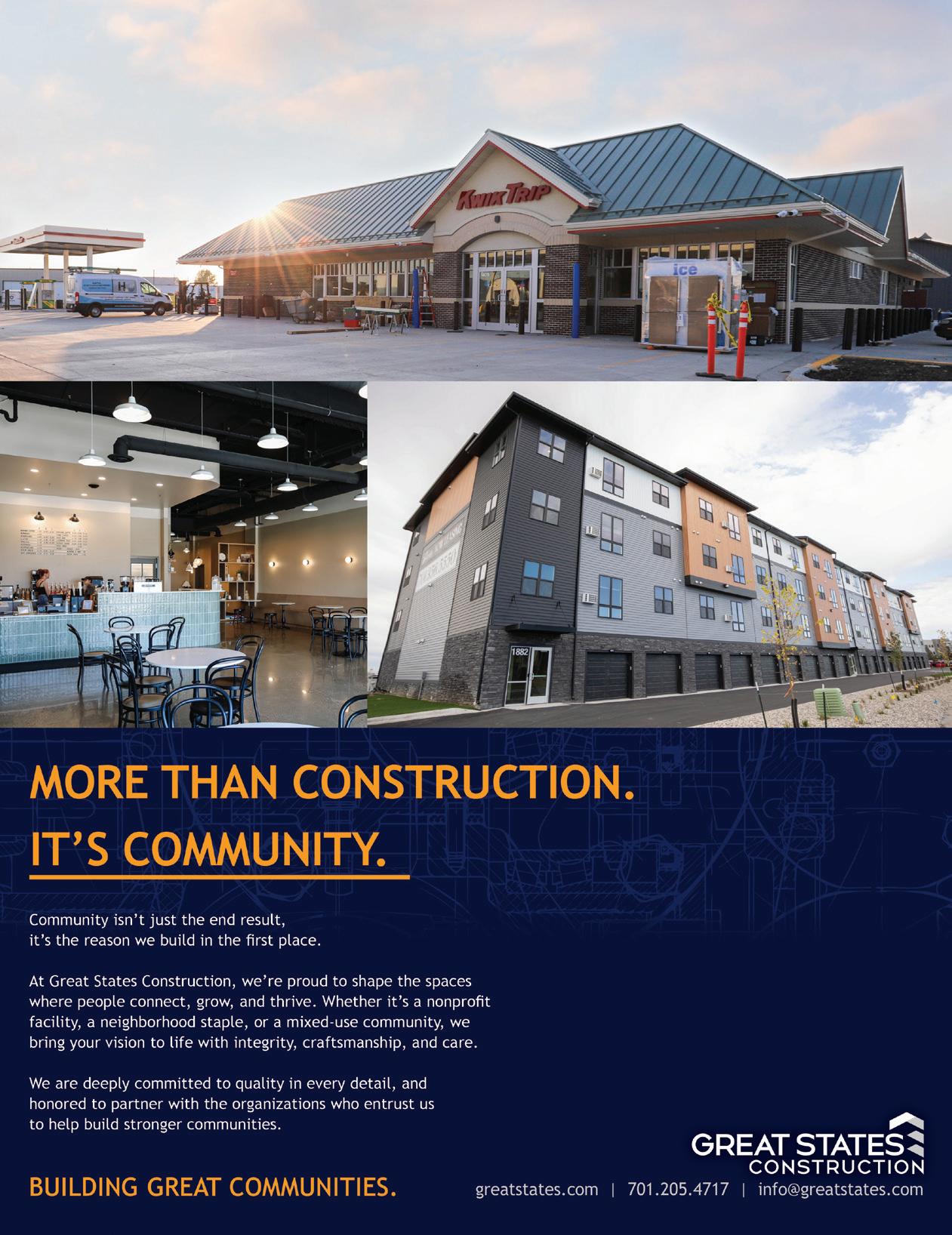
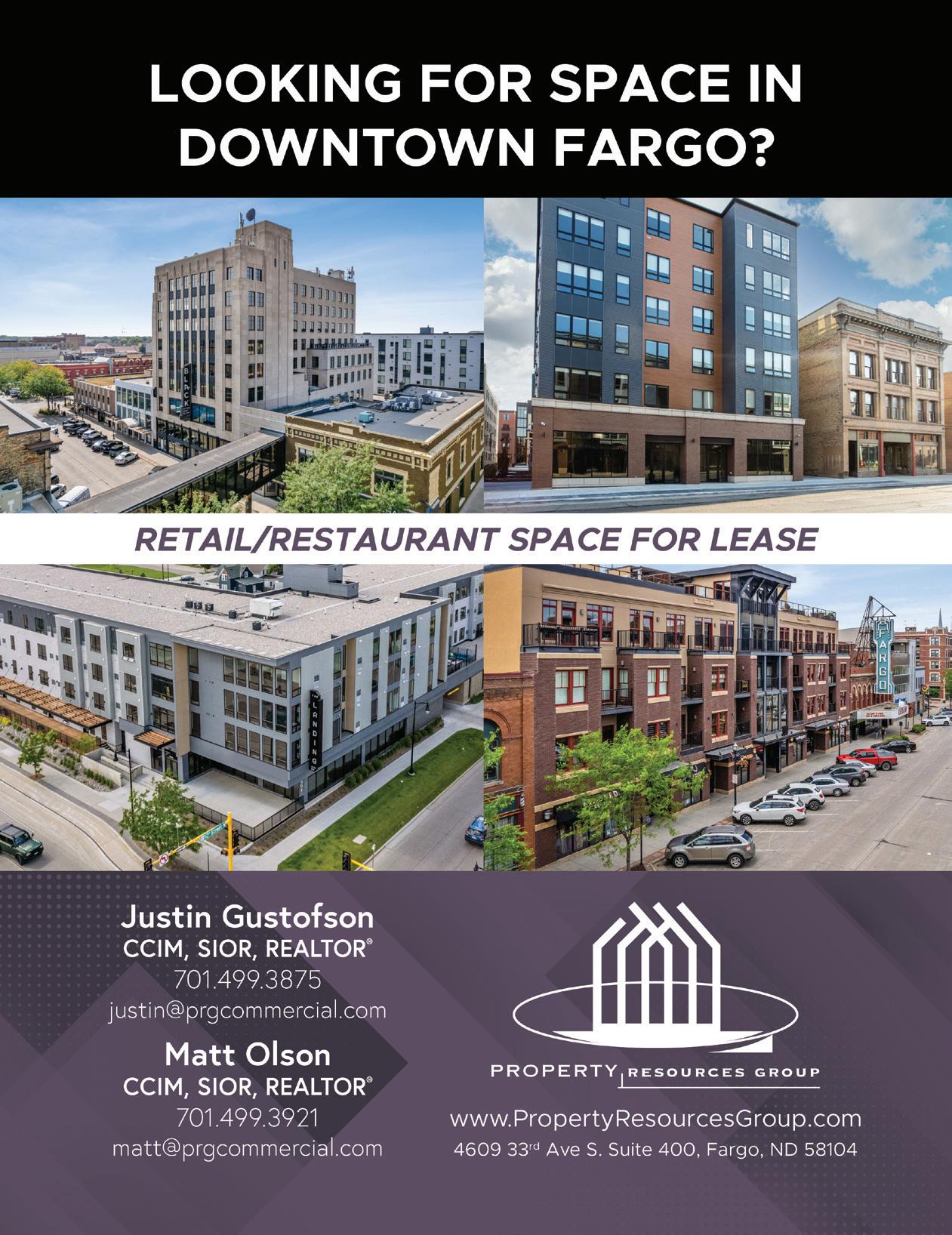
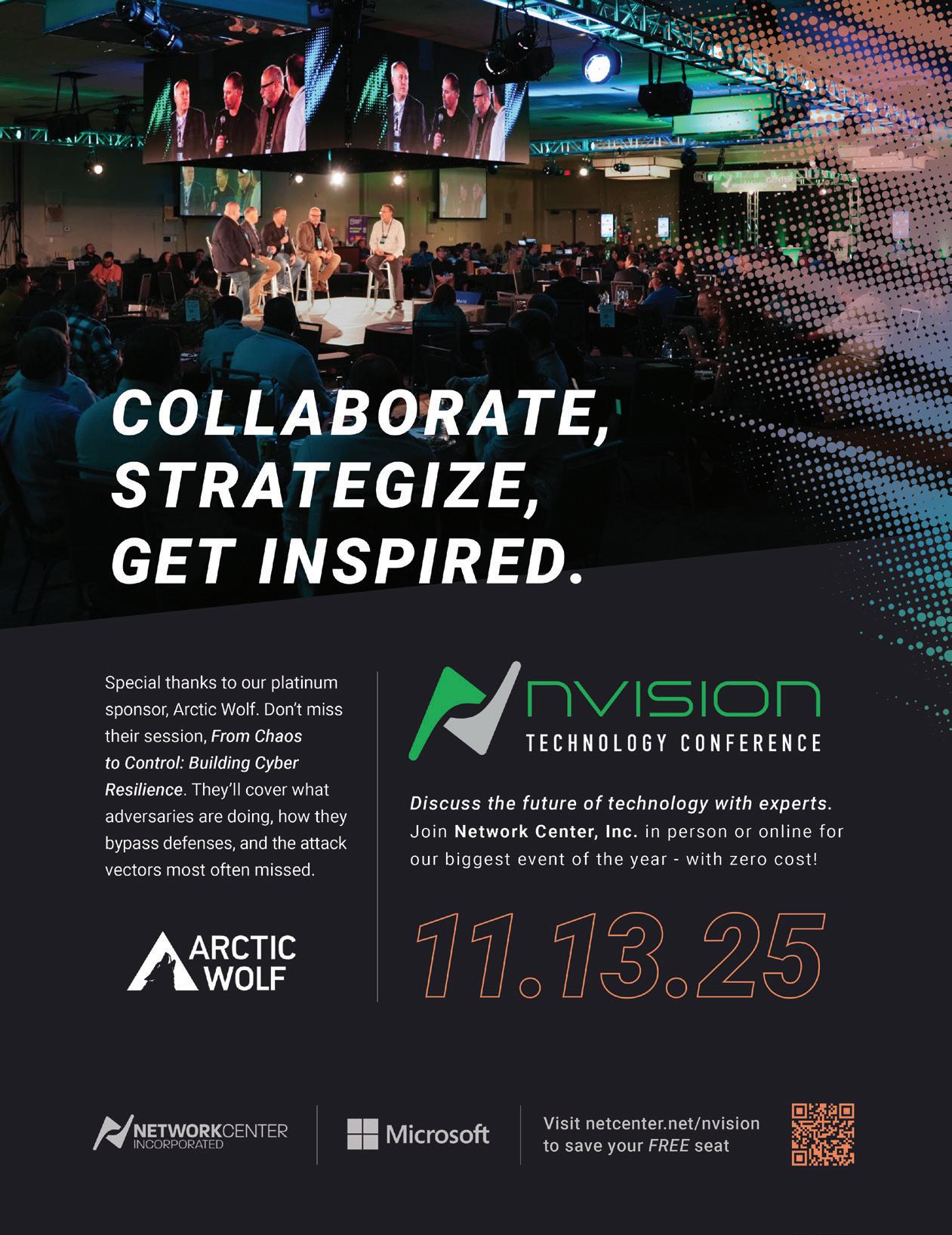
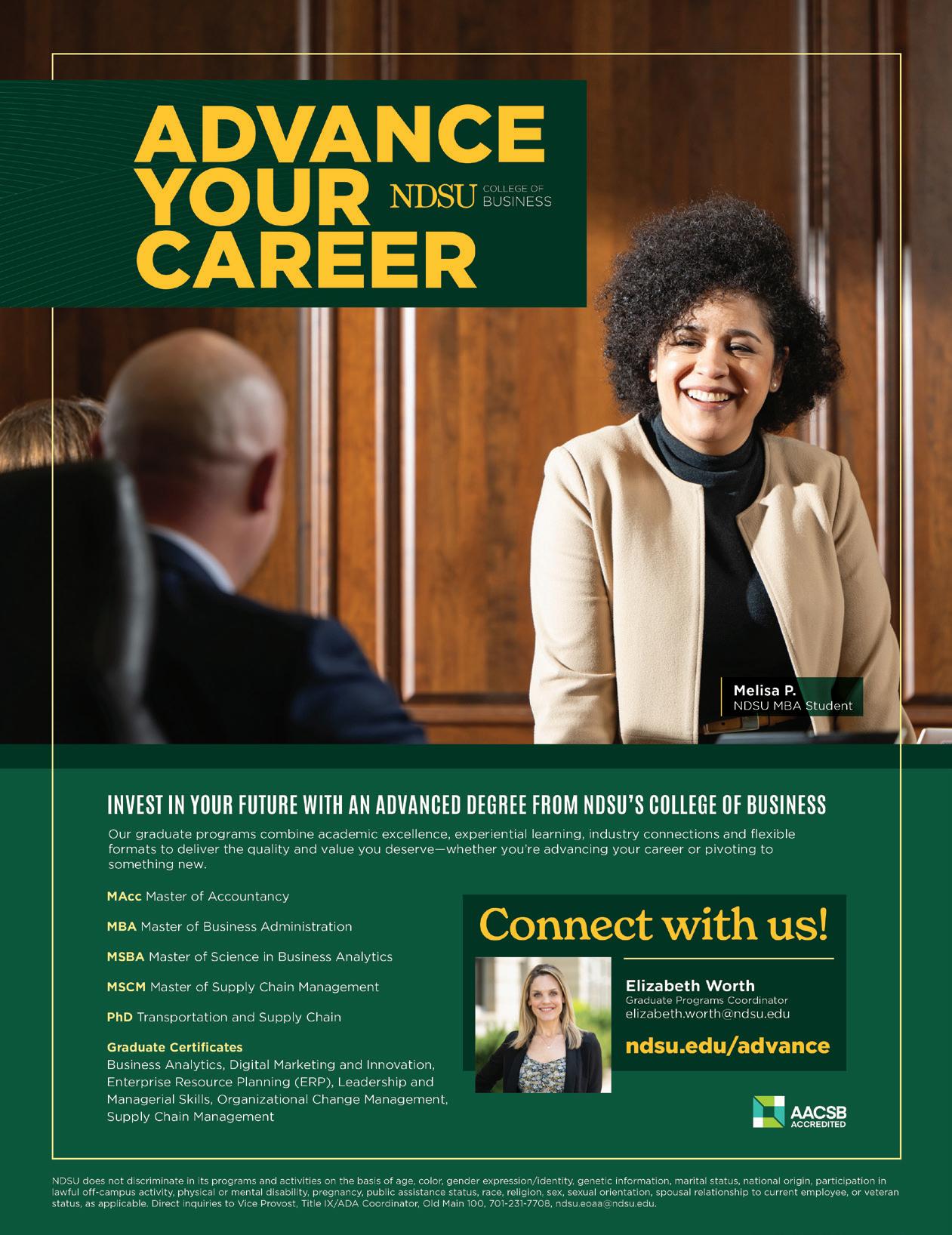

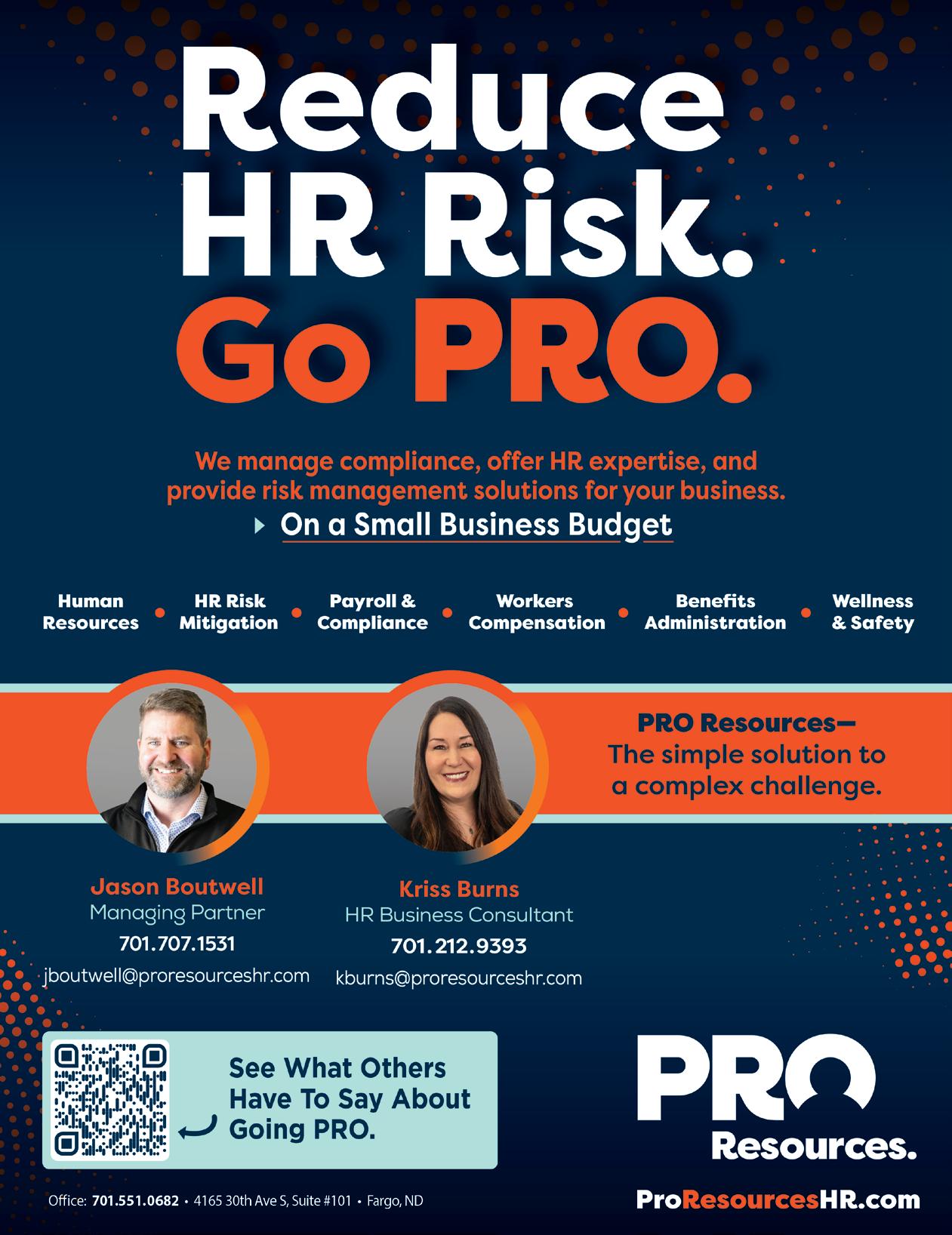
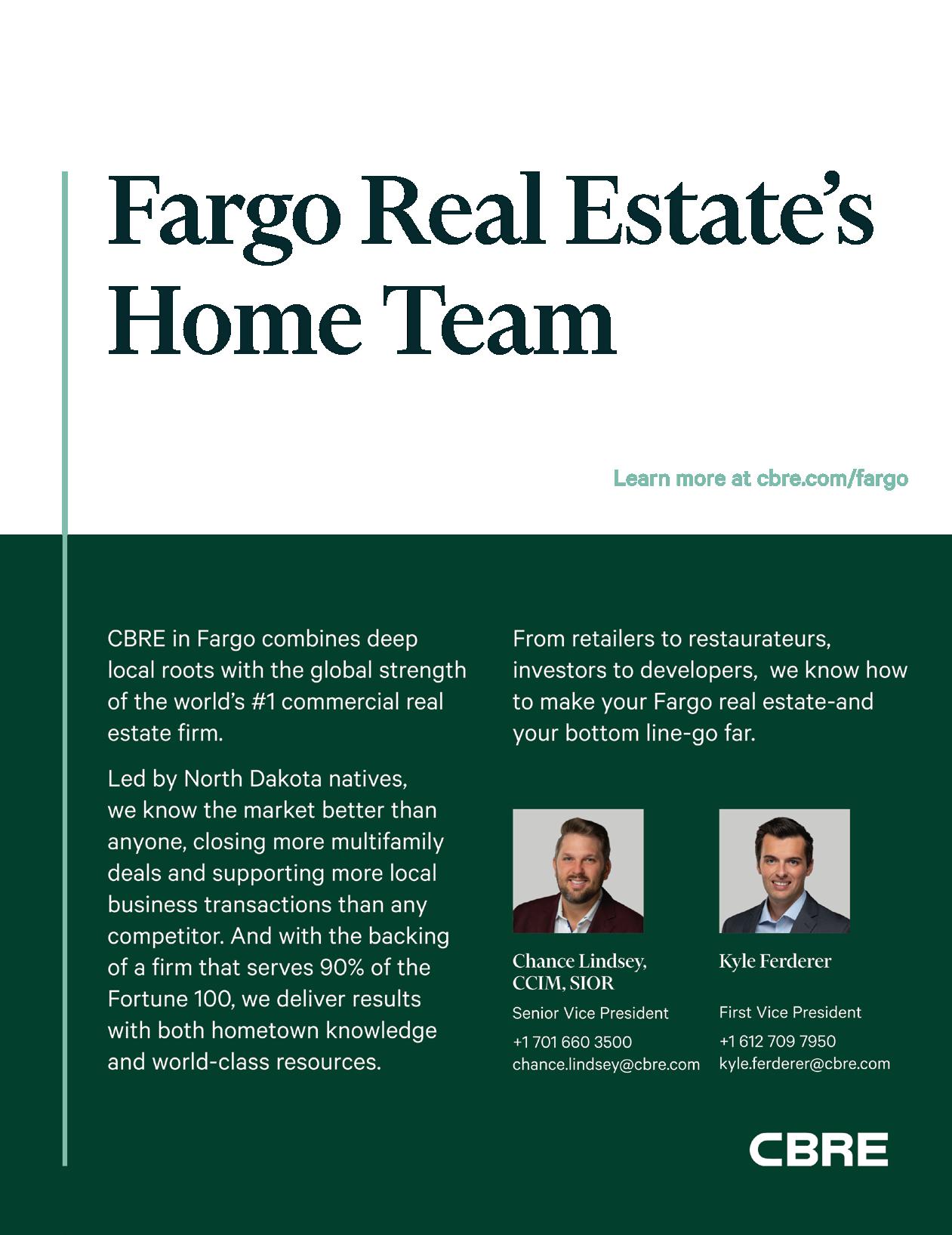
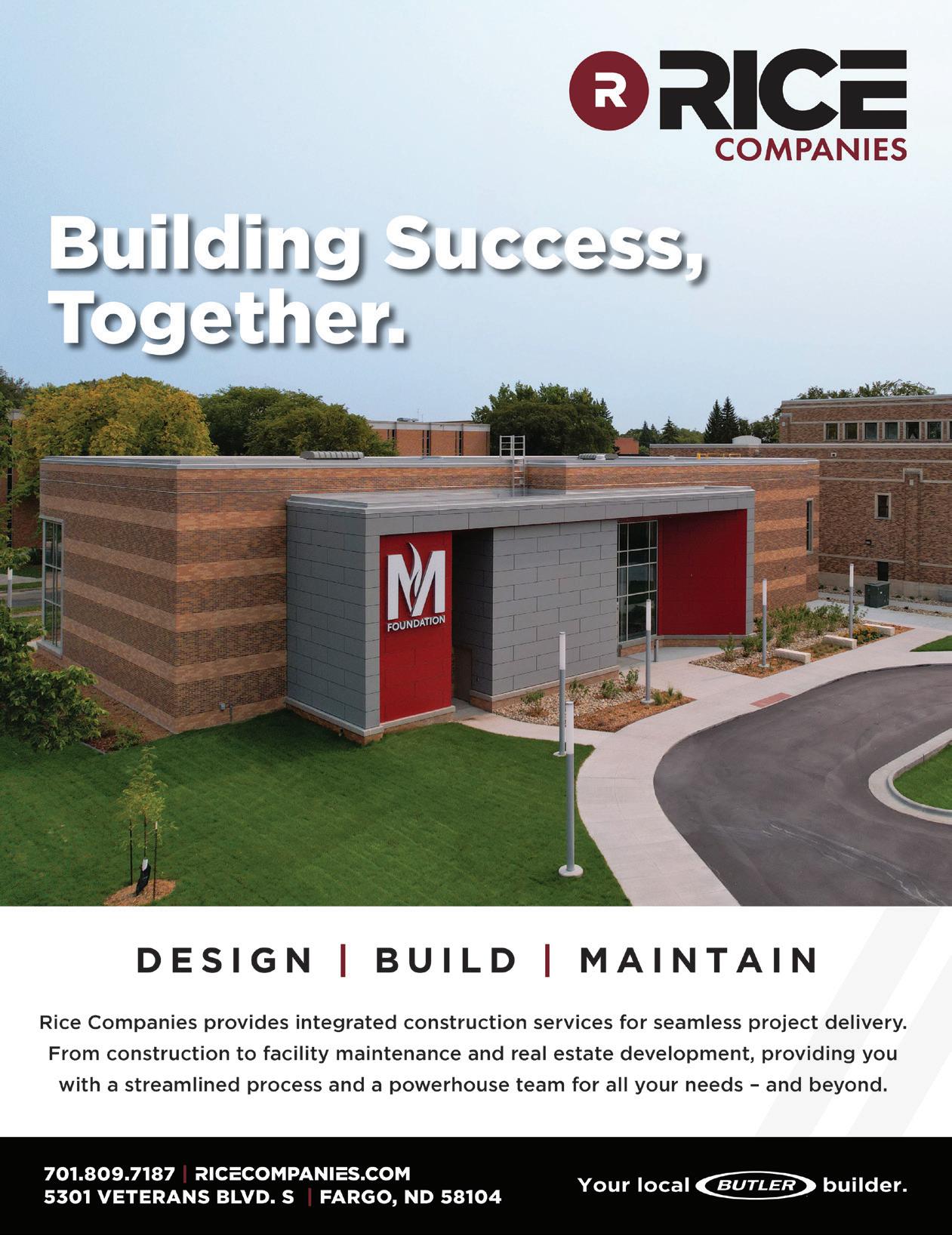
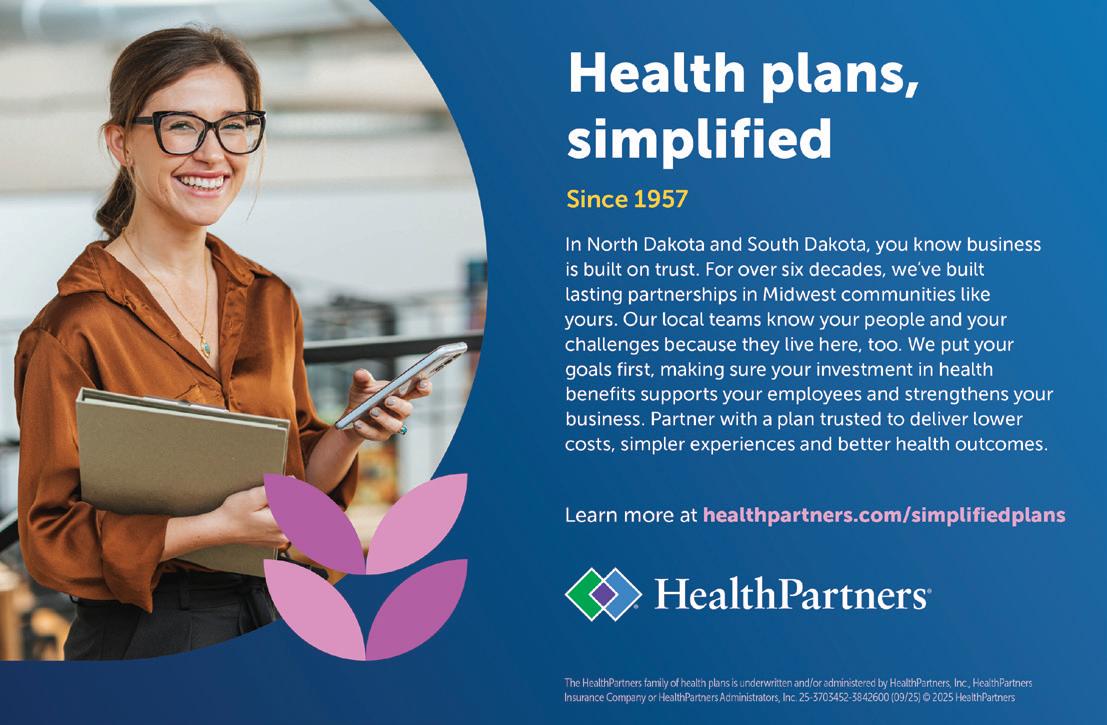

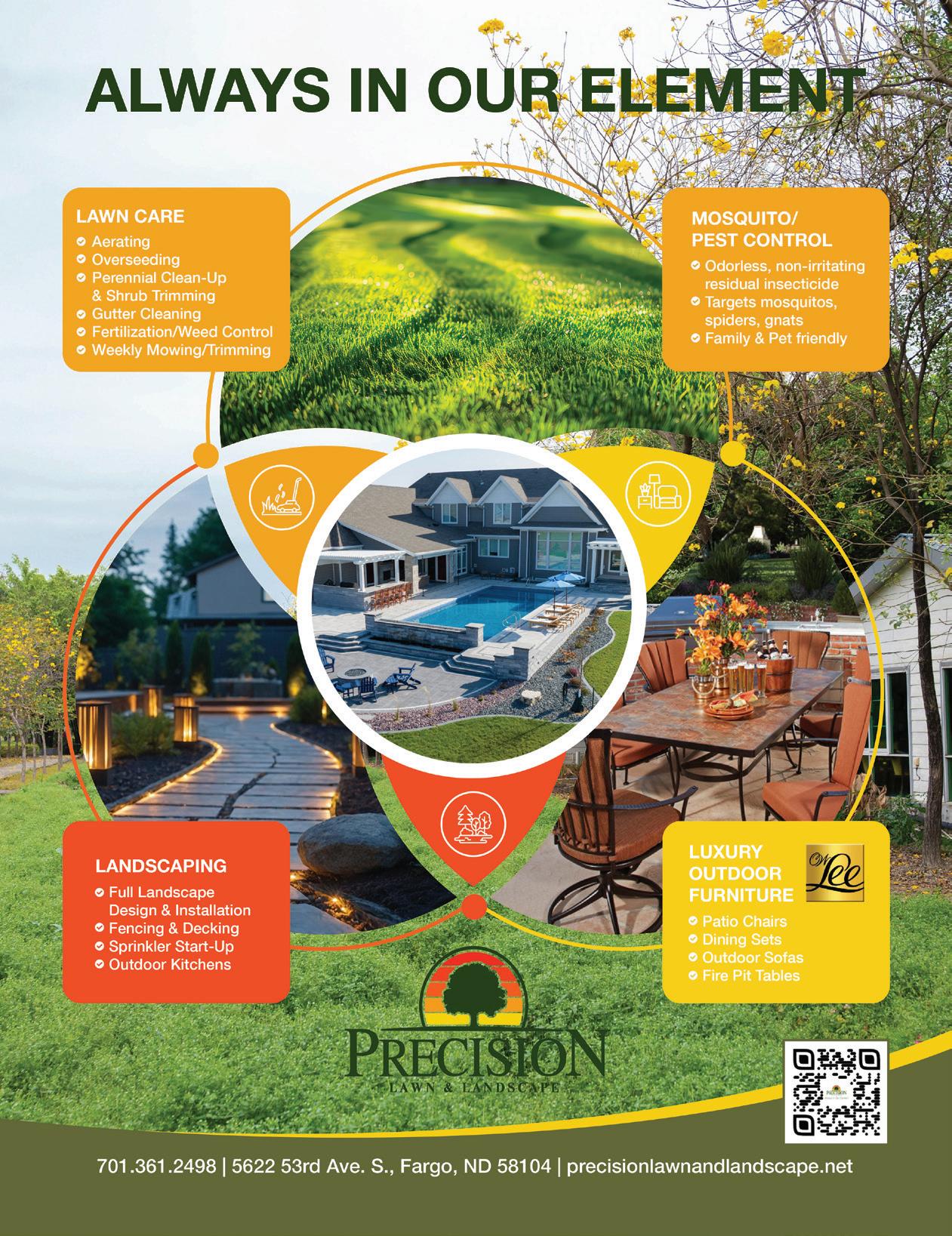
Ashley
Lora
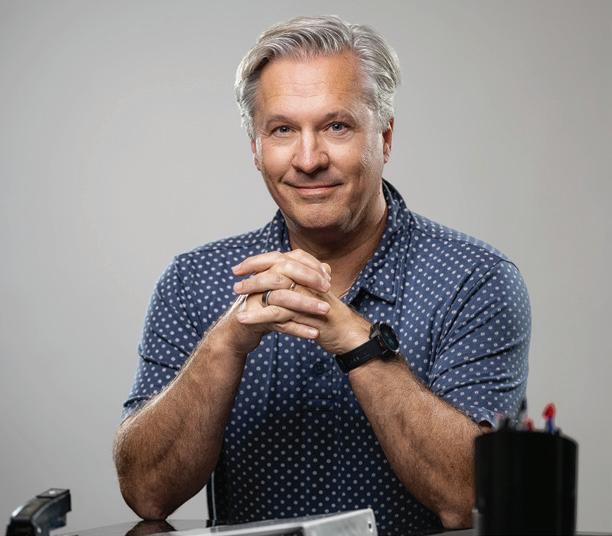
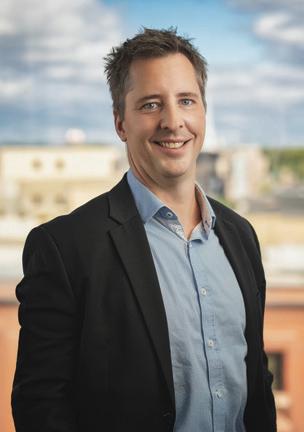
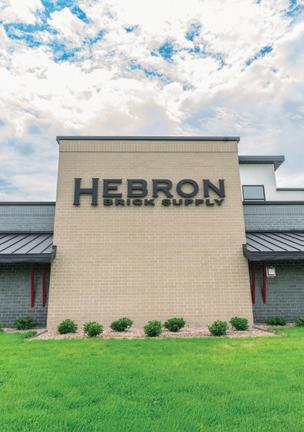



























Ashley
Lora

















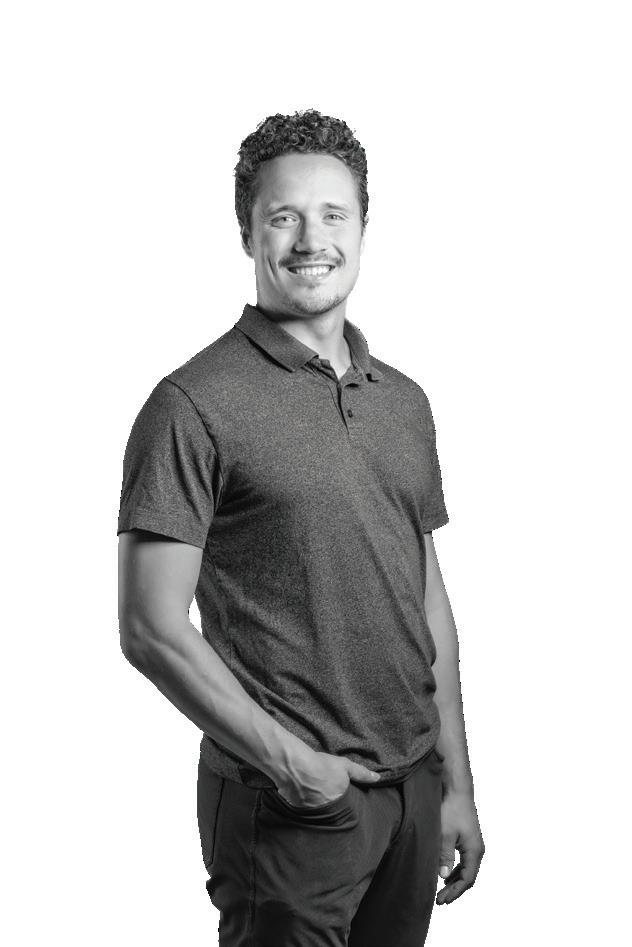
fargoinc@spotlightmediafargo.com






Al
Austin Cuka
AustinCuka@SpotlightMediaFargo.com
Matt
ClientRelations@SpotlightMediaFargo.com
Jessica Ventzke
Tyler Duclos
Missy Roberts
John Stuber




We always hear that the people are what make the Fargo-Moorhead community great. So, why not meet them? Each month we cover a different topic led by local voices. We meet advocates, experts, and people just like you!
meetfargo.com /meetfargo @meetfargo @meetfargo


Growth Leaders is one of Spotlight's annual publications dedicated to showcasing our local companies and the services they bring to the Fargo-Moorhead area.


Bison Illustrated is your number one source for all of the behind-the-scenes action inside the North Dakota State University Athletic Department.
bisonillustrated.com /bisonillustrated @bisonmag @bisonillustrated

You may already be familiar with our Faces of Fargo-Moorhead-West Fargo publication which we publish once per year in order to highlight the faces behind all of the great businesses in the community.

Future Farmer is our farming publication which brings great tech-focused content to readers across North Dakota and Minnesota.
futurefarmermag.com /FutureFarmerMag
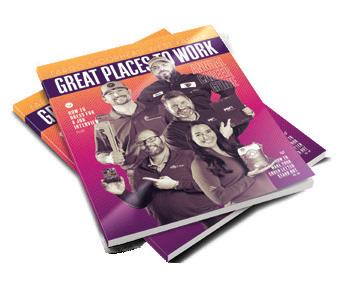
Are you in need of a new career? The Great Places to Work Fargo-MoorheadWest Fargo Annual Career Guide highlights amazing businesses in the area that provide great growth opportunities, benefits, and more!


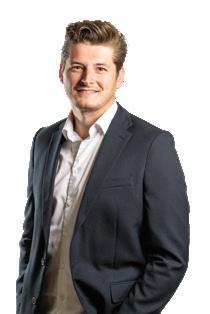

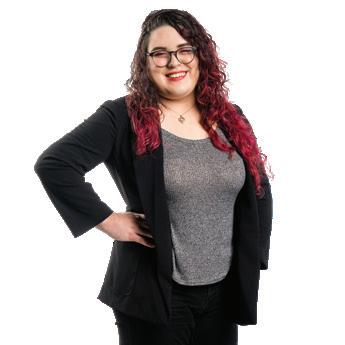
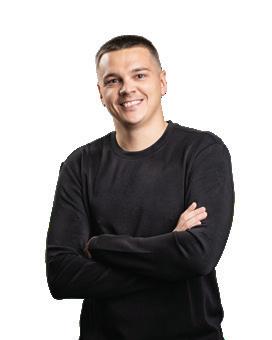

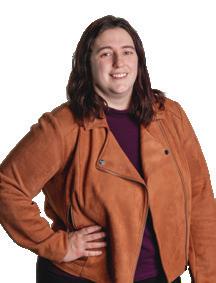
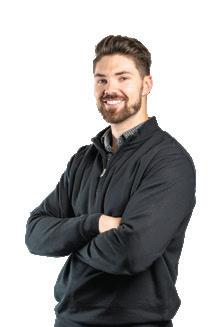



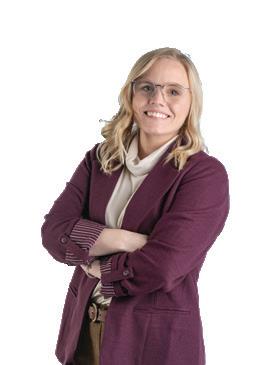

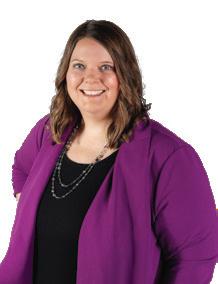
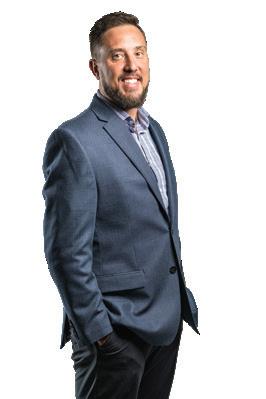

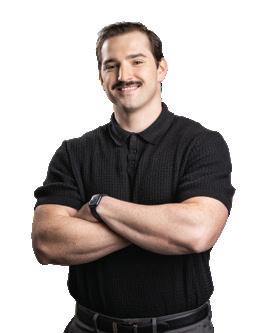

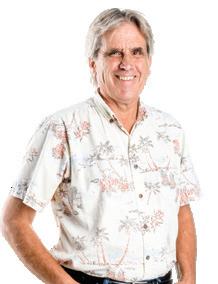

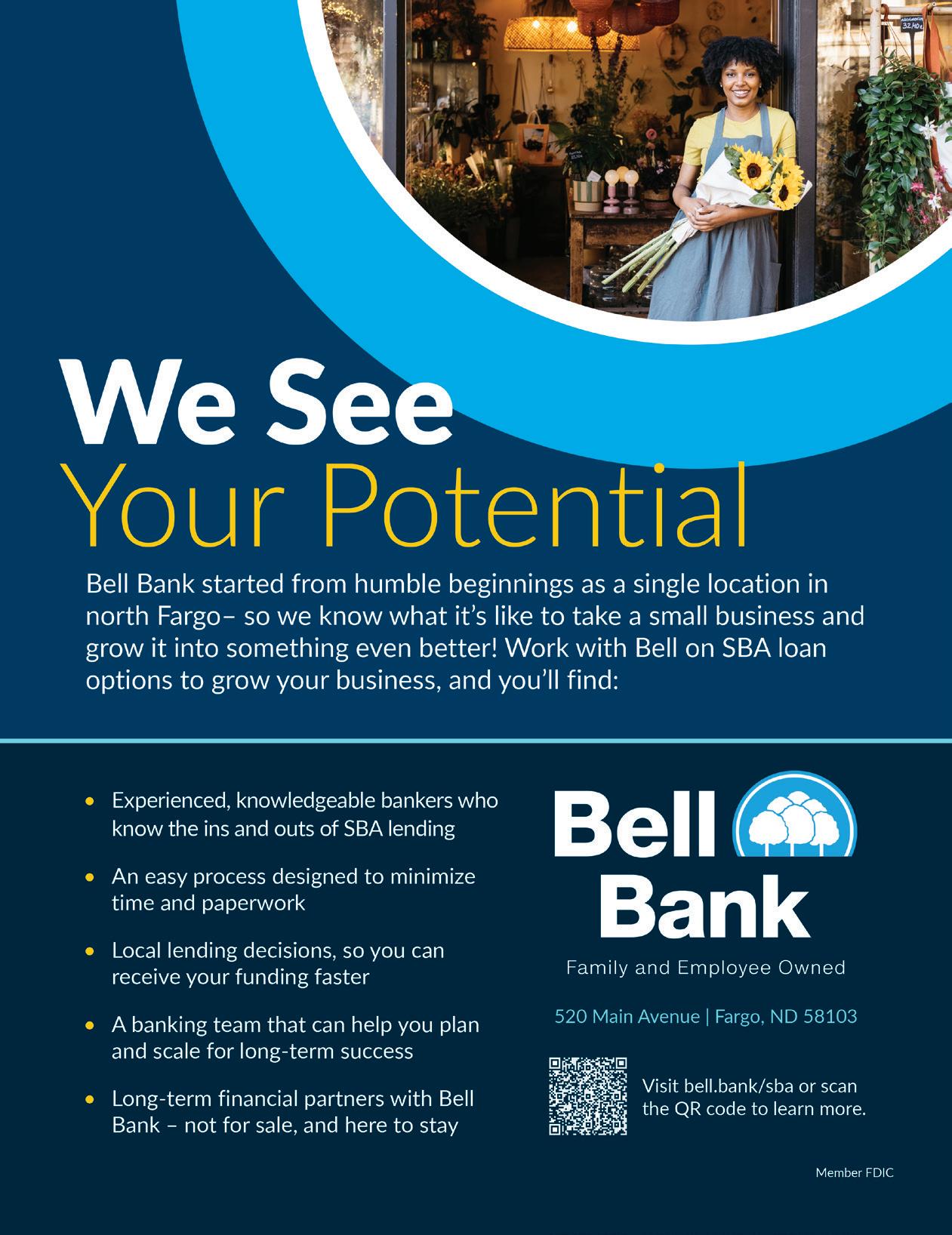

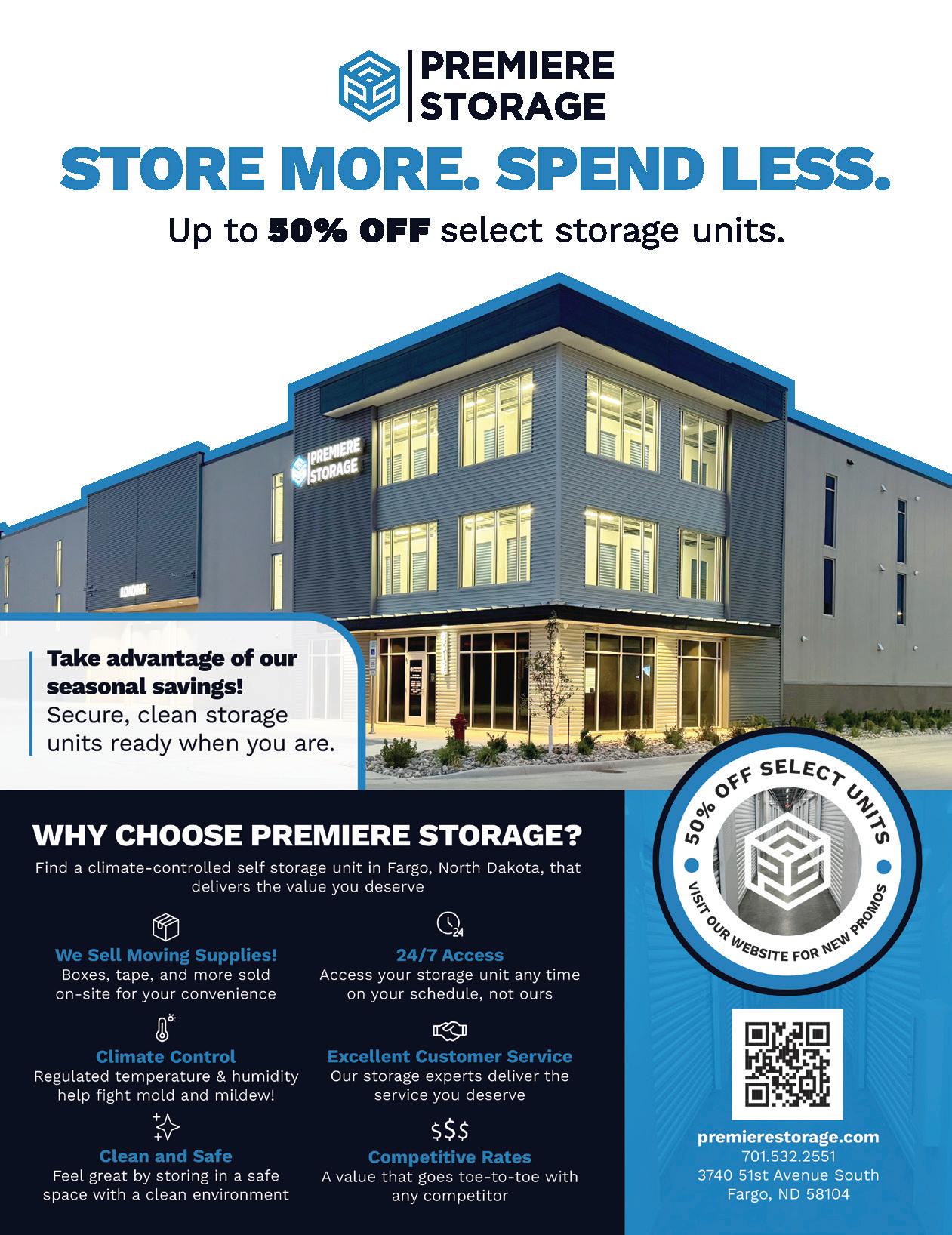
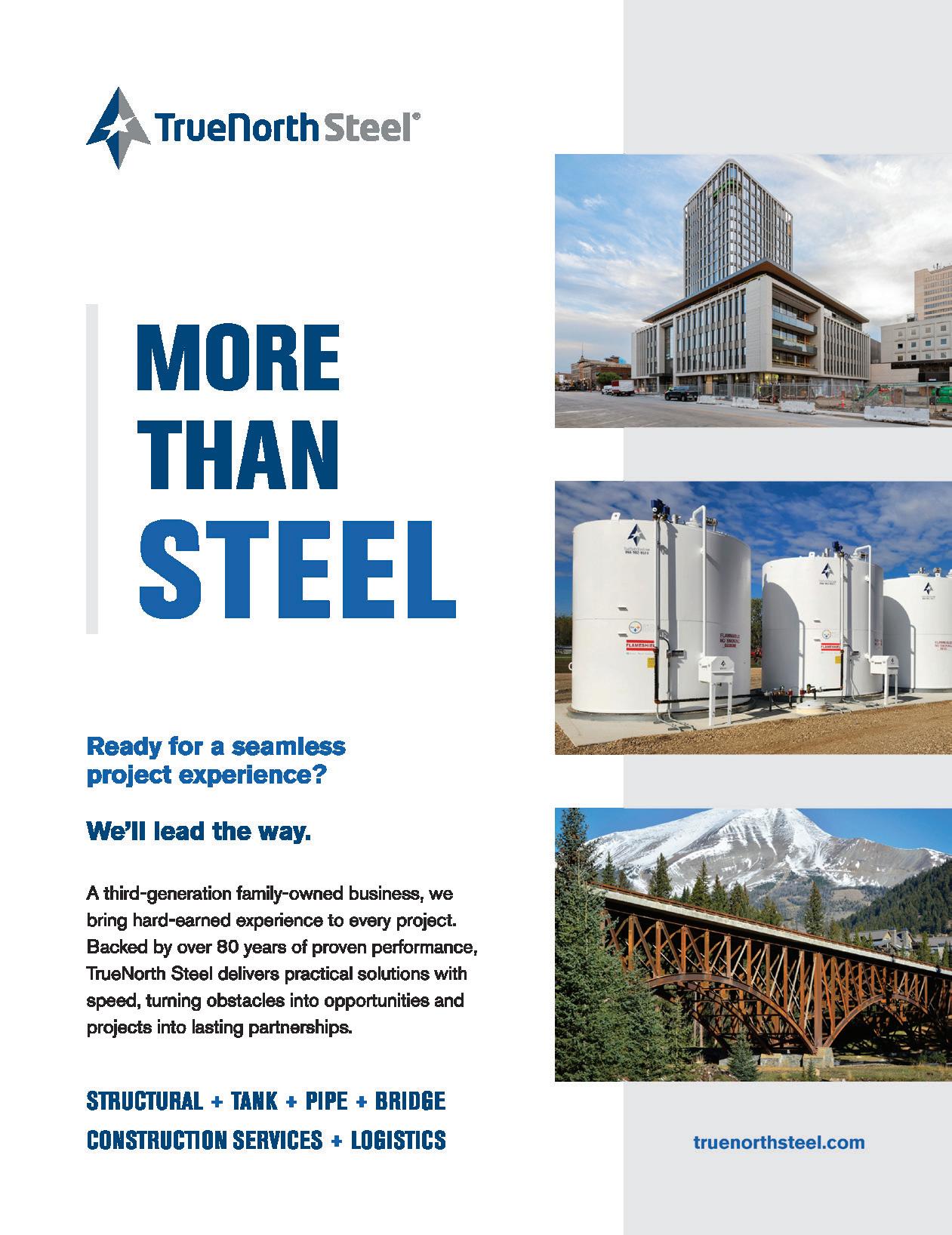
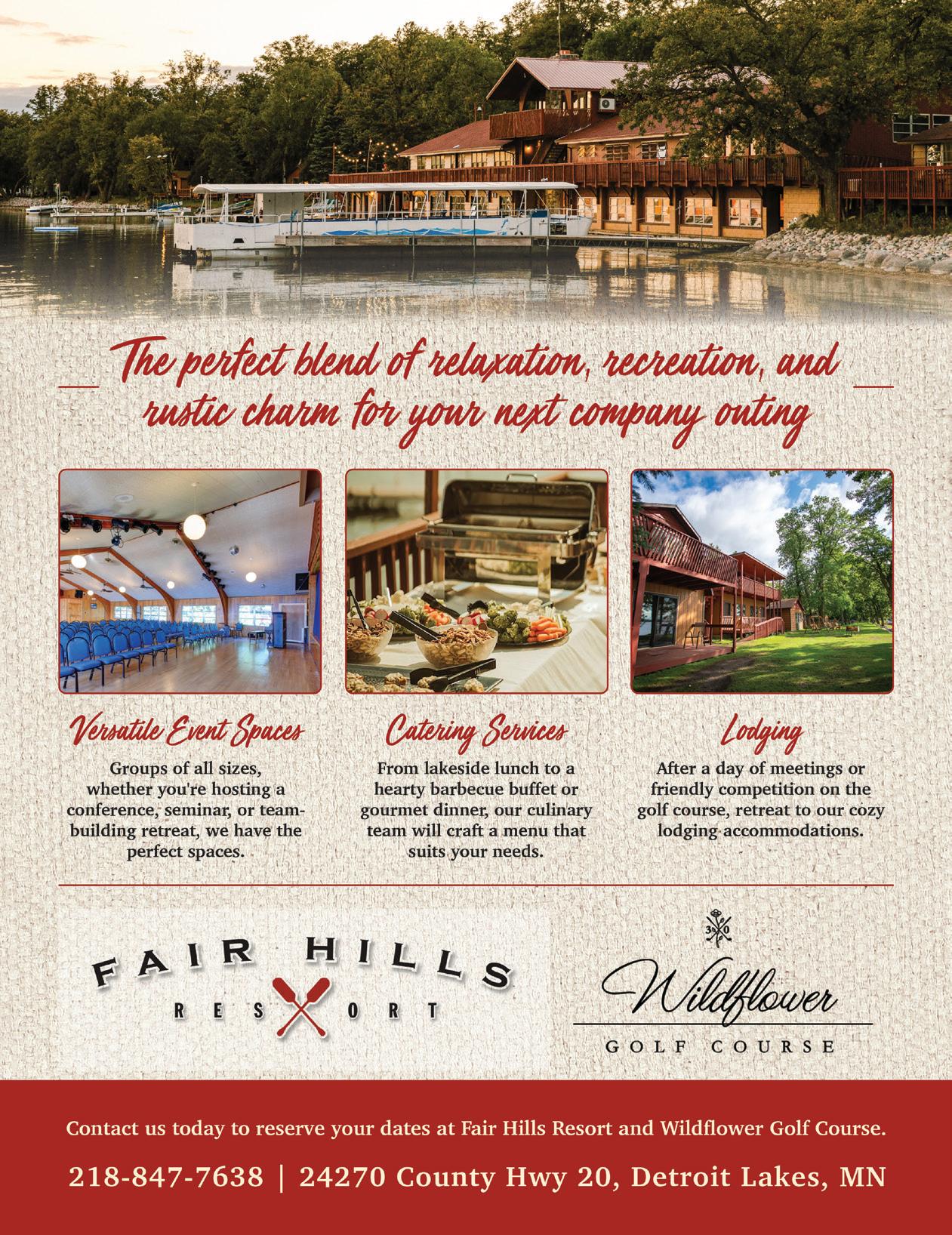
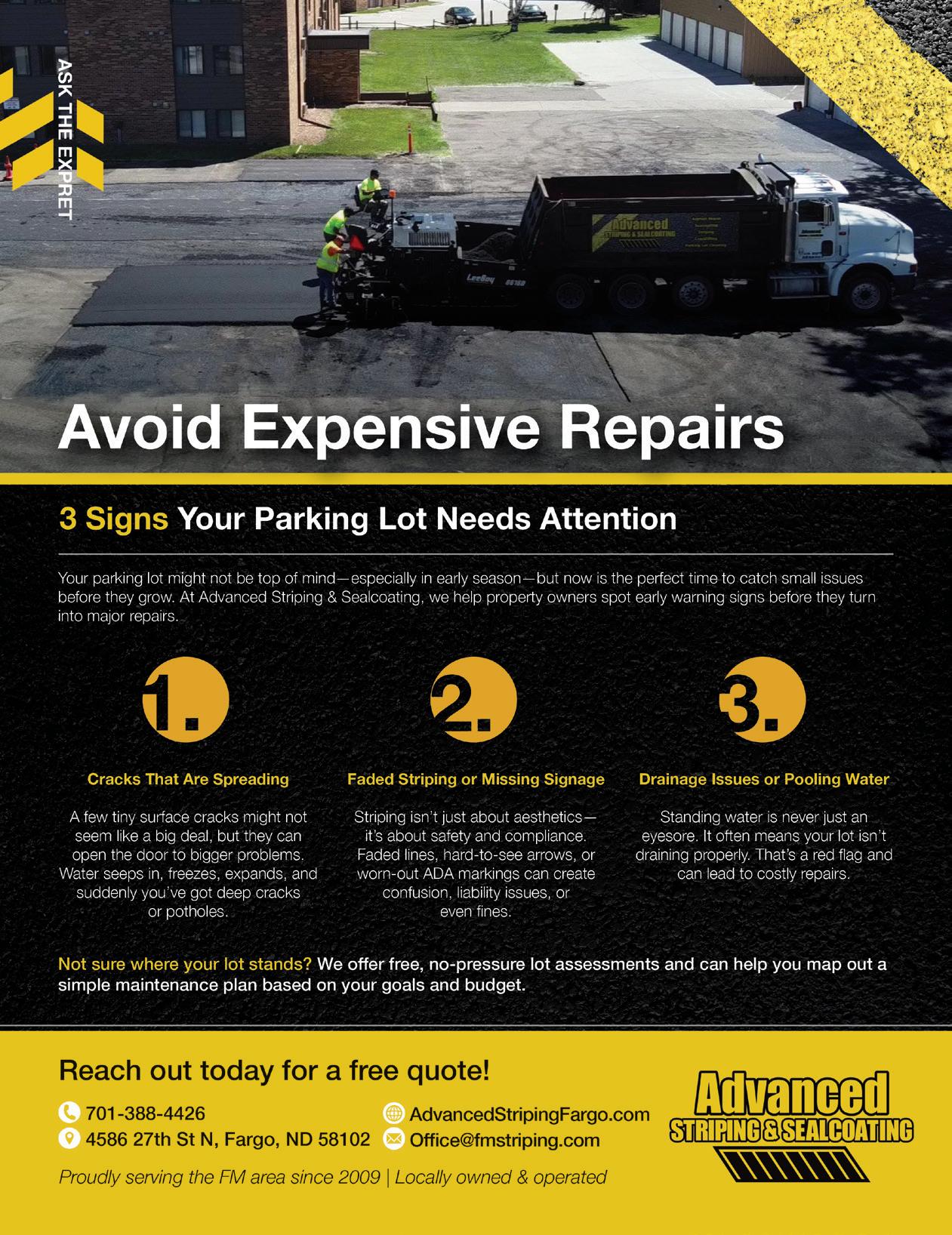
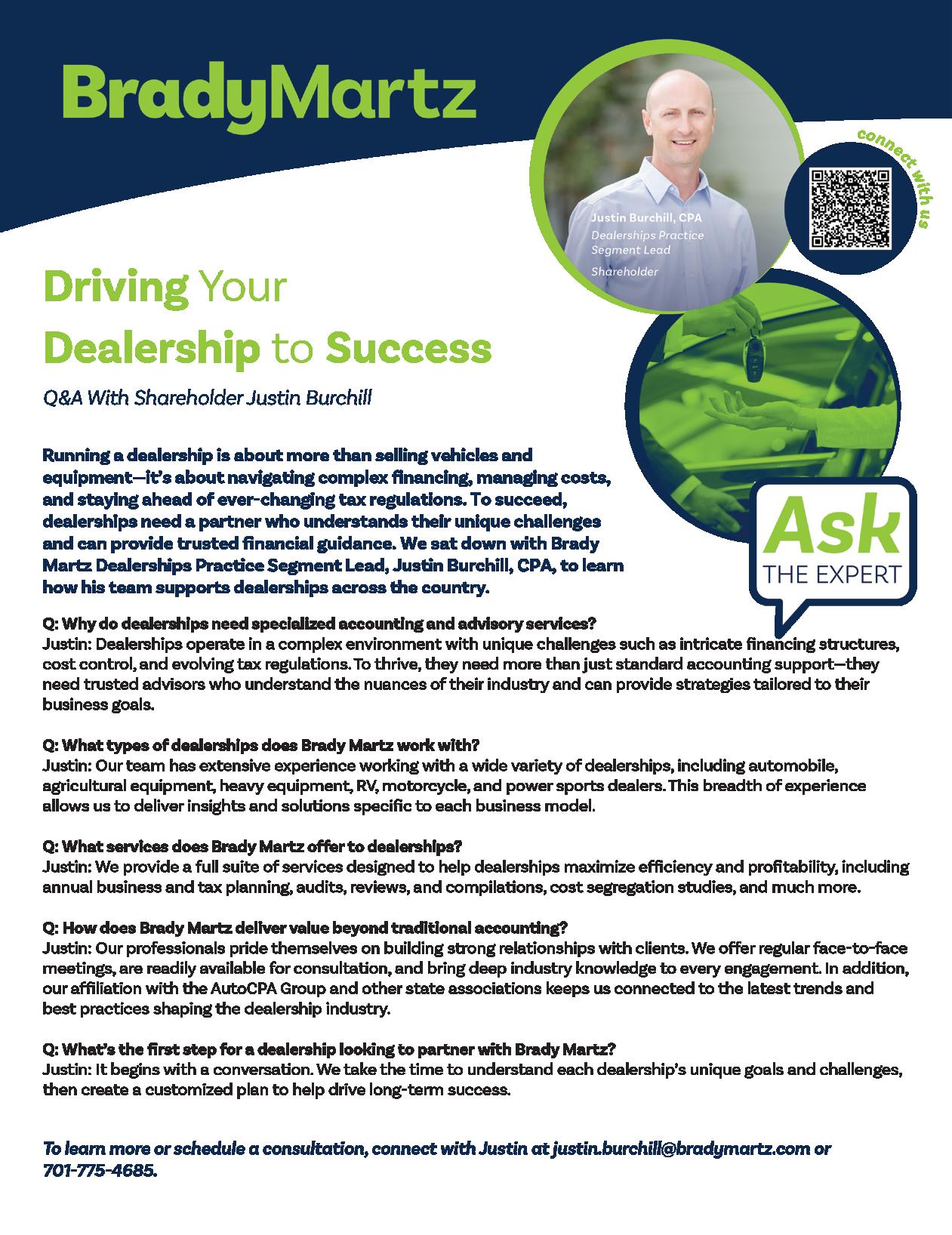
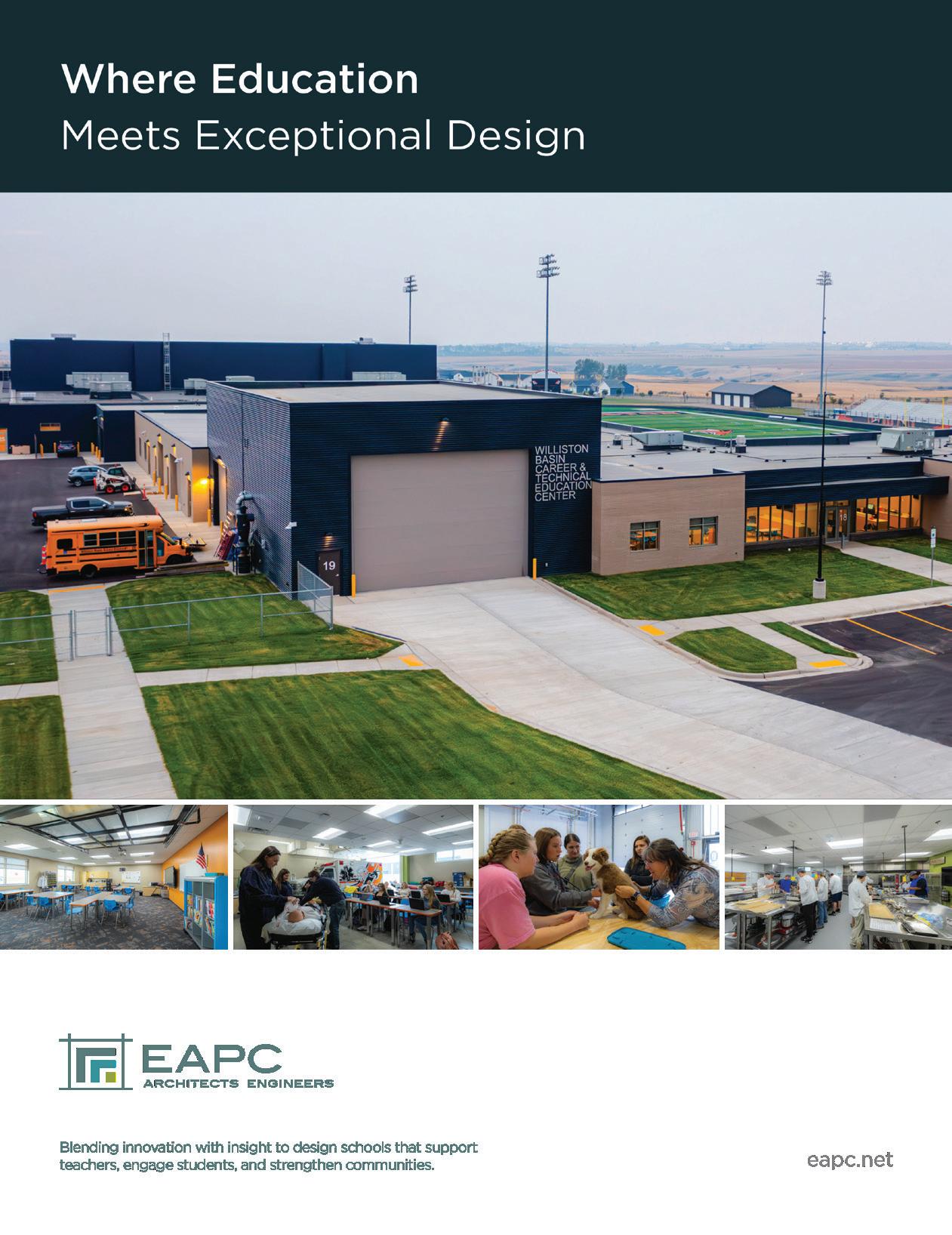


When you walk into the Suite Shots Golf Academy in Fargo, you don’t just find hitting bays, simulators, and greens—you find a place designed for learning, encouragement, and growth. Assistant Golf Professional Lucas Johnson has been there since day one, helping shape the academy into what it is today: a pressure-free, state-of-the-art golf learning environment that welcomes everyone, from first-time golfers to varsity athletes.
Golf is famously humbling. One good shot can be followed by three bad ones, and frustration can quickly overshadow fun. Johnson knows this, which is why the academy’s programs are built around setting realistic expectations.
“We don’t even touch the driver until week four,” Johnson said. “We start small—putting, chipping, fundamentals like grip and posture. That way, people see success early, which builds confidence and keeps them coming back.”
Suite Shots offers something for everyone:
Individual Lessons: Tailored, one-on-one coaching for adults and juniors, complete with warm-up and cooldown range time.
Group Lessons: Perfect for friends, families, or coworkers, with flexible session formats.
Junior Programs: From “Learn to Play” for ages 4–7 to performance and elite camps for teens chasing competitive goals, the academy develops young talent in a fun, structured environment.
Elite Academy: Six-week sessions designed for high school golfers serious about competition or pursuing collegiate play, complete with video analysis, swing data, and mental training.
PGA HOPE Program: A free program welcoming veterans and servicemembers of all eras and abilities to learn golf, build camaraderie, and enjoy the game together.


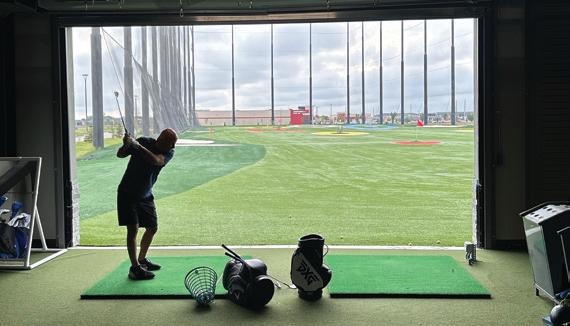

Suite Shots prides itself on blending classic instruction with cutting-edge tools. From the Puttview putting green to FullSwing simulators and Foresight GCQuad technology, students benefit from precise feedback that helps fine-tune their game. Club fittings are another growing specialty—pairing golfers with equipment that truly matches their swing.
And thanks to the facility’s design, players can experience full ball flight even in the dead of winter, something nearly impossible anywhere else in the region.

By Ben Lamb-Stieglitz, Custom Graphics
well-designed sign is one of the most important branding tools a business has. But like any investment, signage requires regular maintenance to continue looking sharp and performing reliably. Replacing a sign face—or worse, the entire sign—can be costly, which is why routine service and upkeep pay off in the long run.
What are the most important maintenance tasks for exterior signs?
A: Cleaning is number one. Dirt, dust, and grime build up on the inside and outside of sign faces, dimming the brightness of illuminated signs and giving them a dull appearance. A basic wash can often restore clarity and brightness immediately. Another key maintenance task is bulb replacement. Whether fluorescent, neon, or LED, light sources need to be checked regularly to ensure even illumination. A single burned-out bulb can distract from your brand image and make signage appear neglected.
How do colder temperatures affect signage?
A: Cold weather puts additional stress on both the sign structure and its lighting. Materials contract in low temperatures, which can lead to cracks, warping, or premature wear. Snow is another factor—while older neon lighting produced enough heat to melt light snow, today’s energy-efficient LEDs don’t. That means snow buildup can block visibility and may need to be physically removed. Regular winter inspections help catch small issues before they become expensive repairs.
What role do bugs and birds play in sign maintenance?
A: Bugs are naturally drawn to lighted signage, especially in the warmer months. Over time, they can clog vents, soil sign faces, or even damage internal components. Birds present another challenge. Certain styles of signage provide ledges or nesting areas, and droppings can stain, corrode, or block portions of the sign. Routine cleaning and the installation
of deterrents—such as bird spikes or netting—are smart strategies to extend sign life.
Do I need to maintain my EMC (Electronic Message Center)?
A: Yes. While EMCs are built for durability, they still require regular care. Dust, dirt, and moisture can build up on the display surface, affecting brightness and readability. Periodic cleaning with proper solutions keeps the screen clear and vibrant. It’s also important to keep ventilation areas unobstructed to avoid overheating, and to check software and content settings to ensure smooth operation. Regular inspections by a service technician can extend the life of your EMC and prevent costly downtime.
Why is proactive service more costeffective than waiting for problems?
A: Signage is one of the first impressions a customer has of your business. A dim, dirty, or partially functioning sign communicates neglect. Proactive maintenance not only preserves brand image but also reduces long-term costs. For example, replacing a cracked face panel or repairing internal wiring can be significantly more expensive than regular cleaning and timely bulb changes.
Just like vehicles or HVAC systems, signs need ongoing service. Routine cleaning, seasonal inspections, and quick fixes keep signage looking fresh and performing reliably— protecting your investment while ensuring your business continues to shine.
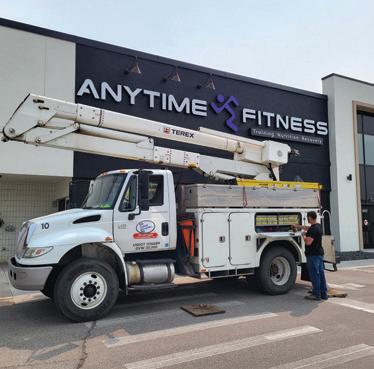
Spring
Refresh & Inspect


Defend Against Heat & Pests
Wash the sign faces inside and out to remove winter grime and salt.
Inspect for cracks, warping, or damage caused by cold weather.
Replace any dim or burned-out bulbs.
Check for moisture intrusion in cabinets or electrical components.
Fall Prep for Cold Weather
Do a deep clean before temperatures drop.
Replace aging bulbs—cold temps stress old components.
Seal gaps to prevent water intrusion that can freeze and expand.
Trim nearby trees or branches that may cause damage during storms.
Inspect for fading from UV exposure.
Clean out bug buildup around vents and inside cabinets.
Look for bird nests or droppings that can stain or corrode.
Ensure cooling systems or vents are clear for illuminated signs.
Winter
Monitor & Maintain
Remove snow and ice buildup blocking visibility.
Inspect regularly for cracks from material contraction.
Clear off LED-lit signs since they don’t produce enough heat to melt snow.
Watch for flickering lights, which may worsen in cold temps.

By Ryan Babb, Director of

Video Services,
our event is a unique opportunity to connect with your audience, and every detail matters. With multiple presenters, dynamic visuals, and a live crowd, how do you ensure that your message is delivered clearly and professionally?
At Livewire, our Video Technical Directors are the solution. They are the strategic leaders who expertly manage every technical element, providing a polished production.
In high-energy live event environments like concerts and dynamic keynote presentations, simply having a single camera pointed at the action isn't enough: you need someone who can confidently call the shots!
That's precisely what we do at Livewire. We are at the helm, calling every camera angle, every audio cue, and every graphic transition, ensuring that the entire production is perfectly timed and executed.
Our role extends beyond recording; we are masters of real-time

storytelling. We anticipate the flow of the event, predicting who will speak next, coordinating with our camera operators to capture the most impactful shots, and transitioning between wide-angle views, closeups, and on-screen presentations. This isn't just about documenting an event; it's about actively directing the narrative as it unfolds, ensuring your audience remains engaged and connected to every crucial moment.
Live events, by their very nature, can be unpredictable. Presenters might deviate from their script, the weather might interfere with travel plans, creating a need for a virtual presentation, or a presenter’s slide deck might throw an error.
This is where the value of a Livewire Technical Director becomes indispensable. We are constantly monitoring every aspect of the production, ready to troubleshoot, adapt, and make split-second decisions to ensure flawless execution. Our goal is to guarantee that the show goes on without a hitch, no matter what surprises
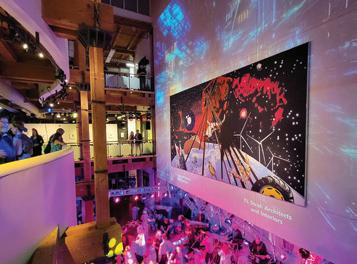

emerge. This proactive approach provides peace of mind, allowing you, the event organizer, to focus on your content and your audience, rather than getting bogged down in technical worries.
Furthermore, we are adept at managing multiple media sources simultaneously. From pre-recorded video segments and intricate graphical overlays to live camera feeds and even remote speaker integrations, we can expertly switch and blend these elements. This creates a dynamic and polished presentation that holds the audience's attention from start to finish. By handling all these technical elements we deliver a high-quality final product that is clean, professional, and ready for immediate use, whether for live streaming to a global audience or for post-event distribution.
Partnering with a Livewire Video Technical Director means investing in the success of your important events. When your big event day arrives, you can trust us to deliver!
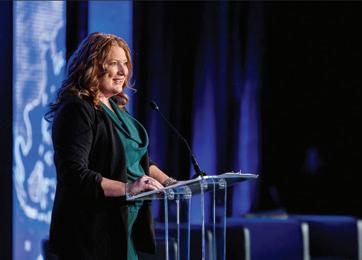


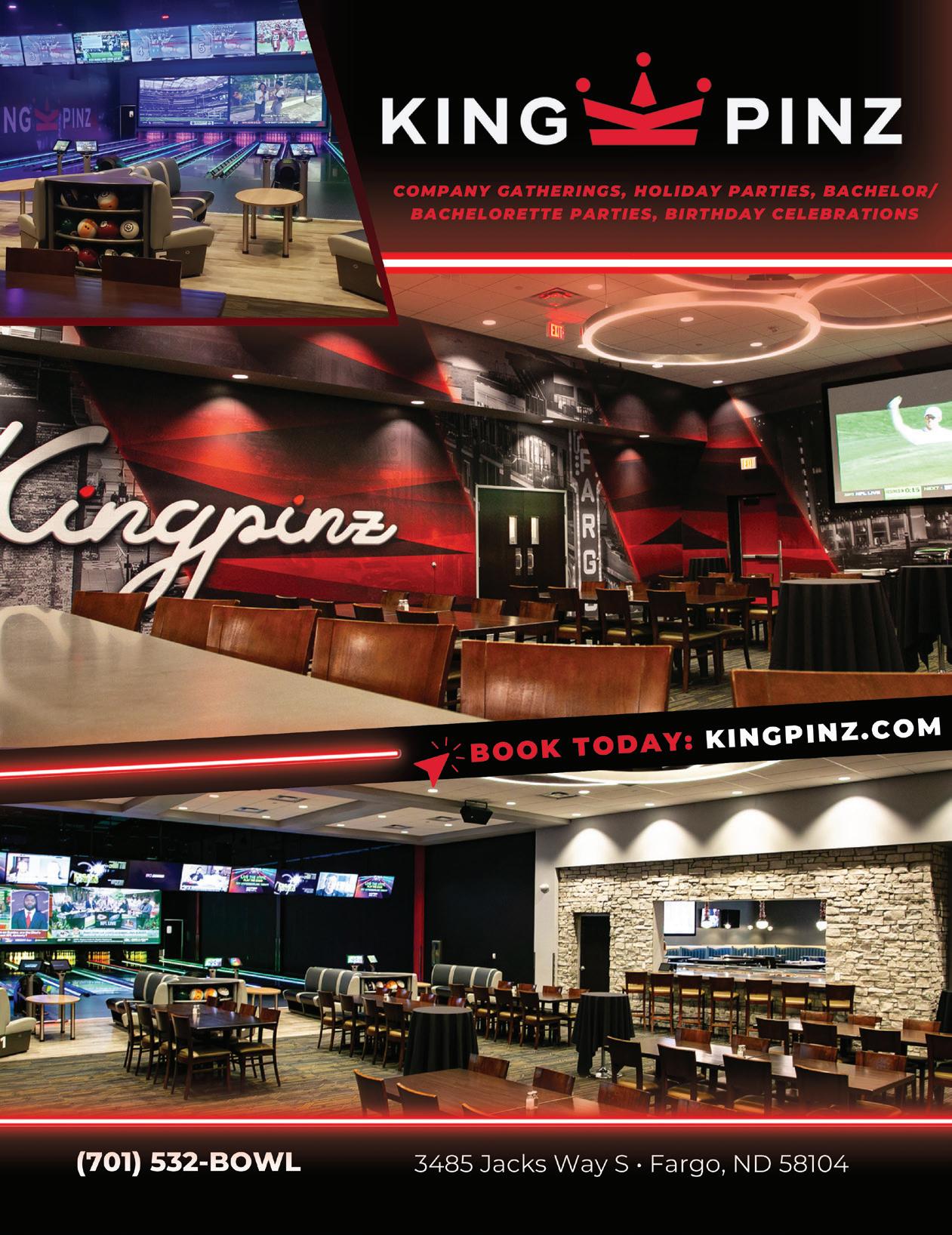
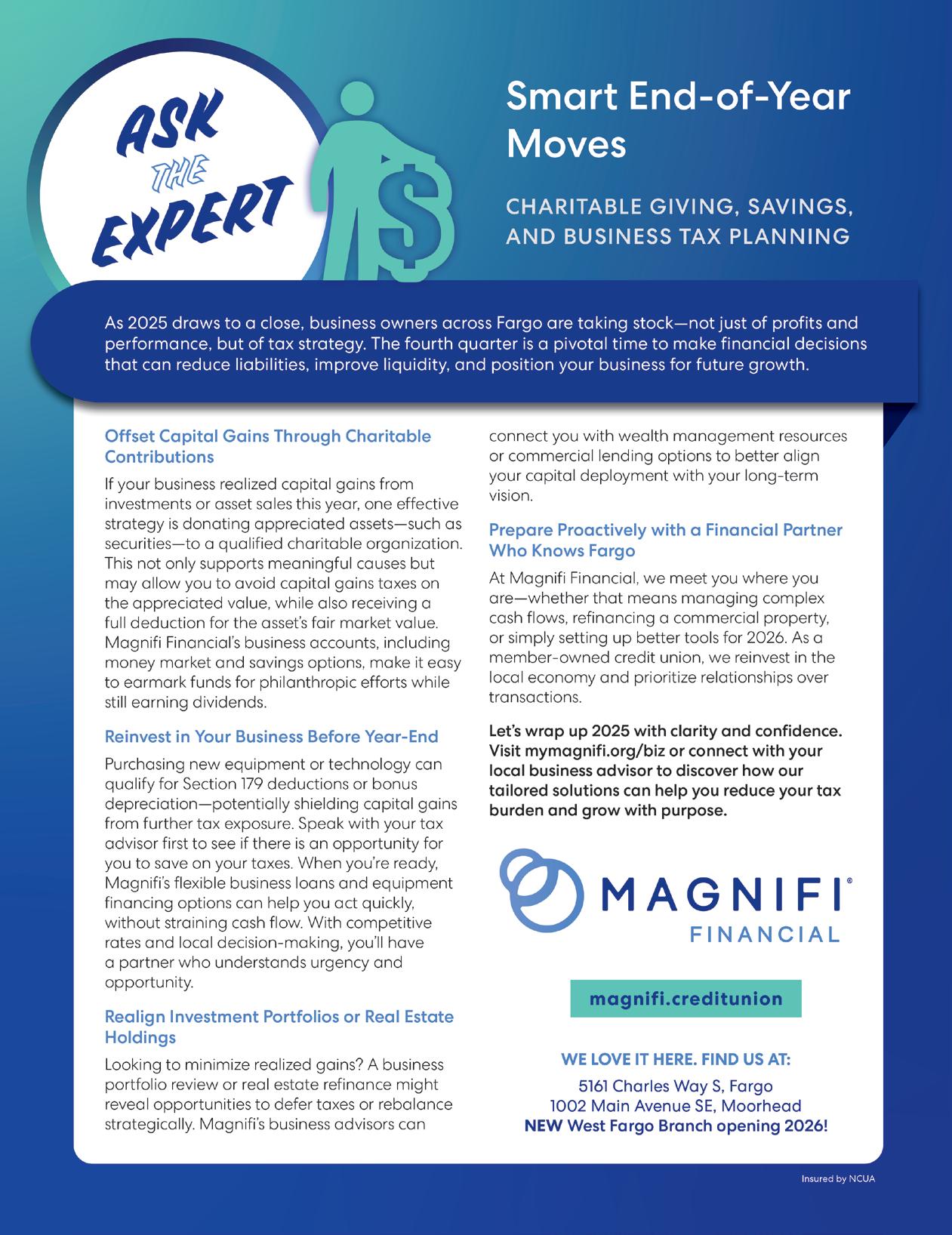

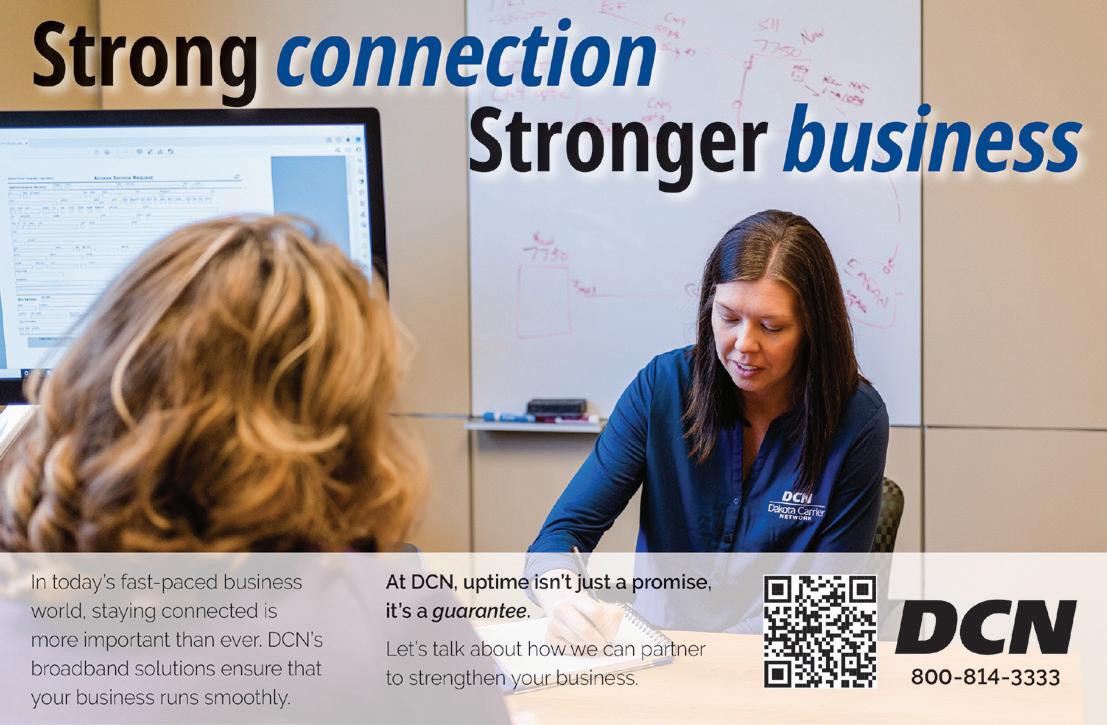

By Brady Drake
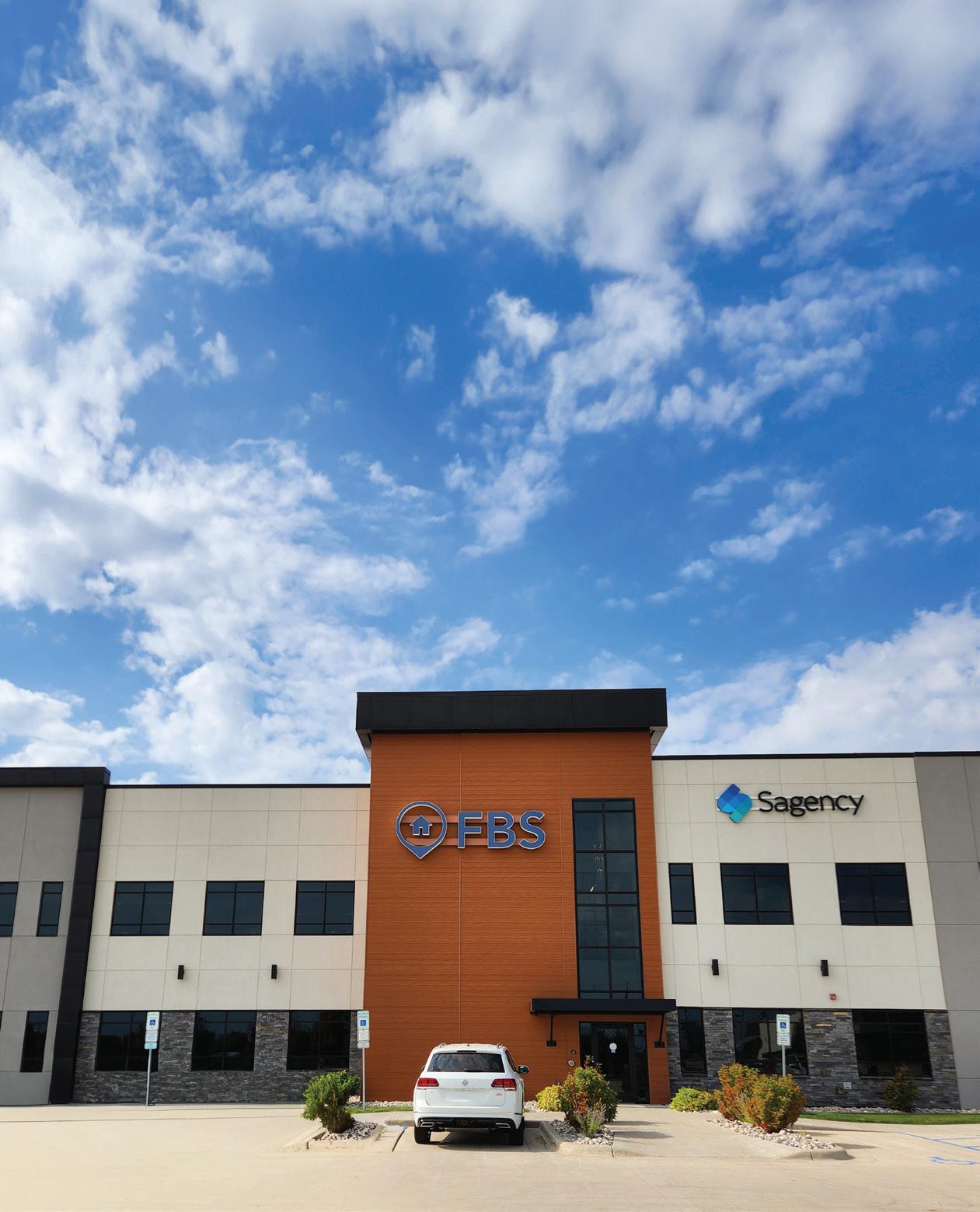
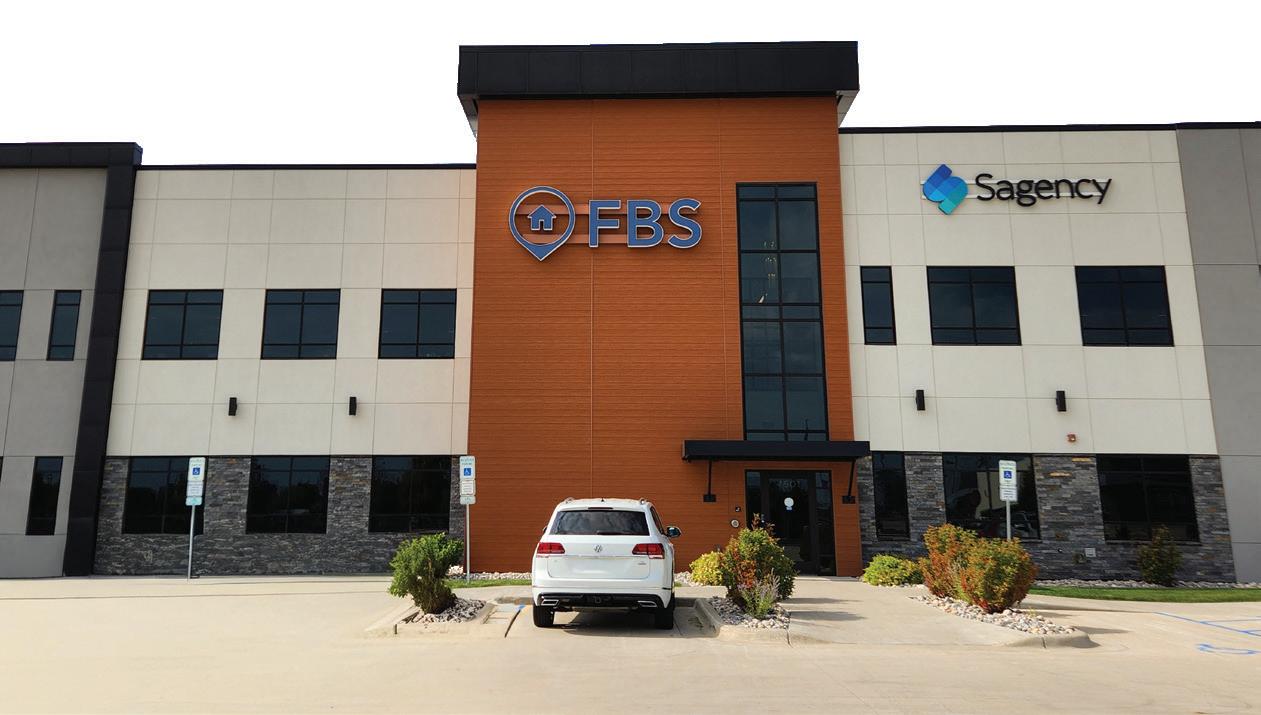
hen you walk into FBS’s Fargo headquarters, it’s immediately clear you’re not in an ordinary tech company. The atmosphere feels less like a traditional software firm and more like a collaborative workshop of entrepreneurs. That’s no accident—FBS, the nation’s second-largest provider of Multiple Listing Service (MLS) software, is 100% employee-owned.
“We say we create owners in two ways — employee owners and homeowners,” CEO Michael Wurzer said.
That dual mission of empowering its people while helping millions of families buy and sell homes has guided FBS since its earliest days. Founded in 1978 by Wurzer’s father, the company started as a small custom software shop before pioneering MLS automation in the late 20th century. Today, through its flagship product Flexmls, FBS serves 158 MLS organizations and more than 335,000 real estate professionals across the United States and beyond.

To understand what FBS does, you first need to understand MLS. Short for Multiple Listing Service, MLS is the cooperative backbone of the housing market. Competing brokers and agents agree to share property data, creating a single source of truth for what’s on the market. Without it, homebuyers would be forced to visit each brokerage individually to know what’s available.
If you’ve ever browsed listings on Zillow, Realtor.com, or a local brokerage’s website, the underlying data almost certainly originated in an MLS. “MLS makes the market work,” Wurzer said. “Wherever the real estate market is, there’s an MLS behind it, ensuring information flows to buyers and sellers and that it’s trustworthy.”

FBS’s role is to provide the software that powers those MLS organizations. And what makes Flexmls stand out is its ability to adapt to the quirks of different markets. As Kendra O’Brien, FBS’s VP of Customer Experience (and a member of the company’s board), explained:
“Real estate is local. Every market has something unique—whether it’s wildfire-specific rentals in California, horse property features in Kentucky, or mile markers in the Florida Keys. Our software is flexible enough to support those needs while still maintaining national data standards.”
That flexibility, paired with deep, decades-long relationships with MLS partners, is what O’Brien sees as the company’s edge.
“Our clients trust us because we’ve been there for them consistently, sometimes across generations of leadership,” she said.

provided by FBS
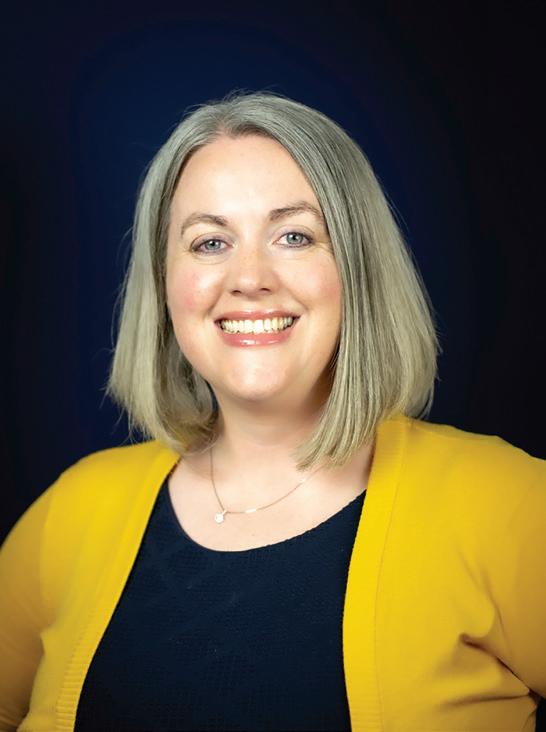

But how does FBS know what local needs matter most? The answer is deceptively simple: relationships and relentless listening.
“Thousands of emails, surveys, user research — it’s a constant dialogue,” O’Brien said. FBS maintains an active user research program, engages with thousands of volunteer testers, and hosts an annual FBS Summit in Fargo, drawing customers from across the country.
The event is less about showcasing software and more about listening. Customers share feedback directly with engineers and executives, influencing the product roadmap. It’s an intentional process that balances openness with discipline.
“You can’t just chase every shiny new thing,” Wurzer said. “The pace of change, especially with AI, is overwhelming. Our job is to separate the signal from the noise, to bring in customer input but also apply judgment about what will really move the needle.”
This philosophy is rooted in hard-won lessons. Early on, FBS leaned so heavily into customer customization that systems became fragmented, creating headaches for future data sharing.
“We probably listened too closely and didn’t guide strongly enough toward standards,” Wurzer said. That experience helped drive his leadership role with the Real Estate Standards Organization, where he advocates for consistent, nationwide data models.
When I asked why MLS platforms feel different from market to market, O’Brien said: “Real estate is local."
Because of this, Flexmls has to be elastic enough to respect what matters in each community while keeping a consistent data backbone.
During California wildfires, for example, an MLS needed a wildfire-displacement rental category so families could quickly find temporary housing. In Florida’s Keys, a mile-marker field is essential because geography is literally organized around one road. In Kentucky and parts of Florida, horse-property attributes—heated barns, arena
access, and more—aren’t niceto-haves; they’re the search.
AI is the latest tidal force.
That doesn't mean they're not embracing AI. Currently, FBS is shipping tools that let agents query MLS data conversationally—“tell me about this neighborhood; run a market analysis."
That discipline comes from the infrastructure choices FBS made years ago. “We were early with APIs,” O’Brien said. When the iPhone landed in 2007–08, FBS was ready—exposing capabilities as services and building for mobile from the start. That long-running API strategy now underpins modern apps, partner integrations, and AI-powered workflows.


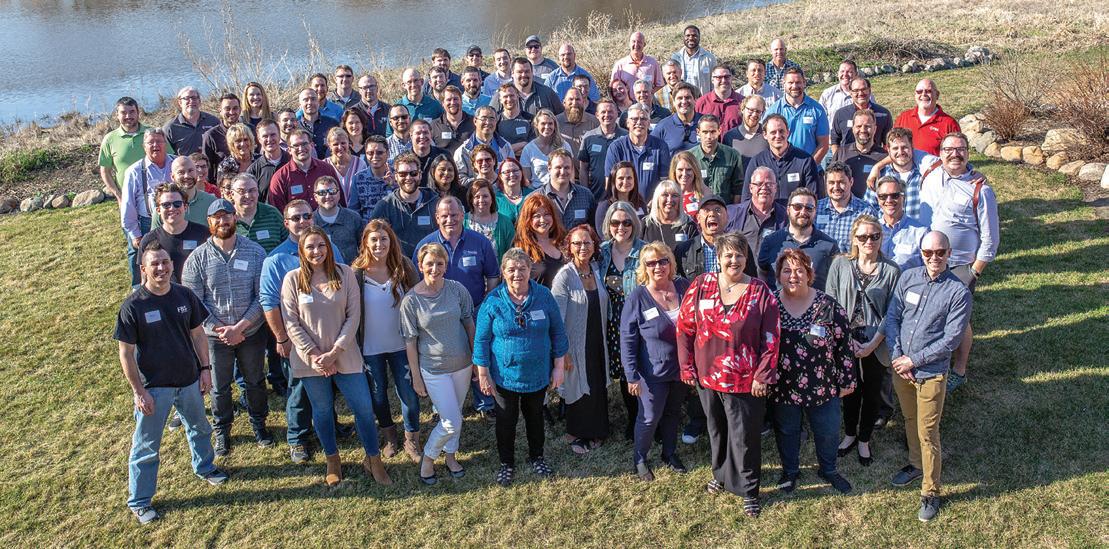
prepared me for the next step,” she said.

FBS has been 100% employeeowned since 2005, and you can feel it in the way decisions get made.
“Customers know they’re talking to an owner,” Wurzer said. The company’s core values—Respect, Freedom, Opportunity—translate into day-to-day autonomy with accountability.
“Give people the framework and the freedom,” Wurzer said. “They won’t always make perfect decisions, but they’ll grow, and that’s the point.”
Ownership shows up structurally, too. FBS’s board includes internal directors, and some of those seats are elected by employees—another way to surface voices and grow leaders. O’Brien served a board term before moving into an executive role. “Having a seat at that table
Why stay in Fargo? For Wurzer, it’s personal and cultural. He grew up here; so did the company. And while FBS has long been distributed (roughly half the team works remotely), the Fargo office remains a hub for collaboration, customers, and those annual gatherings. On a typical day about 20 people are in the office; roughly 70–75 are local and have the choice to work onsite or remote. The policy matches the values: respect how people do their best work, and judge by outcomes.
on the web—years before that was a proven move. They built what became Flexmls, lost sleep, and a few customers, and kept going.
The financial crisis of 2007–08 posed a different test. Agent counts dropped nationwide (FBS gets paid per member per month), but the company had just won Arizona Regional MLS—a massive cut-over that instantly expanded FBS’s user base by about 40%. The onboarding was grueling; call volumes spiked; servers strained. But the result was a stabilizing surge, the start of a long arc of steady, compounding growth.
The company’s lowest valley came just after Wurzer became CEO in 1997, when the web was still a bet. FBS had to leap from legacy platforms to enterprise software
“Retention is everything,” O’Brien said. FBS points to a near-perfect customer-retention record over decades, and today serves 158 MLSs and ~335,000 agents with ~135 employees—numbers that have continued trending up.

O’Brien has been at FBS 19 years— she started in technical writing and grew with the company. The through-line of her leadership philosophy is talent. “Whether you make an excellent hire or a poor hire, you’ll feel the consequences for years,” she said. That's why her rule is to wait for the right person rather than talk yourself into a maybe. In interviews, she ditches scripts and aims for real conversation. Her favorite question:

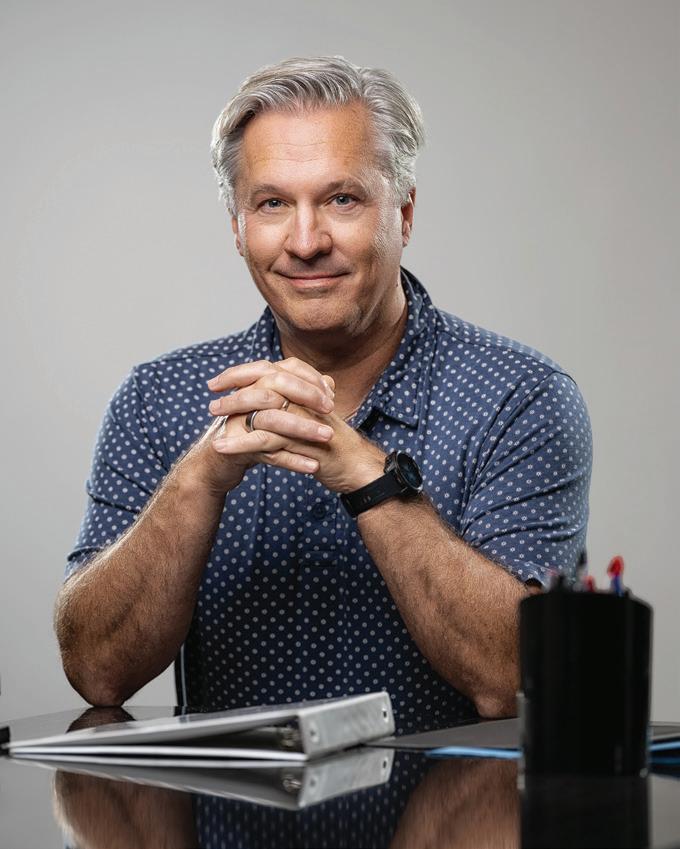
“What would you change about your current or most recent position, if you could?”
The answer reveals whether a candidate brings blame or ownership, complaint or problem-solving.

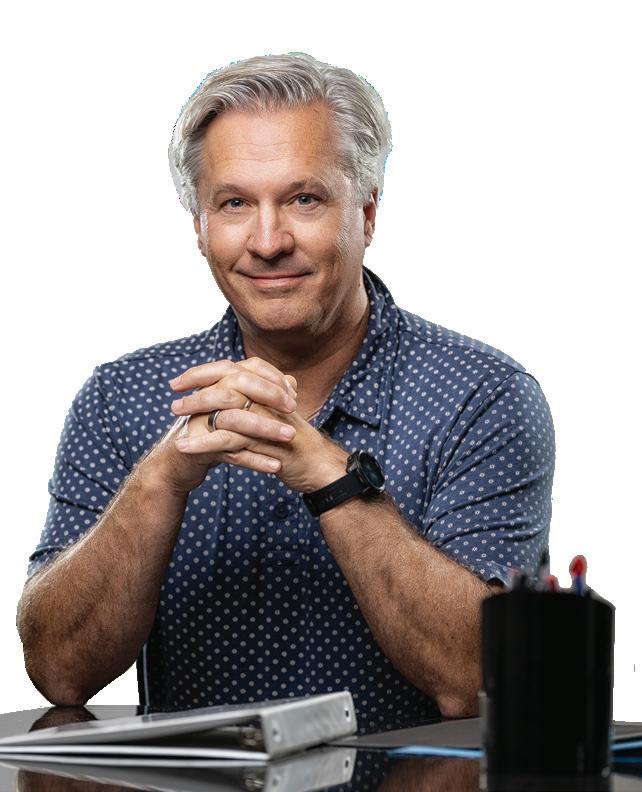
interest.” Second, systems: growth requires clear playbooks so new teammates can learn fast and act confidently.
Asked what he’s learned most in 28 years as CEO, Wurzer points to two things. First, empowerment: “Give people the opportunity to make decisions in the customer’s best
And his advice to founders and operators? “Have fun,” he said. The work matters—homeownership is the largest financial asset most Americans will ever own—but joy fuels resilience. O’Brien adds a complementary lens from Radical Candor: “Care personally and challenge directly.” In an ownership culture, trust gives you permission to debate hard things and still leave the room as teammates.
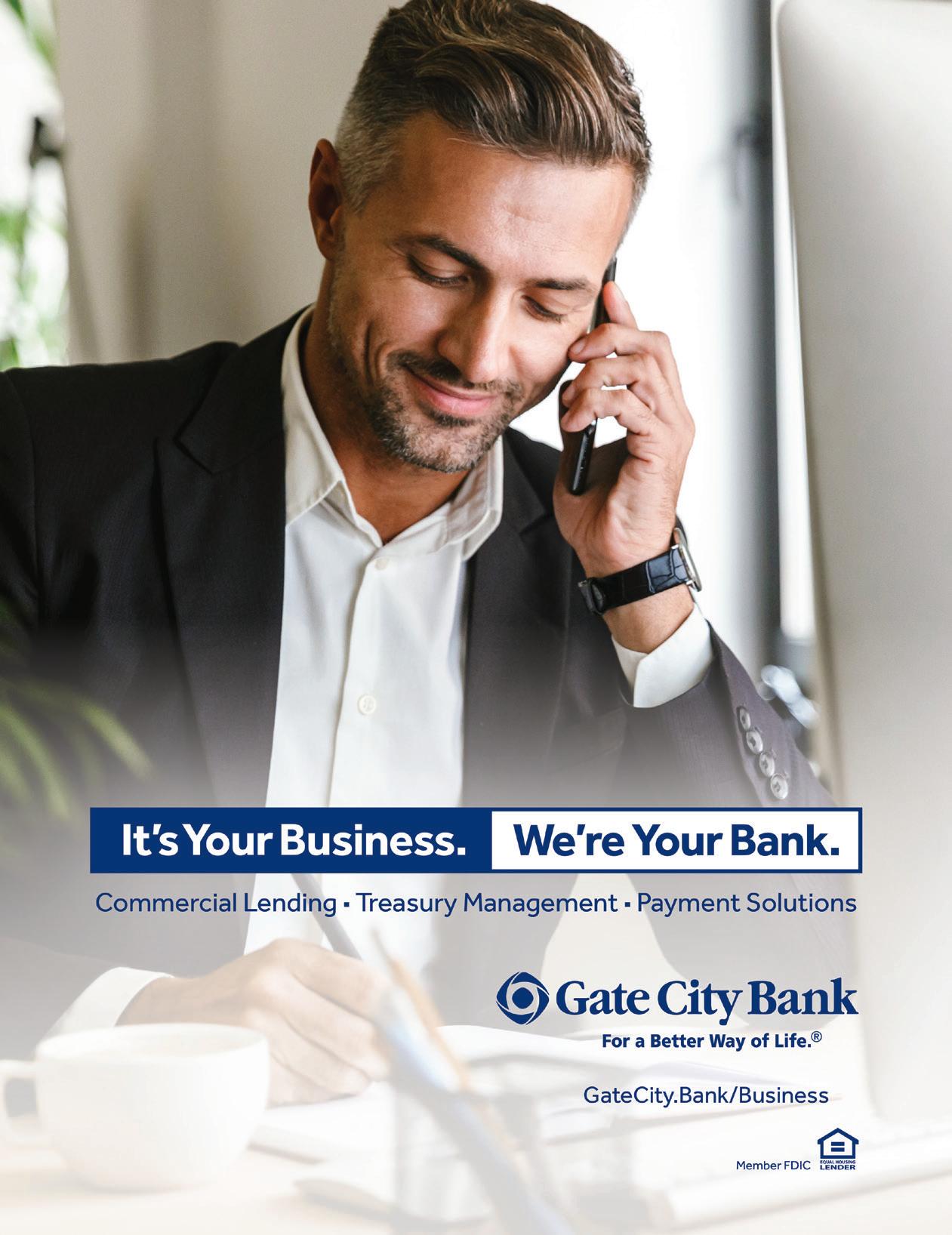




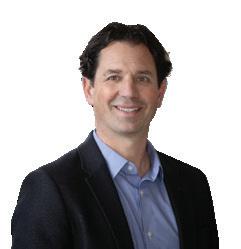
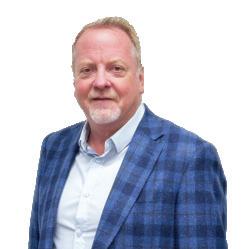
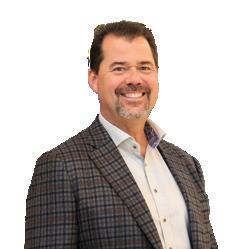


Commercial real estate is always evolving, shaped by shifting market trends, new developments, and the vision of those investing in our communities.
From office spaces and retail centers to industrial properties and mixed-use projects, the landscape reflects both economic momentum and the changing ways people live and work. As our region continues to grow, so too do the opportunities and challenges in commercial real estate.



Q: WHAT’S YOUR COMPANY’S DEVELOPMENT PHILOSOPHY?
A: Kilbourne Group believes vibrant neighborhoods are the foundation of strong, healthy cities. We approach every project with a commitment to thoughtful design that balances walkability with the realities of car travel, always keeping quality of life at the center of our work.
HOW DO YOU
A: Much of our work has centered on transforming surface parking lots into mixed-use infill developments. For us, smart design means honoring architectural history, fostering local culture, and integrating contemporary design in ways that strengthen the downtown core.
Q: WHAT’S NEXT FOR DOWNTOWN FARGO IN YOUR EYES?
A: Downtown Fargo is one of the city’s greatest assets—for residents and visitors alike. We see tremendous opportunity to continue growing its housing and business options in all directions, and we are excited about the future vibrancy that lies ahead.
Q: WHICH PAST OR CURRENT PROJECT BEST
REPRESENTS YOUR COMPANY’S VISION?
A: RDO Tower and Broadway Square embody our vision of community-driven development. After more than four decades as a surface parking lot, the RDO Tower now rises 18 stories and provides ground-floor retail, dining, hotel space, offices, and residential condos. Paired with the year-round public gathering space of Broadway Square, these projects showcase how mixed-use infill can create a vibrant neighborhood when the city, developers, and community collaborate.
Q: HOW DO YOU MEASURE THE SUCCESS
A: Success is when a once-empty space becomes a thriving, 18hour hub of activity. Housing, dining, retail, and entertainment all add layers of energy that turn projects into lasting assets for the neighborhood.
A: In Fargo and peer cities, there is strong demand for housing that emphasizes vibrancy and walkability. Mixed-use developments that combine residential and commercial space are increasingly valued by city leaders as a way to retain residents and attract a talented workforce. This demand continues to drive development across the region.
Q: HOW DO YOU ENSURE YOUR PROJECTS FIT THE CULTURE AND FABRIC OF THE NEIGHBORHOOD?
A: We begin each project by listening—seeking to understand the community’s vision for its future. Through careful planning and open dialogue, we create developments that complement existing culture while contributing to the long-term vitality of the neighborhood.
A: Partnerships with the City of Fargo have been essential in transforming surface lots into vibrant mixed-use spaces. By combining innovative design with strategic planning, public–private collaboration helps make these ambitious projects possible.
A: We believe a project succeeds when the community wants it to succeed. That’s why engagement is central to our process. For example, with The Avery, we collaborated with neighbors, North Dakota State University, the City of Fargo, and the Fargo-Moorhead Community Theatre to create a dynamic development that reflects and supports the aspirations of the neighborhood.
The Avery is a major infill project on the 600 block of NP Avenue that pairs about 168 new apartments with a city-owned parking ramp (roughly 470 stalls) and a modern home for FMCT (around 400 seats), all led by Kilbourne Group in partnership with the city. Named for the historic Avery Tractor Company once on the site, the block is designed to boost downtown’s live-workplay core—adding housing, cultural space, and parkonce convenience.
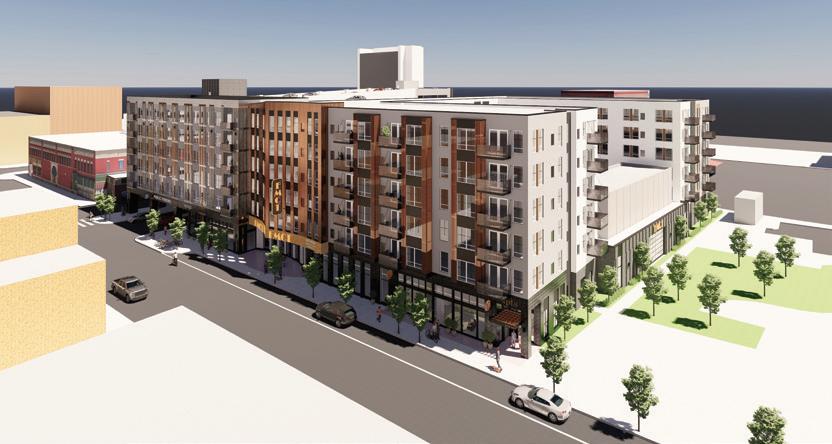


Groundbreaking was May 1, 2024, and the sixstory ramp—now largely up—anchors the phased buildout of the residences and theater. More district move than single building, The Avery aims to keep downtown Fargo vibrant, walkable, and growing.

A: We believe a project succeeds when the community wants it to succeed. That’s why engagement is central to our process. For example, with The Avery, we collaborated with neighbors, North Dakota State University, the City of Fargo, and the FargoMoorhead Community Theatre to create a dynamic development that reflects and supports the aspirations of the neighborhood.
A: Through Centric Management, our property management arm, we

regularly gather feedback from residents. Lately, we’ve seen a shift toward people wanting to live independently while staying closely connected to an active community. Many value being near downtown Fargo’s entertainment, dining, and wellness options, where everything they need is just a short walk from home.
A: Kilbourne Group is a small but passionate team of just over 30 people. From property management to construction to development, every team member is driven by the same purpose: creating welcoming spaces for people and businesses alike. Our collaborative spirit and shared passion for service fuel everything we do.


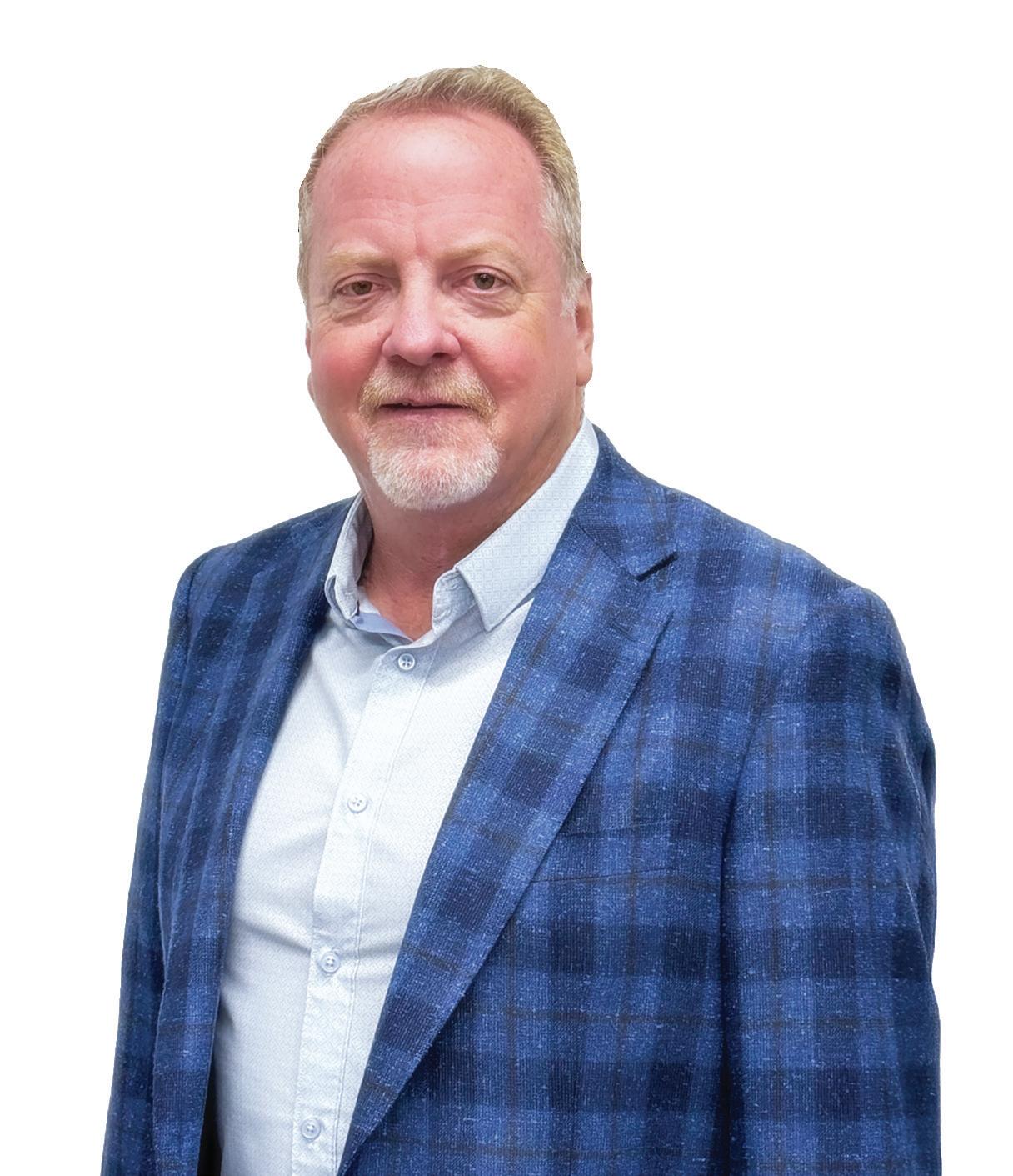

A: First and foremost, it’s to do projects that make sense and impact the community. We’re not just doing projects to do projects anymore—we haven’t for a long time. I’m really into what the numbers look like at the end of the day and how feasible the project is, not just doing a development.
A: It’s fun to do projects like in Osgood, where we donated land for a golf course and ended up with an awesome community. Osgood was 30 people back in the day, and now it’s several thousand. Adding things like Kingpinz and Suite Shots in Timber Creek—new lifestyle opportunities so people can stay here. It’s fun to be involved in projects like that, and in new land developments to create housing opportunities.
A: We’ve still got quite a bit of commercial development going on, though it ebbs and flows. We’re currently doing our first active-living facility on 40th Avenue South and 45th Street, next to Living Waters Church. It'll have pickleball courts, a sauna, a hot tub, a theater, and
a library. It’s kind of a combination between a hotel and an apartment, with underground parking.
It’s our first foray into that market. We’ve been doing a lot of storage facilities around the country and opened one on 52nd Avenue last year.
SpringHill Suites—opened in February, and we’ve probably already got an addition coming this spring. We recently held a groundbreaking ceremony for a large corporate headquarters for another company. I’ve got several other projects I probably can’t mention, but lots of things in the works.
A: Multifamily right now doesn’t make financial sense for us to develop. This is a whole different market and price point—and it’s changing things up rather than doing what everyone else is doing. We typically migrate to what makes financial sense, like I said earlier— not just do something because that’s all you know how to do.
A: The cost of development versus what you get for rent. The rent isn’t high enough to support the development cost, and higher interest rates don’t help. Both the project cost and rates impact what we do. Right now, we’re doing more things where we have more control.
A: Yeah, and that’s a tough issue. You’ve also got to be able to afford the housing. That’s the misnomer— everyone wants affordable housing, but everything’s getting more expensive. There are vacancies in all sectors, but it’s about whether you can afford that model. New stuff is hard to build today with costs and rates. Bank rates coming down helps a lot.
A: I like to go back to Osgood—a well-rounded project with housing for different demographics. We start with more modern first-time homebuyer stuff, some multifamily, then second- and third-homeowner markets, and eventually up to highend homes. Add the golf course, Hornbacher’s, and retail support— it’s a whole community. That one is 900 acres. We’ve done a lot of developments, and that’s the one I’m most proud of because it has everything.
A: I’ve got 7 people who’ve been with me over 20 years. Taking good care of people and having a great core group makes life easier.
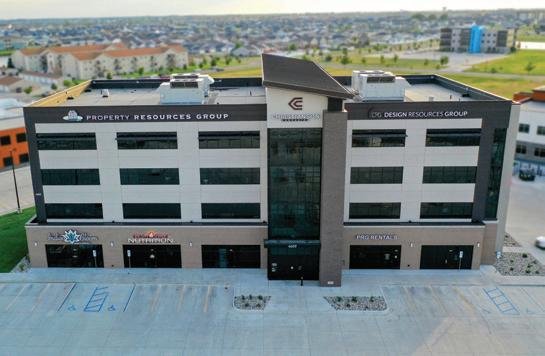
The Christianson Companies headquarters is also home to Property Resources Group, Design Resources Group, Spotlight Media, as well as other businesses.

Knowing everybody and being involved in some aspect of their life outside of work is good, too. We do a lot of fun stuff, not just work—it keeps the team together. Lead by example and be involved in everything we’re doing.
A: In 2007, when real estate was tanking, we recalibrated our approach to retaining staff. So I offered gym memberships with a coach for whoever wanted it. They go as a team—maybe three people from different parts of the office. We still do that. We started summer barbecues every Wednesday— Memorial Day to Labor Day. Groups from different parts of the office put together the menu and cook— fun for everyone. We do that once a week in summer, plus concerts and other events.
Q: YOU HAVE LOTS OF PROJECTS AROUND THE COUNTRY. WHAT EXCITES YOU MOST OUTSIDE THE FARGO AREA?
A: We’ve been doing stuff in Alaska— it’s kind of the last frontier. We’ve got projects in California and Alaska.
A: Car washes. We have one open that should be the number one in the whole system in the next year or so—it’s off to a really good start. A second is under construction. Logistically it’s interesting—makes it fun to do things differently than in the lower 48.
A: Everything’s going south and west. It’ll start going south and east more when the diversion is done. There’s a big greenfield that’ll open up in four years. That’s where I see opportunity—Fargo marching south.
Q: DO YOU HAVE A DREAM PROJECT—SOMETHING YOU’D LIKE TO DO BUT HAVEN’T HAD THE OPPORTUNITY?
A: We’ve got a fun one planned between 52nd and 64th Avenues on the west side of 45th Street, which includes Lake Fargo. The city is building a lake there now. We’re going to do an upper-end housing development—more like Osgood with a mix of housing. We have other proposals out and a good opportunity to expand retail to the south. That would catalyze the whole area—new, exciting projects. That’s a big one I’d like to get done.

MEET THE DEVELOPER
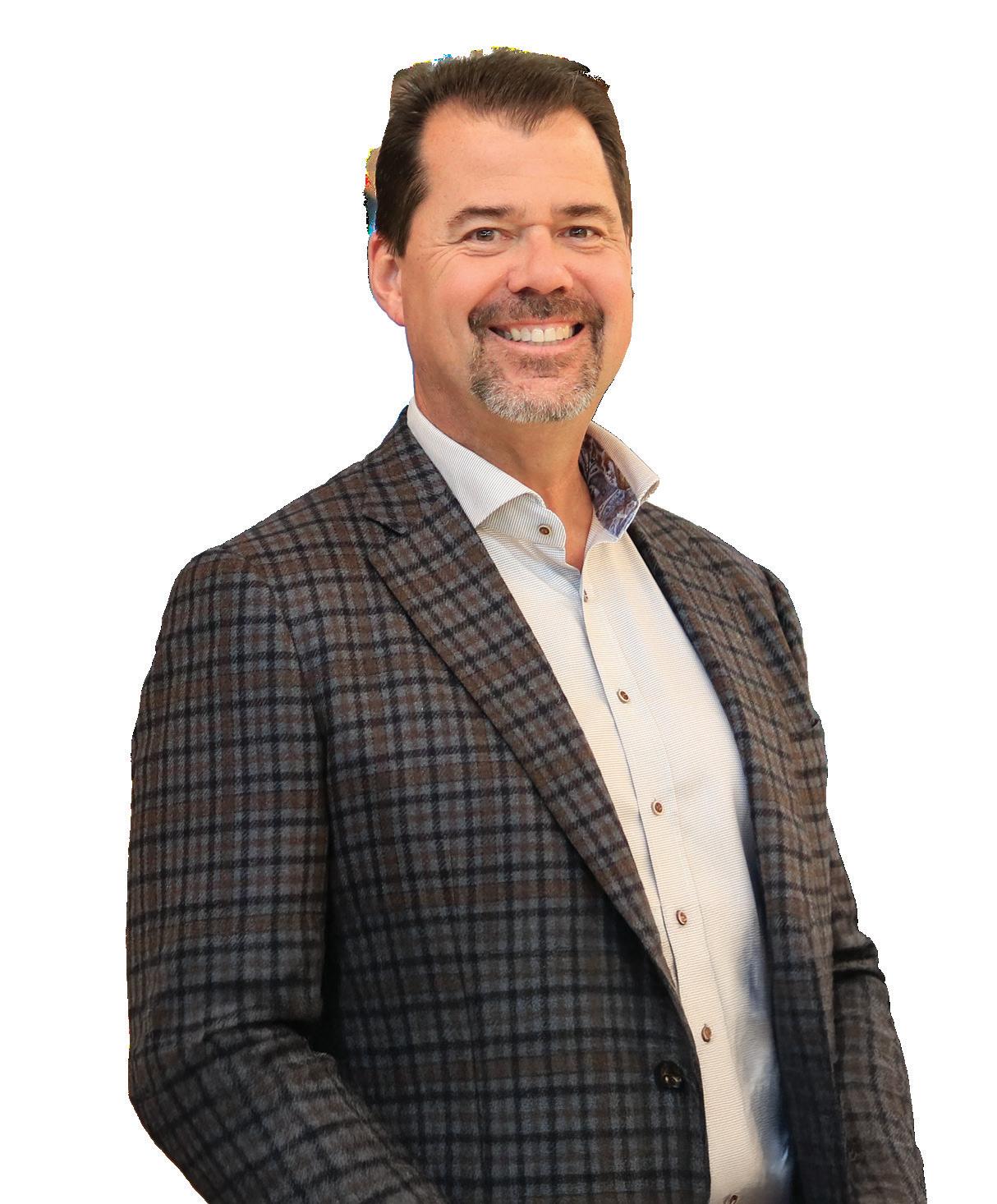
PRESIDENT/CEO @ EAGLERIDGE DEVELOPMENT


Q: WHAT’S YOUR COMPANY’S DEVELOPMENT PHILOSOPHY?
A: We believe in building the best products in the best locations. Full stop.
Q: HOW ARE YOU POSITIONING FOR THE NEXT DECADE OF GROWTH IN FARGO–MOORHEAD–
A: Large tracts of land can take years of work in the background before the first shovel hits the ground. At any given time, we are at various stages of the entitlement or design process required to move a development forward. We are excited about a number of new communities we are currently working on in south Fargo, which we think will be a great addition to the FM community. As these neighborhoods build out, we anticipate these areas seeing more commercial and multifamily growth as well.
Q: AS PRIMARILY A LAND/ COMMUNITY DEVELOPER, WHAT DO YOU LOOK FOR IN PARTNERS ON VERTICAL BUILDS?
A: We are not merchant builders. We plan on owning our buildings for a long time, which means that we don't cut corners and require the same level of attention to detail from all of our subcontractors. Additionally, we try and work with
homebuilders who share our construction philosophy to ensure that the build quality is consistent throughout the development.
YOUR
A: I would have to say EagleRidge Plaza. We are only about half done with the overall campus, but the office, retail, and residential components of this project really have no equal in the Fargo market.
A: I was raised in Fargo, and I raised my children here as well. Fargo is my home, and I can honestly say EagleRidge has never undertaken a residential subdivision or apartment community that we didn’t think would be an asset to the greater FM community. We want our projects to be places where our customers are proud to live. Making money is nice, but creating great projects is equally important.
A: The biggest change over the years has been the size of the space
commercial tenants are looking for. We used to plan professional offices between 5,000 and 8,000 square feet. Now our customers are looking for much smaller spaces— usually between 1,000 to 3,000 square feet. That has been a big adjustment in our construction and space planning.
A: New residential development almost always precedes commercial growth. It is pretty simple: more people living in an area leads to higher traffic counts. Most commercial businesses need traffic to be sustainable.
A: Well, right now, these are all areas of difficulty more than opportunity. EagleRidge is still building, though, and we have three new projects under construction in Fargo. We are big believers in the Fargo market and take a longer-term approach than most builders. Today, it’s difficult to see the value in new construction, but we build for our own portfolio and aren’t looking to sell our buildings anytime soon. We are of the belief that the prices we are paying for construction today will look like a good deal in a few years.

A: The Fargo metro area has done a tremendous job in preserving plenty of park open space and trail connectivity. We work hand in hand with the local park districts and cities as we design and build new neighborhoods to make sure we are adhering to their long-range master plans.
A: We believe that our customers are the best source of information as to how we are doing as a company. We regularly survey our customers with regard to things they like and things we can do better. We also ask for their feedback on their use of our community amenities and anticipated use of new amenities we are evaluating for our new projects.
A: Absolutely. Things that were a priority for our residents ten years
ago are oftentimes out of date or no longer a part of their decisionmaking process. Telephone jacks in all the bedrooms and having units that were cable-ready were a big deal when we started. Not so much these days. Garages are another feature we build less and less of as time goes on. Now, most of our parking is structured, which takes away the storage that residents used to have in their garages. Fitness centers, golf simulators, and similar amenities are now sought after by renters and have become vital to the success of new buildings.
A: Our team consists of various divisions, including construction, development, legal, property management, and maintenance, who all work together as one unit, a family. Together, and outside of our work environment, we truly like to hang out together—hunting, fishing, golfing, conversing over dinner or cocktails—it’s genuinely a friends and family culture. Those close connections create an environment for success.
Q: IF YOU COULD WAVE A MAGIC WAND AND ADD ONE PIECE OF INFRASTRUCTURE OR
A: This will come as no surprise to anyone from the city who knows me, but if I could have one piece of infrastructure, it would be an interchange at 76th Avenue South. With the diversion soon to be completed, that will be the next big area of Fargo to be developed.
A: I have always had an interest in real estate. I started my business career mowing lawns. One of my customers, Max Goldberg, had developed a large portion of south Fargo. I thought that was fascinating, and he was kind enough to spend quite a bit of time telling me about his work. I can be a slow learner, but apparently some of his advice must have stuck.
A: Without a doubt, our toughest challenge is to provide a great resident experience at a reasonable price. Costs have skyrocketed over the last few years, putting the initial construction costs out of reach for many developers. To
compound that challenge, our operating costs—taxes, insurance, and utilities have also risen dramatically. These increased costs have resulted in significantly higher rents. No one (including us) likes to raise rents, and the last few years we have had to make some pretty big increases. Many of our residents are on a fixed income, so this has been a challenge for all of us.
A: I mentioned it above, but I would have to say 76th

Avenue. That corridor links both the Davies and Horace High Schools and is the primary roadway from the Red River on the east across the entire metro area and over the diversion to the west. 76th Ave is a blank canvas and really has unlimited economic development potential.
A: Fargo has a great network of walking and biking trails, which I use on almost a daily basis. It is a great way to unwind after work and see what is going on in the community. You meet a lot of interesting people and a lot of nice dogs too.

MEET THE DEVELOPER
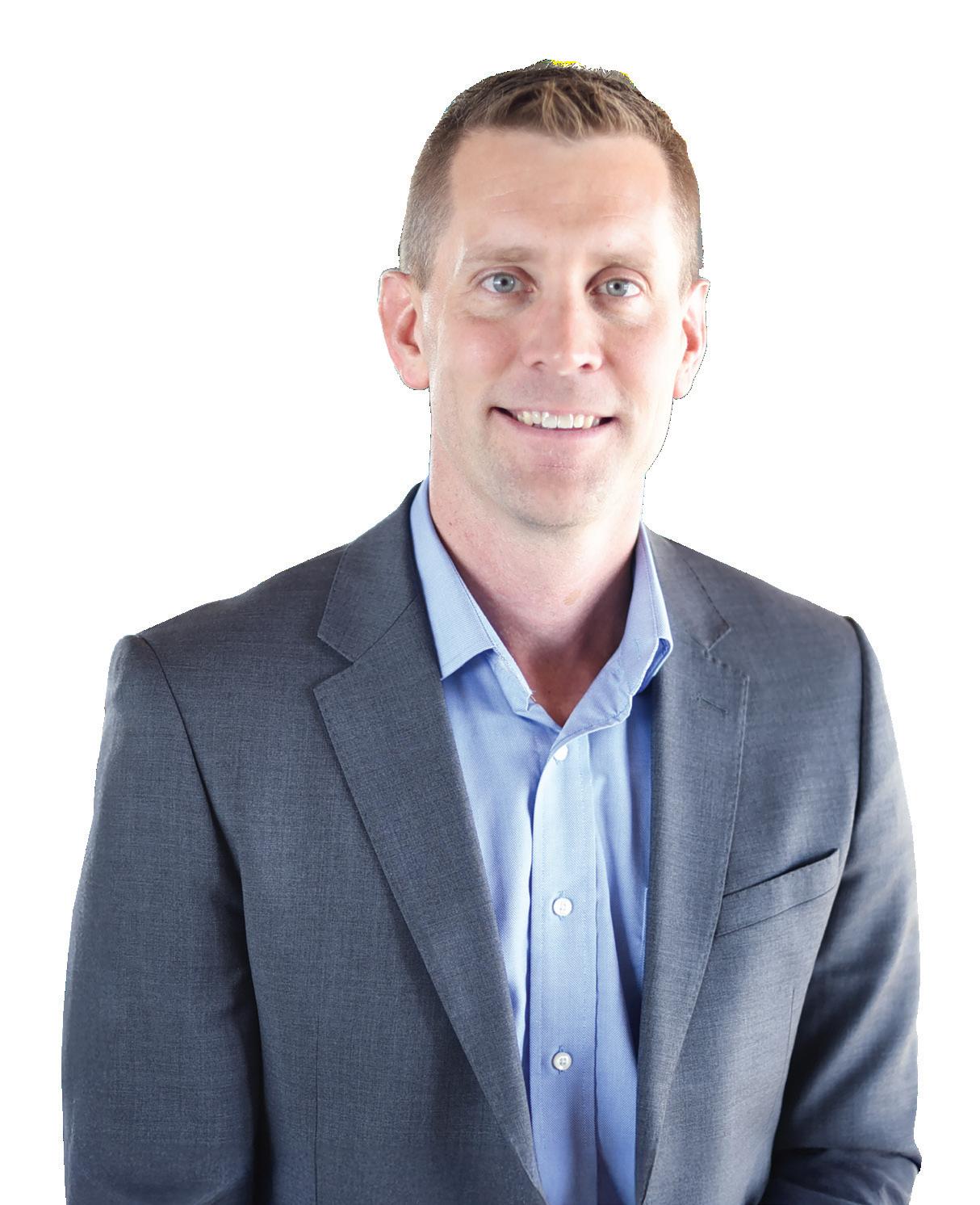
PRESIDENT AND MANAGING BROKER
@ GOLDMARK

A: An important distinction is that Goldmark Commercial does not own or directly develop property for our own team. Our role is to represent clients and third parties, ensuring there’s no conflict of interest between our advice and their goals. When assisting with thirdparty development, our philosophy is simple: add value in every interaction and help clients create projects that stand the test of time. We believe in making data-driven decisions, listening closely to our clients, and ensuring developments strengthen the neighborhoods they are in. For us, success means creating spaces where businesses can thrive and communities can grow.
A: The Fargo-Moorhead metro is on the cusp of entering a new period of transformation. With the FM Diversion nearing completion and return-to-work initiatives reshaping how businesses operate, the landscape is shifting. Industrial growth corridors are pushing south, north, and west; office users are redefining their space needs; and developers are positioning for long-dormant land at the metro’s edge for residential and mixed-use projects. At Goldmark Commercial, we’re positioning for this future by capturing and analyzing more market data than anyone else in the
region… perhaps even nationally. Our proprietary analytics allow us to advise clients, investors, and municipalities with precision, anticipate market shifts, and guide smarter long-term decisions. Just as importantly, we’ve built a culture of ultra-responsiveness and strong relationships, which we believe will be even more critical in a fastchanging, competitive market.
A: In office, tenants are downsizing square footage but demanding higher-quality, amenity-rich buildouts. In retail, tenants are focusing on either value or highercost, experience-driven spaces and service-oriented uses that draw consistent traffic. In industrial, tenants are seeking taller clear heights, more dock doors, improved logistics access, and larger yard spaces.
A: One project that represents our vision is our work with Packet Digital. Over the past five years, we’ve helped them expand from a modest headquarters into multiple facilities, including North Dakota’s first battery manufacturing plant. It reflects our ability to pair deep market data with responsive execution, guiding clients through each stage of growth and creating long-term value for both their business and the community.
YOU CAN LEARN MORE ABOUT OUR WORK HERE:

Q: HOW DO
MEASURE THE SUCCESS OF A PROJECT BEYOND
A: Our main questions are: Did it create long-term value for the client? Did it strengthen the surrounding community? Did it help shape future growth? A project is successful when it helps a business expand, creates jobs, or sparks further development in a corridor. Seeing a once-quiet area transform into an active, connected business hub is a huge reward in this business.
A: Office: Rightsizing rules the day. Companies are reducing square footage but upgrading space quality.
Retail: Experience-driven tenants are still winning, while service and medical users are backfilling traditional retail.
Mixed-Use: Demand continues around strong anchors, but some new developments are taking longer to fill retail space than owners would like.

A: Housing growth is almost always the precursor for commercial growth, at least in terms of retail and office. As rooftops expand, especially in south Fargo, West Fargo, and Horace, retail, services, and employment centers follow. We’re watching carefully where schools are built, because schools drive housing, and housing drives commercial.
A: Higher interest rates have definitely slowed some projects and development, but they’ve also created opportunities for creative deal structures. Construction costs remain elevated, so developers need solid underwriting and patient capital. Workforce availability is the wild card, as it directly affects which employers move or expand here. The good news is that Fargo’s workforce pipeline, with our universities and tech ecosystem, remains one of our strongest assets compared to many regional cities.
A: We listen to business owners, city leaders, and neighboring residents early in the process. Sometimes it’s as straightforward as parking concerns. Other times it’s about ensuring a development complements rather than competes with nearby uses. Those conversations save time and lead to projects that are welcomed, not resisted.
A: Our culture is built on collaboration, expertise, and responsiveness. We’ve assembled a team that includes backgrounds in architecture, law, lending, entrepreneurship, and brokerage. That diversity means we bring multiple perspectives to each project. Our culture is also intensely responsive, as clients know they’ll hear back quickly, and that builds trust.
A: If I could wave a magic wand, I would fast-track the I-29 interchange at 64th Avenue South. It would be a huge catalyst for development in a corridor already primed for growth with the Fargo Park Sports Center next door. I know many developers would also like to see adjustments to Fargo’s proposed Growth Plan, ensuring it aligns more closely with both developer realities and consumer demand.
A: I grew up on our family farm in South Dakota, where my parents eventually started a small real estate business focused on rural homes and ag land. After spending more than 15 years in a technology career, I was drawn to the way they built trust and helped people complete meaningful transactions right in their own backyard. Commercial real estate carries that same appeal. Working with a wide variety of businesses and developments is never dull, and it’s deeply rewarding to see a piece of land go from a blank canvas to a completed project

that serves a business and the community well.
Q: WHAT’S THE TOUGHEST CHALLENGE YOU’RE FACING IN THIS MARKET RIGHT NOW?
A: Balancing rising costs and tighter capital markets has made development more complex and harder to pencil for some. Deals take more creativity and more patience today. But those challenges also separate the serious, wellprepared players from the rest.
A: The easy answer is the Horace–Southwest Fargo corridor, given that is where the explosive growth has been in recent years. I’ll look out a bit farther, though, and say the northern metro of Fargo and West Fargo, and the western reaches of Moorhead, as areas to look out for. Over the next decade, I believe you’ll see transformative development in many of those areas, including residential, industrial, retail, and more.
A: The easy answer is the Horace–Southwest Fargo corridor, given that is where the explosive growth has been in recent years. I’ll look out a bit farther, though, and say the northern metro of Fargo and West Fargo, and the western reaches of Moorhead, as are
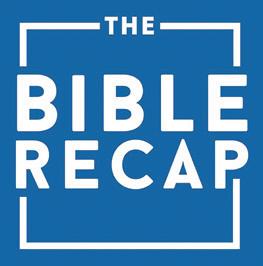
A: Over the past few years, I’ve built a deeper personal relationship with God through a daily study called The Bible Recap. It’s been a life-changing journey, and I enjoy sharing it in hopes of encouraging others to invest in their faith as well. For anyone seeking to grow closer to the Lord, I can’t recommend this amazing program enough.

By Brady Drake
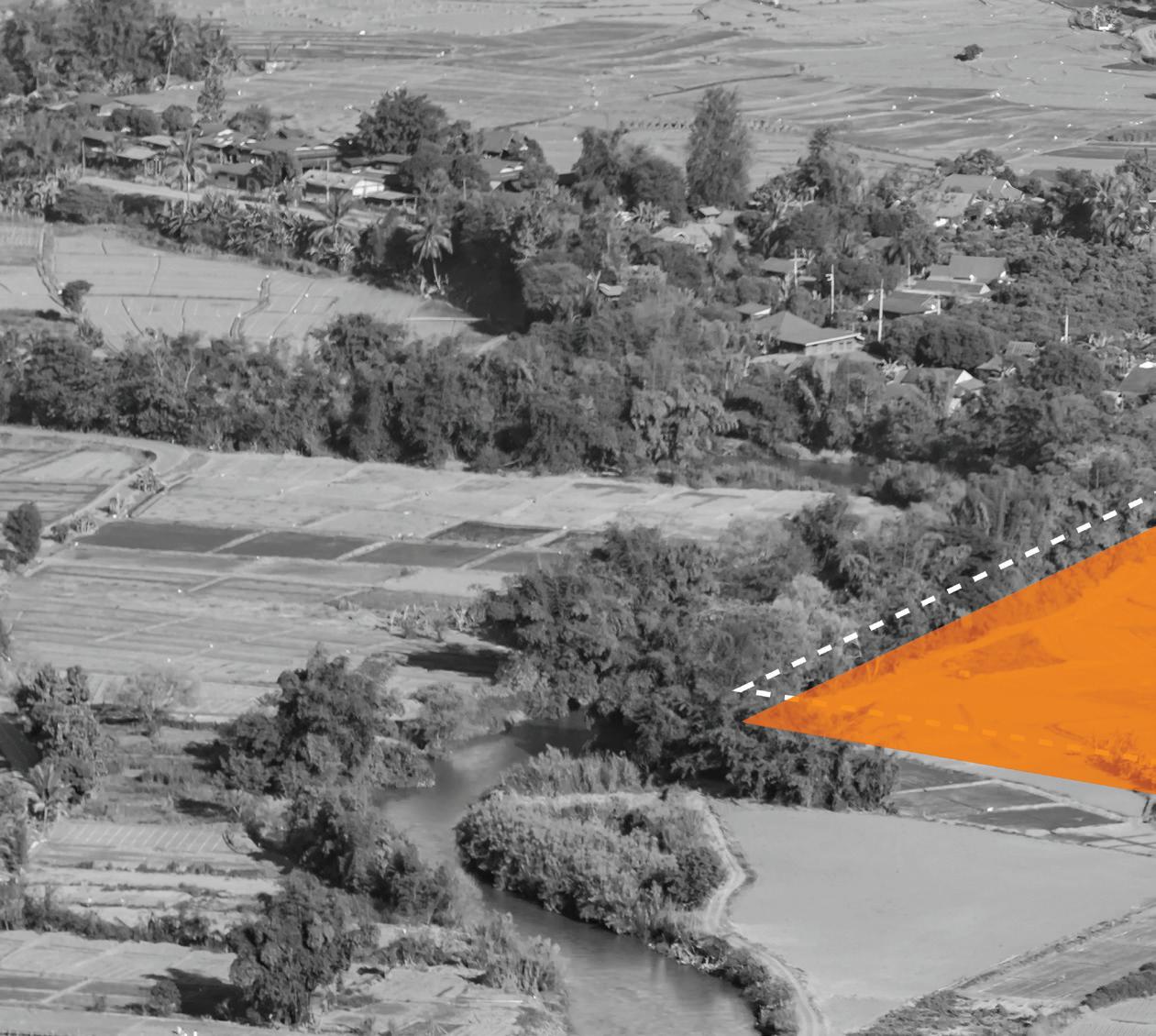

hen national and international companies look for a place to land their next big project, speed and certainty matter. For the Greater Fargo-Moorhead Economic Development Corporation (EDC), that’s where its Certified Sites Program—otherwise known as “document-ready sites” or "shovel-ready
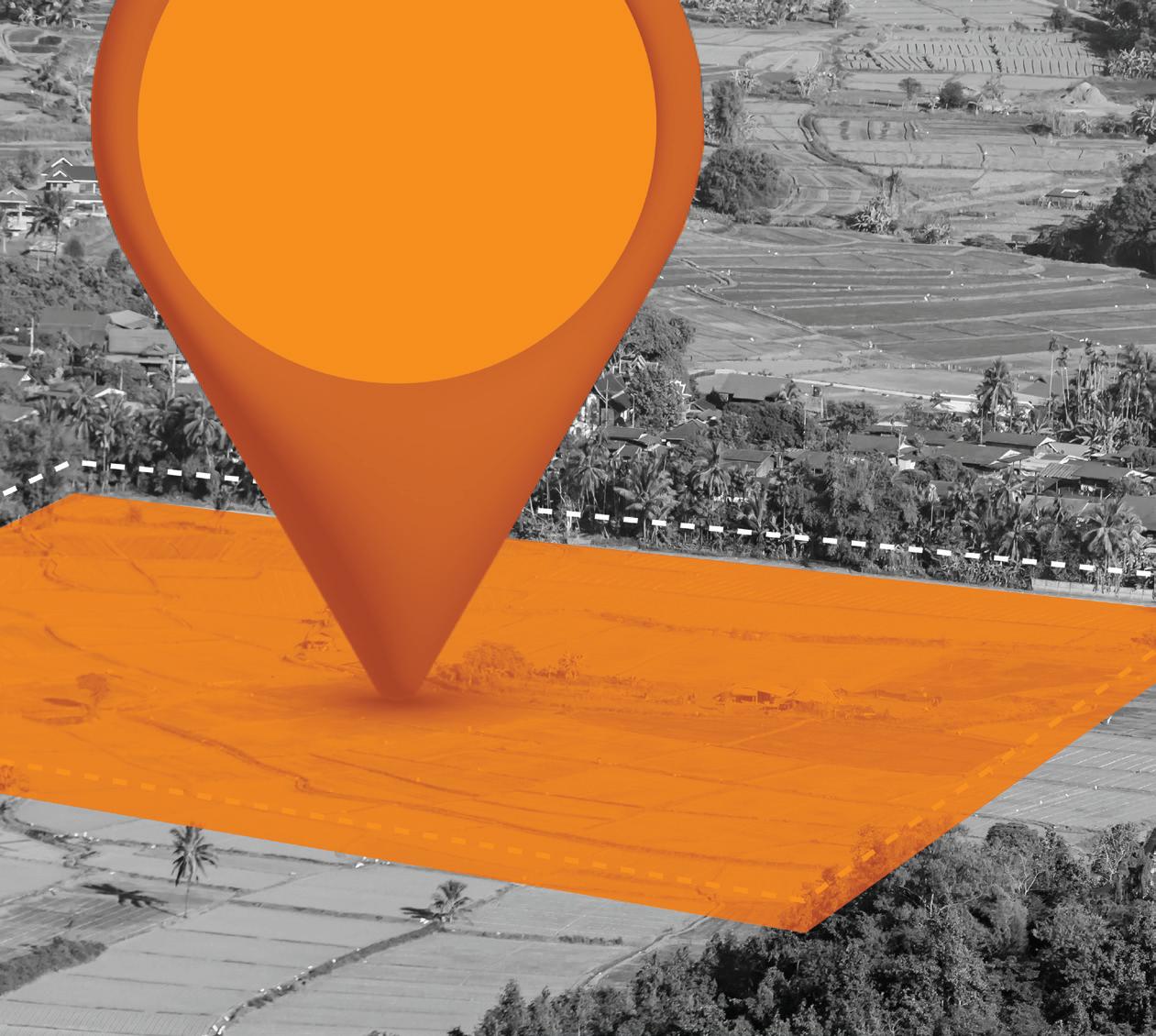

“Site selectors don’t want to waste time,” Ryan Aasheim, Chief Business Development Officer at the EDC, said. “If there’s missing information, they’ll move on to another location that has it. Even if our site is objectively better, if it takes too long to prove that, we may never get the chance to make the case.”
The EDC’s solution is to gather and maintain critical details about select development sites in the region. That means up-todate documentation on everything from environmental studies to utility capacity, topography, floodplain mapping, and geotechnical analysis. By having this work already done and verified by third-party consultants, Fargo-Moorhead can offer decision-makers clarity from day one.
» Speeds up decision-making for companies.
» Reduces risk by eliminating “unknowns.”
» Keeps Fargo-Moorhead competitive with larger markets.
The phrase “document-ready” may not sound as flashy as “shovel-ready,” but it’s deliberately chosen. Not every certified site is truly construction-ready—utilities may still need to be extended, or infrastructure work may be required. What matters most is that the due diligence is complete and there are no surprises lurking beneath the surface.
“It’s about eliminating uncertainty,” Aasheim said. “The goal is either to help us stay in the running for projects—or to quickly find out if we’re not a fit. Getting to ‘no’ quickly saves everyone time.”
That clarity can make the difference between landing on a shortlist or getting overlooked.
AASHEIM,
Chief Business Development Officer, GFMEDC


IT’S ABOUT BALANCE. WE PUT ENOUGH INFORMATION ONLINE TO DEMONSTRATE COMPETITIVENESS, BUT THE DEEPER DETAILS ARE SHARED ONLY ONCE A COMPANY ENGAGES WITH US DIRECTLY.”
As Aasheim put it, “It’s a lot like hiring. If a résumé doesn’t have the key information you’re looking for, it goes in the reject pile. Document-ready sites ensure we’re still in the stack when the final five are chosen.”
» Environmental and geotechnical studies
» Utility capacity (power, water, etc.)
» Topography & floodplain analysis
» Transportation access (interstate, rail)
The program’s foundation was laid in consultation with Phil Schneider, a respected site-selection consultant who had worked with Xcel Energy on its own certified sites program. The EDC adapted best practices, built criteria around what site selectors prioritize, and began reaching out to landowners

and developers willing to participate.
Since then, the portfolio has grown steadily. Today, the Fargo-Moorhead metro boasts five certified sites, with more in the pipeline. These sites are intended to rotate over time—projects will take some off the market, and new ones will be added.
Of course, what looks like “five” sites on paper can appear larger to the untrained eye. Visitors to the EDC’s website might see 30 listings, but those are subdivided parcels within the broader certified sites. Developers often break large tracts into smaller, marketable lots, while the EDC’s focus remains on maintaining options for bigger, transformational projects.
“From our perspective, you want to keep large sites intact, because some projects require all 50, 100, or even 200 acres,” Aasheim said. “But developers need flexibility, and that’s why you’ll see multiple parcels within a single certified site.”
Not all sites are created equal. What makes one location attractive for a data center might disqualify it for a manufacturing plant. That’s why the EDC’s documentation goes beyond land size and ownership.
“For some projects, it’s all about power capacity,” Aasheim said. “A data center, for example, may need access to major transmission infrastructure. For others, rail access is non-negotiable. If we don’t have a rail-served site available, they’ll move on to another market.”
The EDC’s Certified Sites tool makes this high-level information available online. But not every detail is public. Sensitive data—like utility rates or capacity specifics—requires confidentiality agreements and coordination with providers before it’s shared.
“It’s about balance,” Aasheim said. “We put enough information online to demonstrate competitiveness, but the deeper details are shared only once a company engages with us directly.”

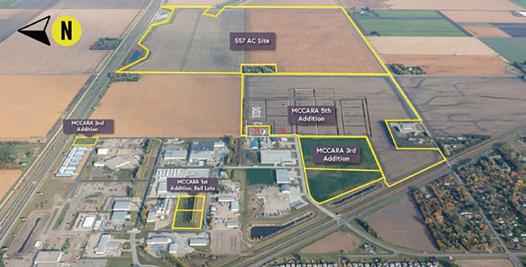
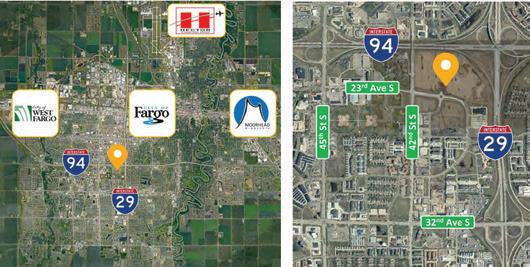

» 5 Certified Sites (Subdivided into ~30 parcels)
» Sites range from 40 acres to 200+ acres.
Moorhead’s MCCARA site is 197 acres and is at a Platinum level (the highest level available). The site is located just south of I-94 on HWY 52 in Moorhead.
Fargo’s Crossroads Site is 50.39 acres and is at Gold level. The site is located at the crossroads of I-29 and I-94.
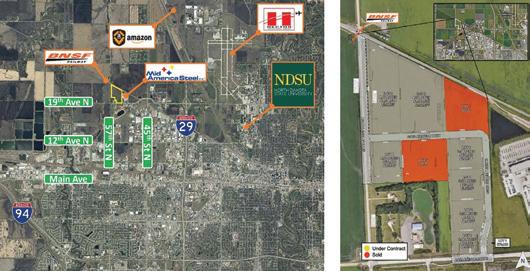
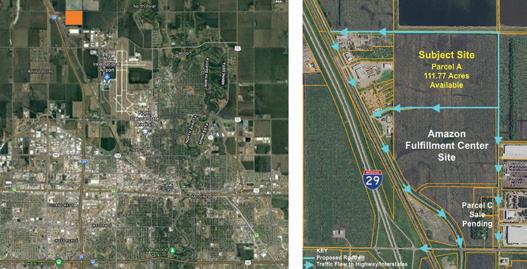
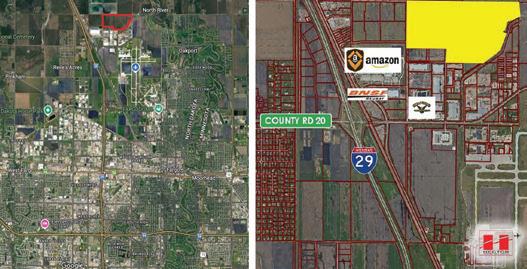
Fargo’s Veteran’s Industrial Park Site is 50 acres and is at Gold level. The site is located at 19th Avenue and 57th Street North.
Fargo’s Dakota Commerce Center – North Site is 111.7 acres and is at Gold level. The site is located at 37th Street N and 52nd Avenue North.

Fargo’s RLN North Site is 263.6 acres and is at Silver level. The site is located 1.5 miles East of I-29 along 52nd Ave N.
While big-name arrivals grab headlines, the majority of economic development projects are closer to home. Aasheim estimates that about 75% of the EDC’s work involves helping local companies expand.
“Firms like Marvin Composites, John Deere Electronic Solutions, and Border States all had options to expand in other markets,” Aasheim said. “They chose to reinvest here, but that wasn’t guaranteed. We had to show them why Fargo-Moorhead made sense.”
The Certified Sites program plays a role here too. Even existing companies need clarity and speed when evaluating where to grow. By maintaining up-to-date, consultantverified information, the EDC helps ensure those expansions stay local.
And it’s not just established companies. Startups that scale into mid-sized employers—like Aldevron once did—eventually need the same resources. Today’s entrepreneurial success story can become tomorrow’s expansion project, and document-ready sites help make that transition seamless.
The Certified Sites program isn’t static. As projects take shape and parcels are sold, the EDC continues to recruit new landowners and developers into the fold. The ideal candidates are properties of 40 acres or more, with unique characteristics like rail access or large-scale utility capacity that stand out on a national stage.
“There are countless sites under 40 acres across the country,” Aasheim said. “What makes us competitive are the big, special sites—whether that’s 500 acres, a rail-served industrial park, or a location with exceptional infrastructure. That’s what gets attention in the national marketplace.”
For developers and landowners, joining the program means more than just a certification stamp. The EDC pays to have sites vetted by professional consultants, keeps documentation updated, and actively promotes the portfolio at high-profile events like SelectUSA (a global foreign investment conference) and the Site Selectors Guild.
“IT’S NOT JUST ABOUT PUTTING A SITE ON OUR WEBSITE. WE’RE TAKING IT TO THE NATIONAL STAGE, DIRECTLY IN FRONT OF DECISIONMAKERS, AT NO COST TO THE LANDOWNER OR DEVELOPER.”
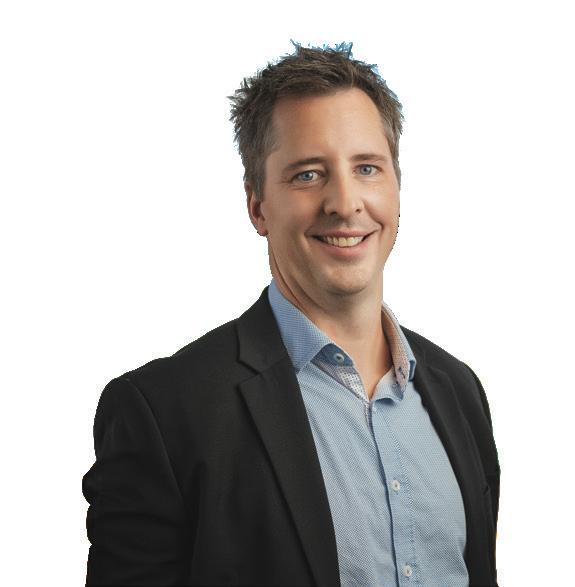
INTERESTED IN A SITE?
Reach out to Ryan Aasheim, Chief Business Development Officer, Greater Fargo-Moorhead Economic Development Corporation, at raasheim@fmedc.com

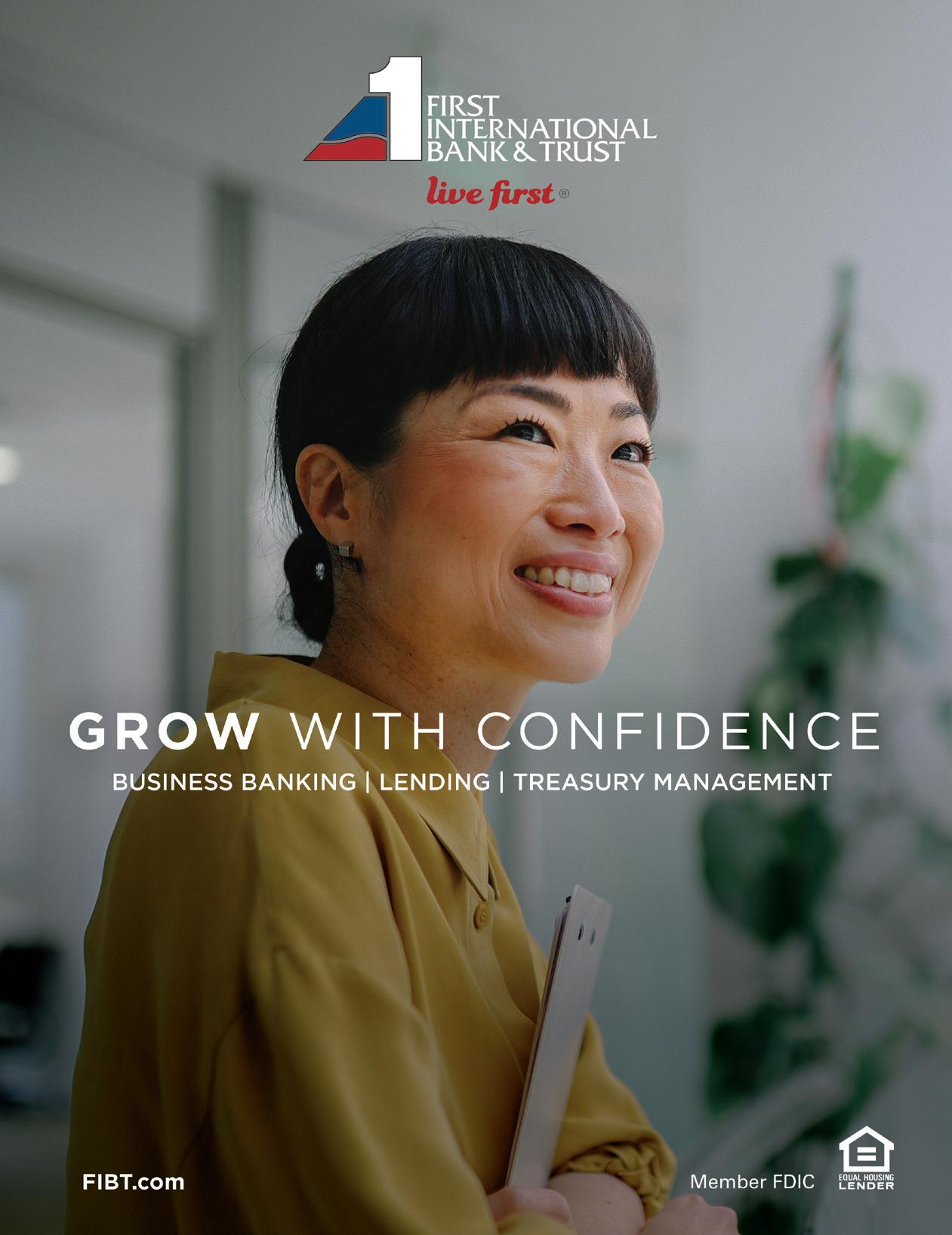
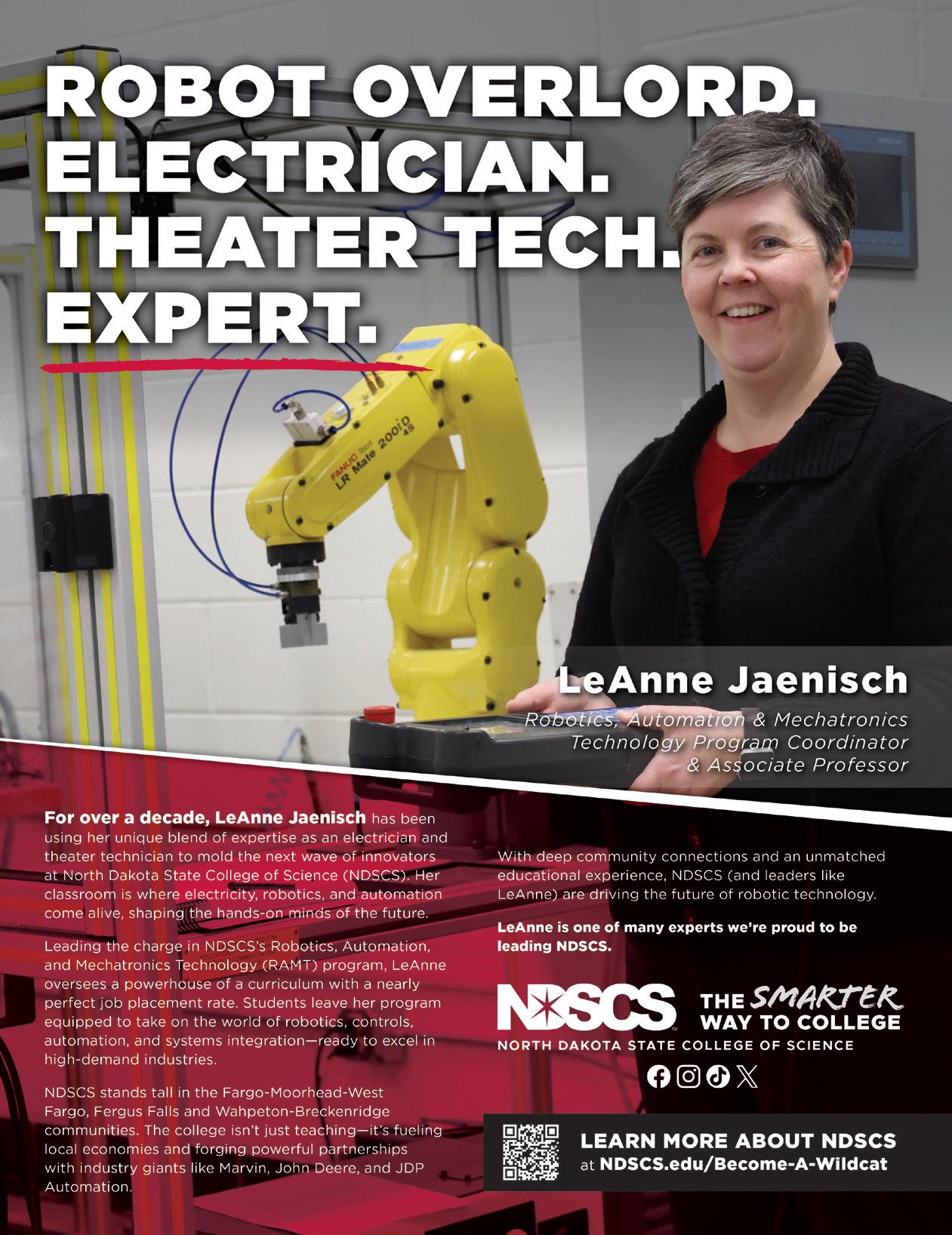
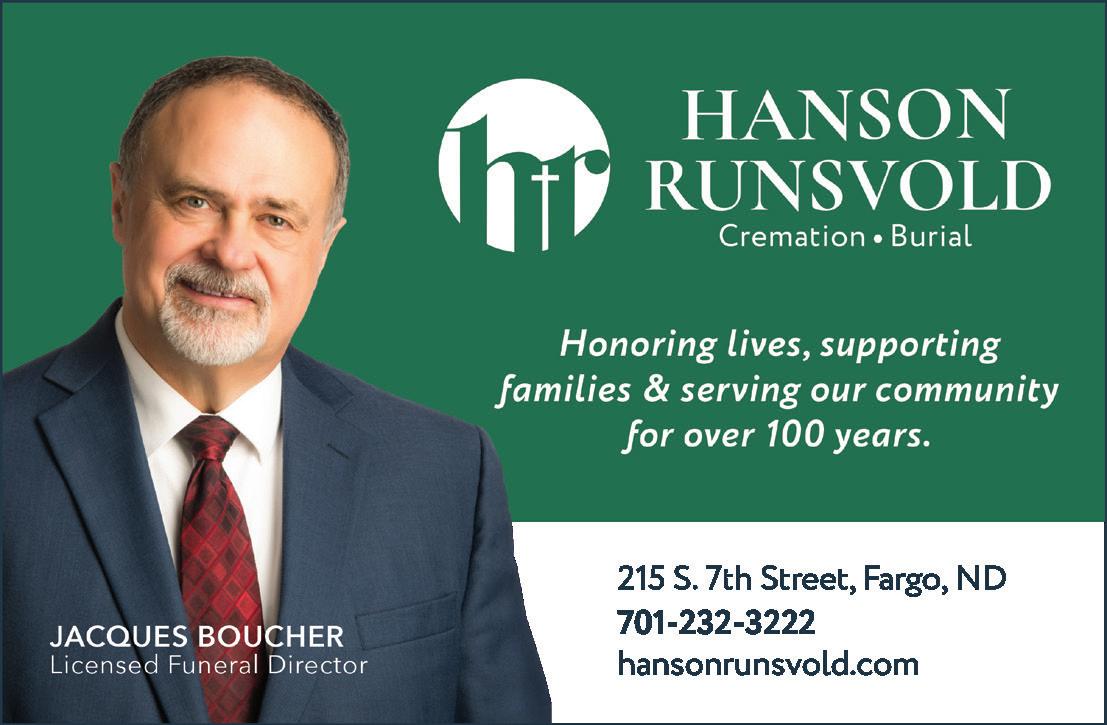
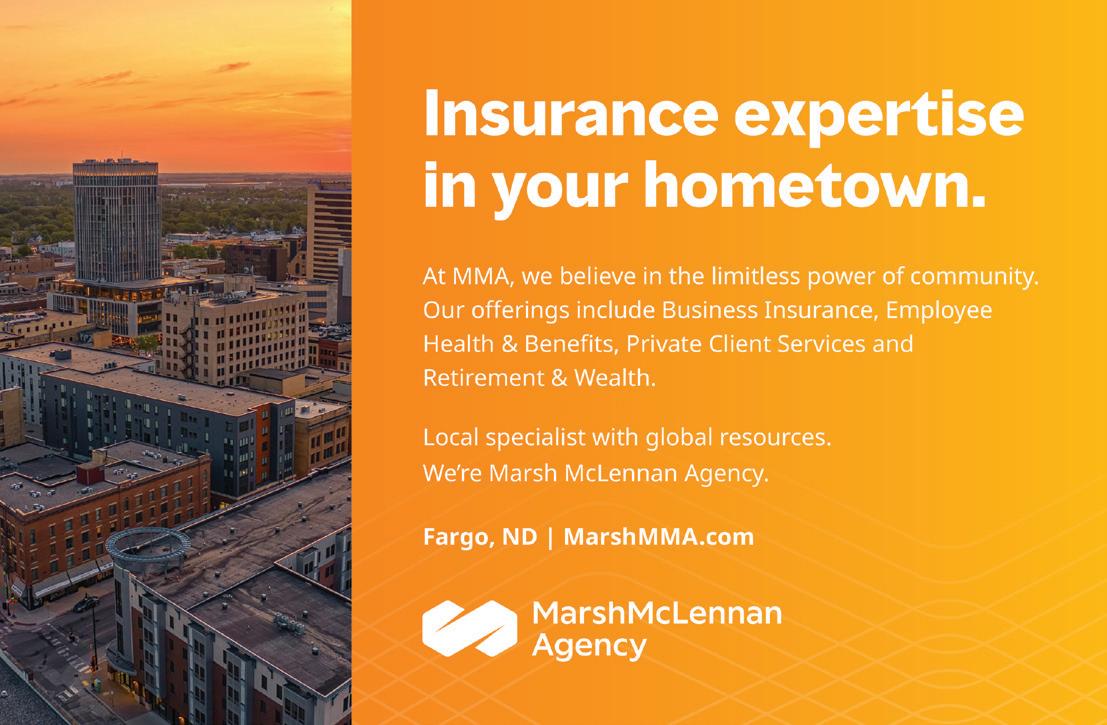
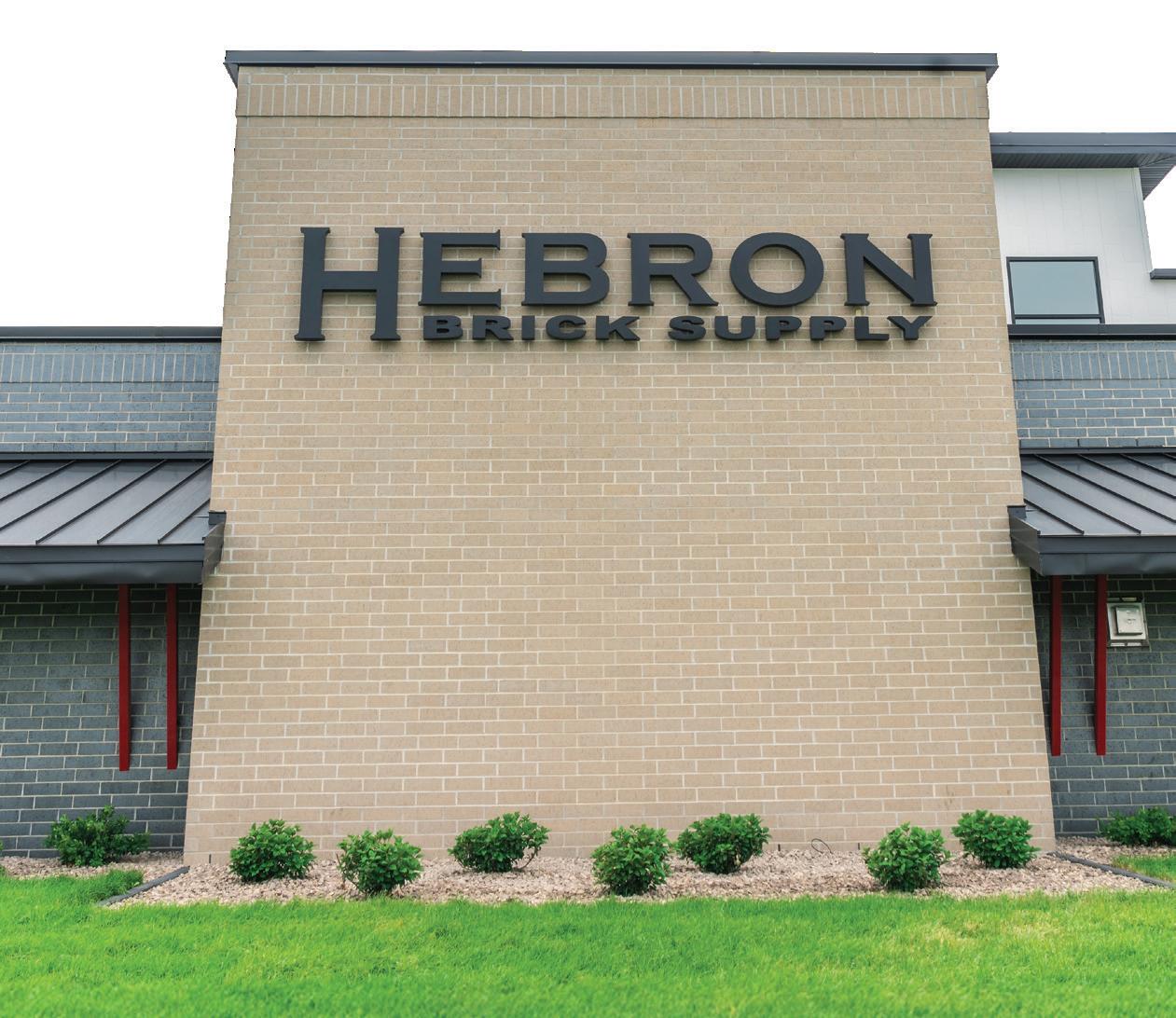
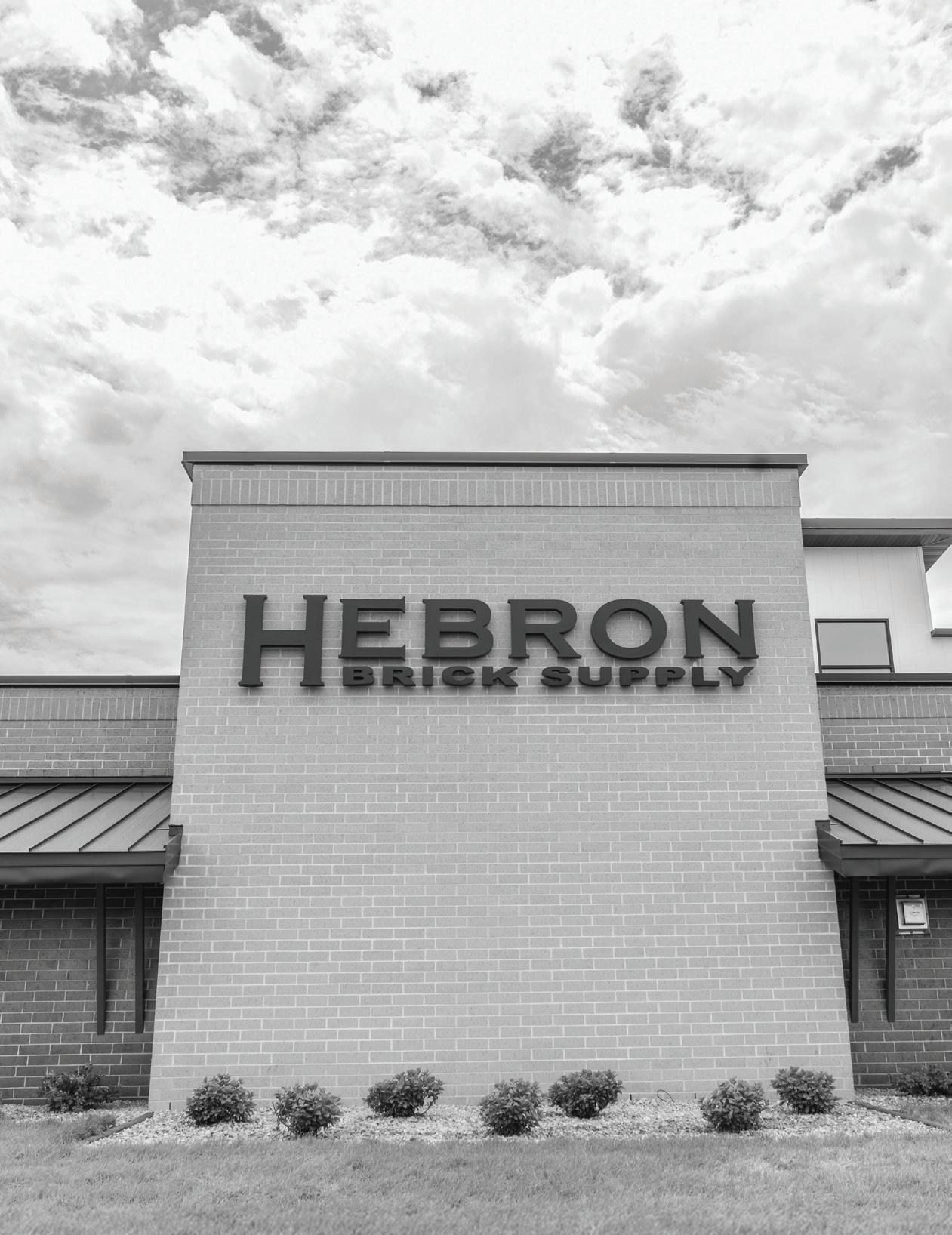

By Brady Drake Gary Ussery
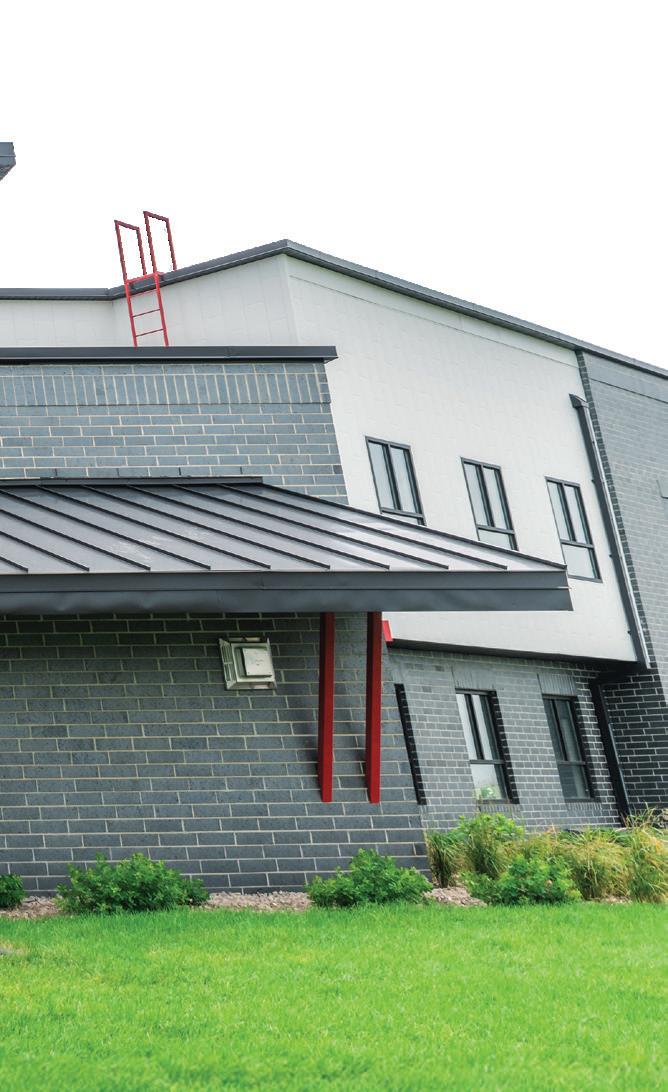

There wouldn't be commercial real estate without the materials to build. And, In the rolling plains of western North Dakota, where the clay-rich earth has been shaped by millions of years of geologic history, a small-town brick plant has stood the test of time. Hebron Brick Co., founded in 1904 by Charles Weigel and Ferdinand Leutz, is not only the oldest manufacturer in North Dakota—stands today as the state's only brickmaking plant.
At its peak, North Dakota was home to 18 brick plants, each fueling the rapid expansion of towns and cities across the prairie. But while others shuttered under the pressures of war, recession, or changing demand, Hebron endured. Today, more than a century after its first kiln was lit, the company is still producing with clay from the Golden Valley Formation—an ancient source dating back 58 to 64 million years.
“We’re pretty proud of the fact that we are the oldest manufacturer operating in North Dakota,” Vice President of Sales Justin Anderson said. “We’re not shy about telling people about that.”
The company’s history is filled with moments that tested its resolve. In 1913, Hebron upgraded its facilities to include 12 continuous kilns, bringing annual production close to 5 million bricks. By 1916, that number had jumped to 8.5 million. The plant moved from horse-drawn clay wagons to rail delivery, marking its early embrace of industrial progress.
But progress didn’t shield Hebron from hardship. World War I brought severe economic strain, and the company filed for bankruptcy. Just a few years later, in 1926, disaster struck again when a massive fire destroyed much of the plant. Undeterred, Hebron rebuilt, converting its kilns to gas and setting the stage for decades of continued production.
Through the Great Depression, another world war, and sweeping changes in the construction industry, Hebron Brick managed to survive when others did not. Its longevity has made it both a cornerstone of the community and a rare example of industrial persistence on the Northern Plains.
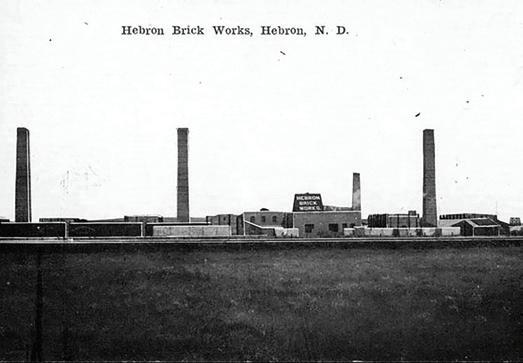
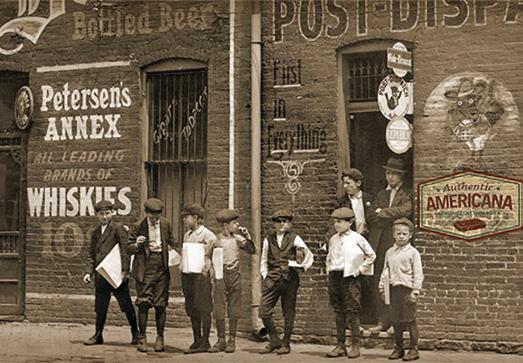
For decades, Hebron Brick remained under private ownership, most notably under longtime leader Rodney Paseka, who began as a sales manager before acquiring the company in the 1980s. In 2017, Paseka made a transformative decision: he sold the company to its employees through a 100% Employee Stock Ownership Plan (ESOP).
That change, according to Anderson, reshaped not only the business model but also the culture inside the plant and its showrooms.
“The difference it’s made—it’s been a real turnaround for some employees,” Anderson said. “It’s been really phenomenal. Employee retention has been outstanding since the transition. Nobody leaves.”
Long-term employees, many of whom already had 10 or 20 years with the company, became immediately vested in the ESOP. With each passing year, as the company paid down debt and the stock price rose, those statements reflected real growth in employee ownership. The result was more buy-in, stronger accountability, and a deeper pride in the company’s success.

“THE DIFFERENCE EMPLOYEE OWNERSHIP HAS MADE—IT’S BEEN PHENOMENAL. NOBODY LEAVES.”
— Justin Anderson, VP of Sales
Founded by Charles Weigel and Ferdinand Leutz.
Purchased by Rodney Paseka, who later becomes sole owner. 2017 Transitioned to a 100% Employee Stock Ownership Plan (ESOP).
2020'S Expansion of modern showrooms in Fargo, Sioux Falls, Rapid City, and beyond.
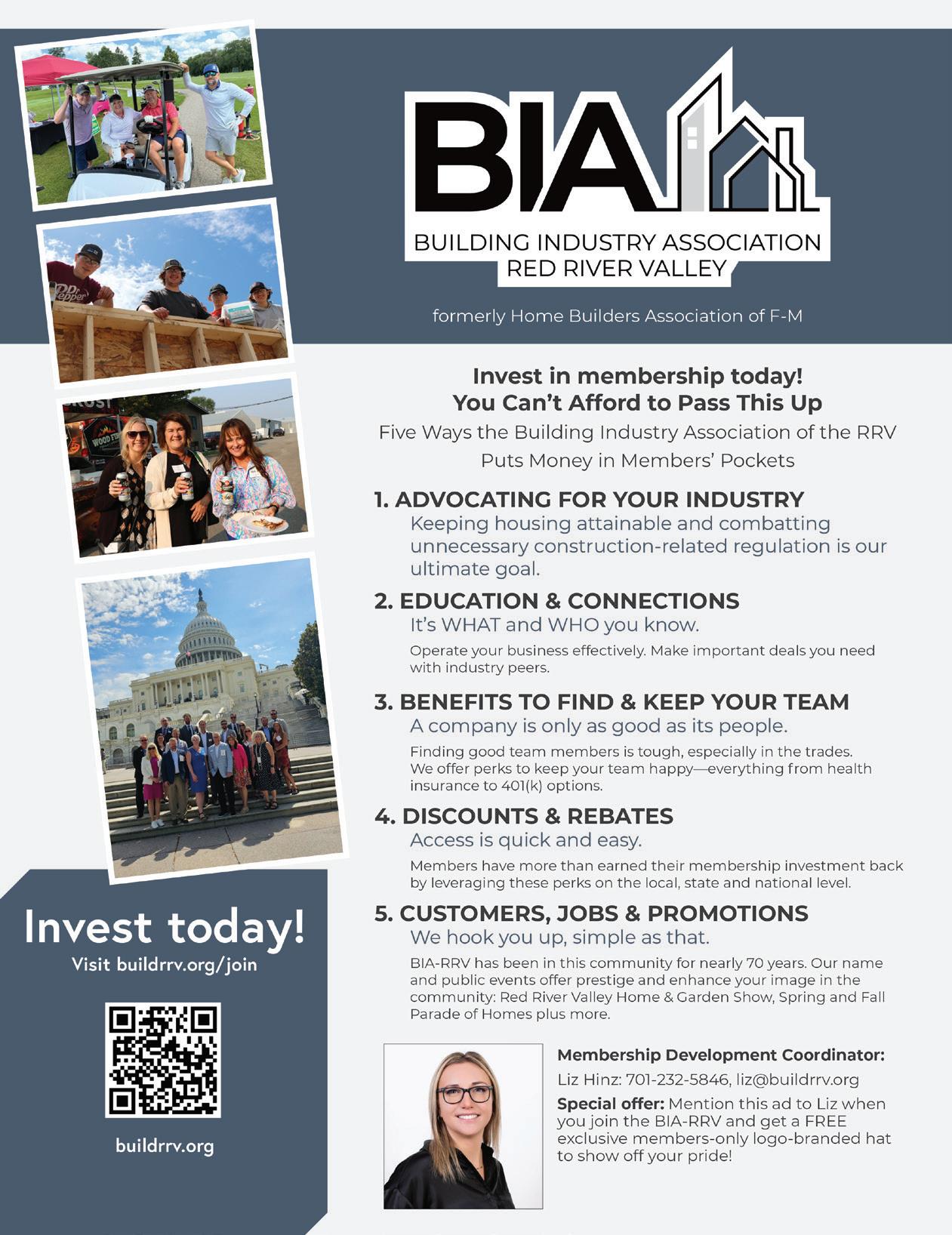
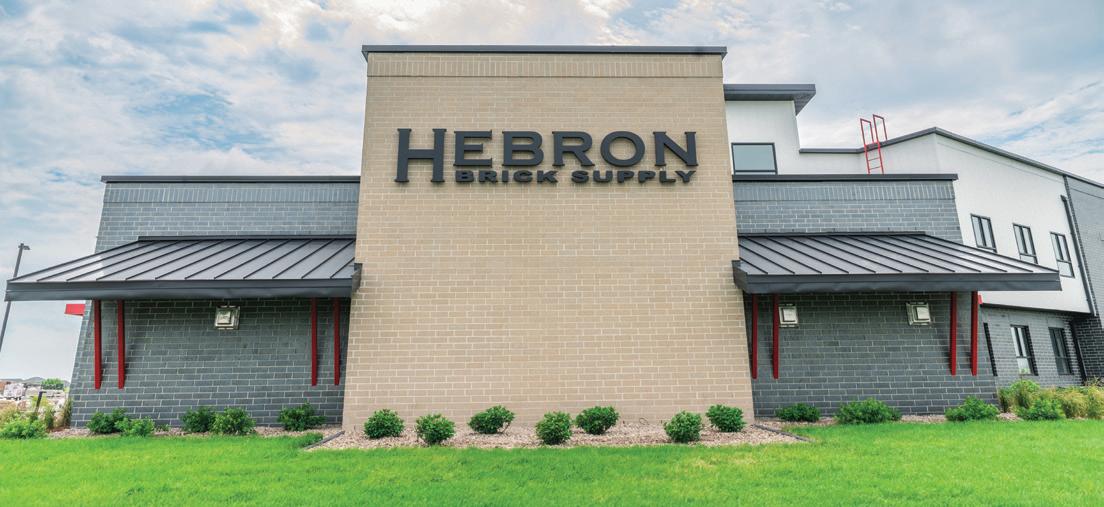
While Hebron Brick takes pride in its century-old roots, the company has never been content to rest on history. Plant upgrades in the 1990s gave the factory a modern foundation, and today the company is actively exploring automation to improve efficiency and worker safety.
“Our goal isn’t to replace people,” Anderson said. “It’s about repositioning them. The work at the plant is tough,
and if automation can make those jobs easier while also getting material packaged and shipped more efficiently, that’s a win.”
The company is currently targeting automation in packaging, which will save both time and energy in preparing loads for shipment across North America. Opportunities for growth often come through low-interest loans or grants, and Hebron has worked to stay agile in seizing those chances when available.
This balance—honoring traditional craftsmanship while adopting forward-looking solutions—has kept Hebron competitive in a rapidly changing industry.

170 EMPLOYEES across two plants and seven retail locations.
58–64 MILLION YEARS:
Age of the Golden Valley Formation clay still used today.
120 YEARS of continuous operation, making Hebron the oldest manufacturer in North Dakota.
100% ESOP-owned since 2017.
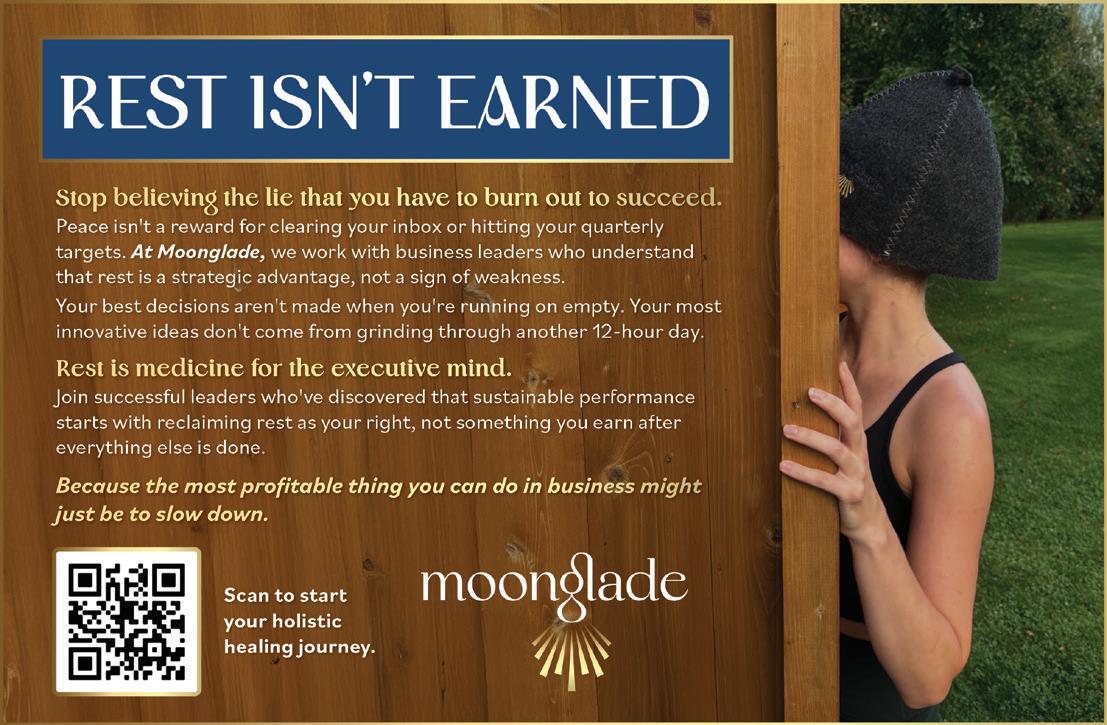
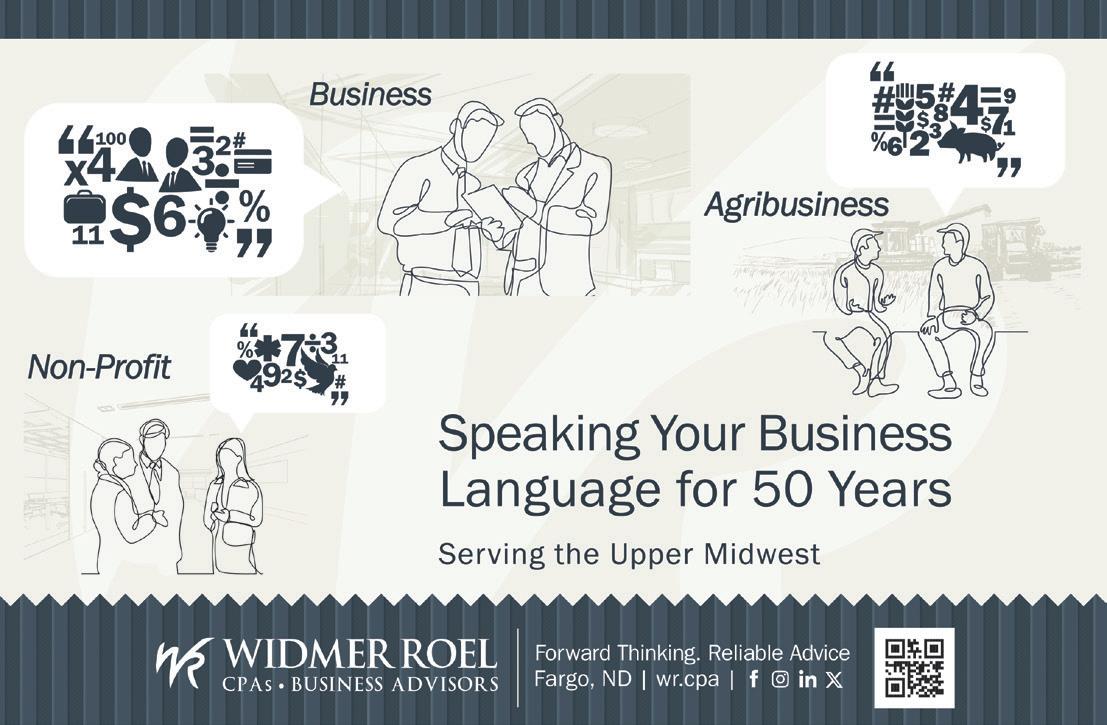
Hebron has showrooms in Fargo, Sioux Falls, Rapid City, and beyond!
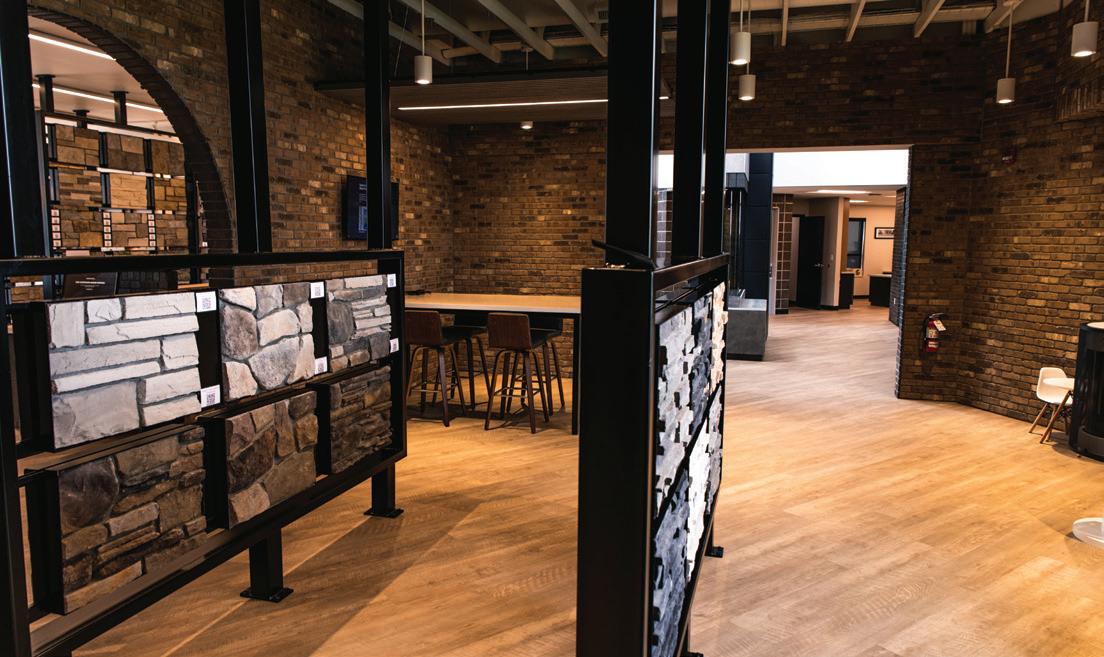
Perhaps the most visible evolution of Hebron Brick over the last two decades has been its investment in design-forward showrooms. Moving away from the old “brickyard vibe,” Hebron has reimagined its retail spaces as selection centers— places where homeowners, builders, and architects can collaborate in a curated, professional environment.
The newest showroom in Rapid City exemplifies this strategy. Customers can explore materials in person or
engage virtually through digital walkthroughs. Designers and contractors are encouraged to send clients directly to Hebron, where trained staff help guide selections.
“We’ve really become a source for builders and designers to be comfortable sending their customers in so we can work for them,” Anderson said. “You don’t even have to come in yourself—just send your client to us and we’ll take care of it.”
From Sioux Falls to Fargo, Rapid City to Bismarck, the company has either built new showrooms or remodeled existing ones to reflect this collaborative approach. A new office is also under construction at the Hebron plant itself, updating facilities that dated back to the 1950s.

The only surviving brick plant in North Dakota. Oldest continuously operating manufacturer in the state.
Combines traditional clay brickmaking with modern showroom design centers.
Distribution network spans all of North America.
Provided by Hebron Brick
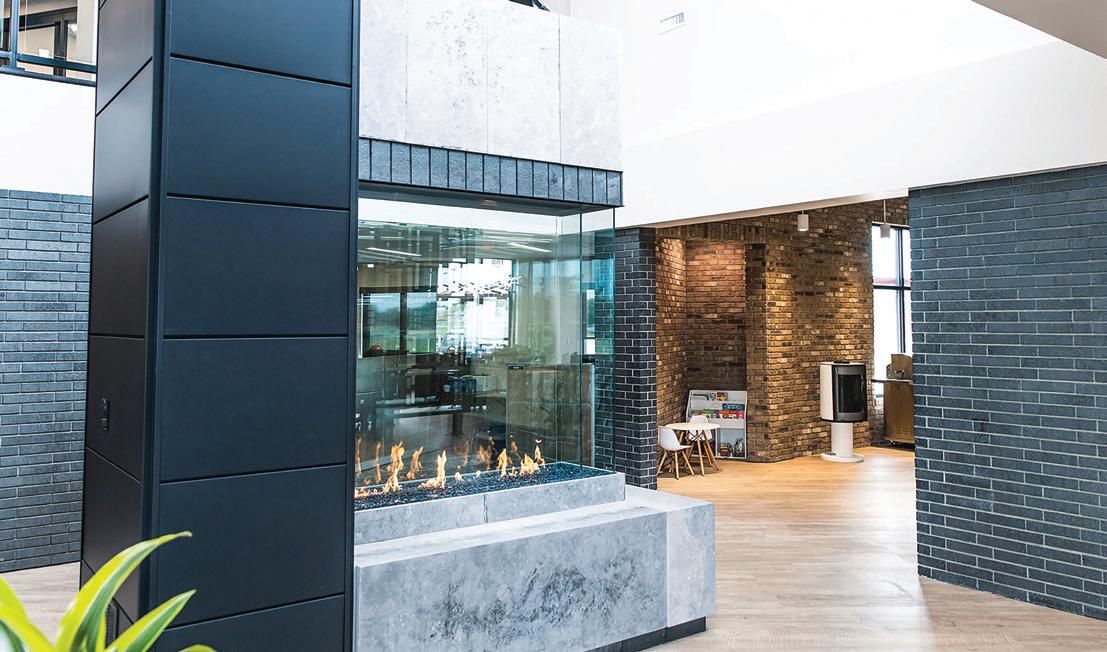
Hebron Brick employs around 170 people across two manufacturing plants and seven retail locations—the most in its history. The company’s distribution network spans the entire continent, with bricks shipped from coast to coast, yet its success remains closely tied to the resilience of the Upper Midwest economy.
“When one side of the business is up, the other might be down,” Anderson said. “But that balance—regional supply stores paired with national manufacturing distribution—keeps us pretty even keel.”
In recent years, both arms of the company have surged together, a rare alignment that speaks to Hebron’s adaptability and reputation. Whether serving a local contractor in Fargo or fulfilling a large-scale order for a national distributor, Hebron Brick has managed to bridge local trust with a broad market reach.
West Fargo, ND Bismarck, ND Grand Forks, ND Minot, ND Sioux Falls, SD Rapid City, SD Fergus Falls, MN
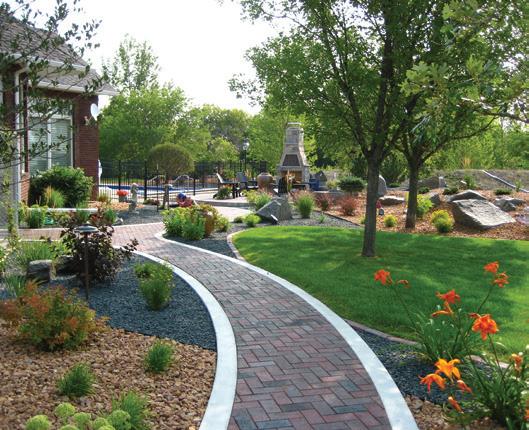


The heart of Hebron Brick today is its people. With 100% employee ownership, every worker—from plant laborers to retail sales staff—has a stake in the company’s performance. That shared responsibility has translated into remarkable retention and a culture built on accountability.
“Our theme this year is personal accountability,” Anderson said. “When you give that message to a group of owners, everyone takes heed. We’ve seen people tighten their belts, stay focused, and buy in fully.”
The ESOP model has proven especially effective at keeping experienced employees in place while motivating newer hires to see the long-term value of their work. With debt shrinking and share values rising, employees can see in real time how their efforts build not just bricks, but their own financial futures.
From its beginnings in 1904 to its place today as North Dakota’s oldest manufacturer, Hebron Brick has been more than a company. It has been a cornerstone for communities, a quiet constant through wars, recessions, and shifting economies. Now, with employee ownership guiding its future, Hebron is proving that legacy and innovation can be built side by side.
For builders, architects, and business owners, Hebron Brick represents not only durability and craftsmanship but also a partnership rooted in accountability, service, and trust.
“IF YOU TREAT YOUR CUSTOMER CORRECTLY AND PROVIDE THEM WITH
FINE.”
— Justin Anderson
That simple principle has carried Hebron Brick through 120 years. And with a team of owners shaping its future, it’s a principle that will carry it through the next hundred as well.



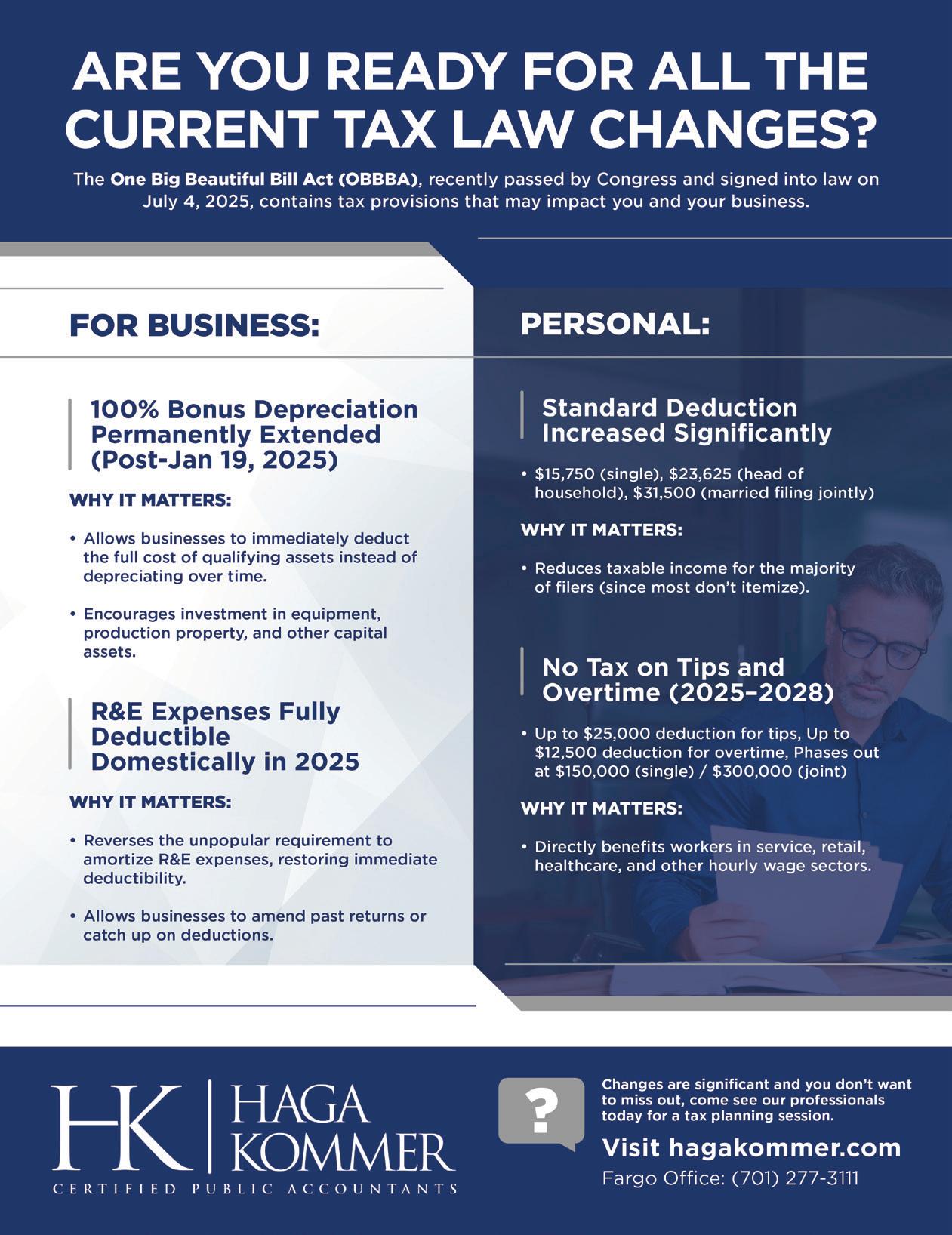


& FOUNDER, BIT BLOSSOM SOFTWARE
If you've ever had the misfortune of calling tech support and walked away feeling like you knew less than you did before, you're not alone. And that's exactly why Fargo native Sydney Boschert started Bit Blossom Software. Her goal? To make tech support suck less.
Believe it or not, Sydney didn’t start in tech. She began her career as a chemist in 2012, working on cattle feed and high fructose corn syrup. Along the way, she found herself repeatedly cringing through painful IT calls. “They'd ask if I turned it off and back on again for the seventh time,” she said. “And when they had to come to your desk? It was like you'd asked them to donate a kidney.”
Instead of just venting, Sydney did something about it. While still working full time, she went back to school to study math and computer science, eventually earning a master’s in data science.
By 2018, she was working as a software engineer, and then moved on to the world of machine learning and anomaly detection. She still works in that field full time, but about a year and a half ago, she launched Bit Blossom Software on the side. “It was terrifying,” she said. “But it was also comforting knowing that I had control over my future.”
Bit Blossom offers IT consulting, software development, app creation, web design, and tech support—but with a human touch. Sydney's mission is to be the calm, kind voice on the other end of the phone during someone’s tech crisis.
By Jordan Woods
Let’s face it: IT isn't exactly known for its people skills. But Sydney sees that as a competitive edge. “The tech is just in between us,” she said. “What I'm really doing is helping people. And that should feel good, not like a chore.”
Still, getting people to leave their existing (often painful) IT providers is a big hurdle. “They don’t want to switch from one terrible experience to a potentially worse one,” she said. That’s why she focuses so heavily on trust. "When someone gives me access to their business and all its tech infrastructure, that’s a huge deal. I don’t take that lightly."
There was no grand Shark Tank moment or app pitch deck that launched Bit Blossom. Just Sydney, tired of apathetic tech people, saying, “I can do better.” And she is.
While maintaining a full-time job, she’s juggling clients, corporate work, and coding with care. And yes, she says “we” in emails, even though it’s just her. “It makes me sound bigger,” she laughed.
If you’re thinking of getting into tech, Sydney says go for it, but do it with heart. “Figure out what frustrates you in the process and fix that. That becomes your edge.”
For her, the edge is empathy. Her advice to her younger self? “Start sooner. Don’t wait for someone to beg you to launch your idea.”
Sydney isn’t all bits and bytes. She gardens, hikes, and volunteers with Growing Together Community Gardens in Fargo, which supports local food shelters. She also mentors women and girls in coding through the Society of Women Engineers and other groups. “Teaching someone to code is like handing them a key to a door they didn’t know they could open.”
Bit Blossom Software isn’t your average tech startup. It’s led by a woman in a field that’s still predominantly male, built with the intention to serve real people.
That combination makes Bit Blossom a bit of a unicorn.
Sydney didn’t fall into tech because it was trendy or lucrative. She pivoted into the field because she knew it could be better. More human, more helpful, and far less intimidating. That people-first approach is woven into every part of her business. Whether she’s designing an app or providing IT support, her goal isn’t just to solve a technical problem; it’s to make people feel heard, seen, and supported.
In a city where women-led tech companies are still few and far between, Sydney isn’t just building software; she’s building an ecosystem. She’s planting seeds (literally and figuratively), and creating space for future founders, coders, and problemsolvers to do things differently.
"I bring a different perspective. I lead with empathy. And I think that makes all the difference."
bitblossomsoftware.com
hello@bitblossomsoftware.com

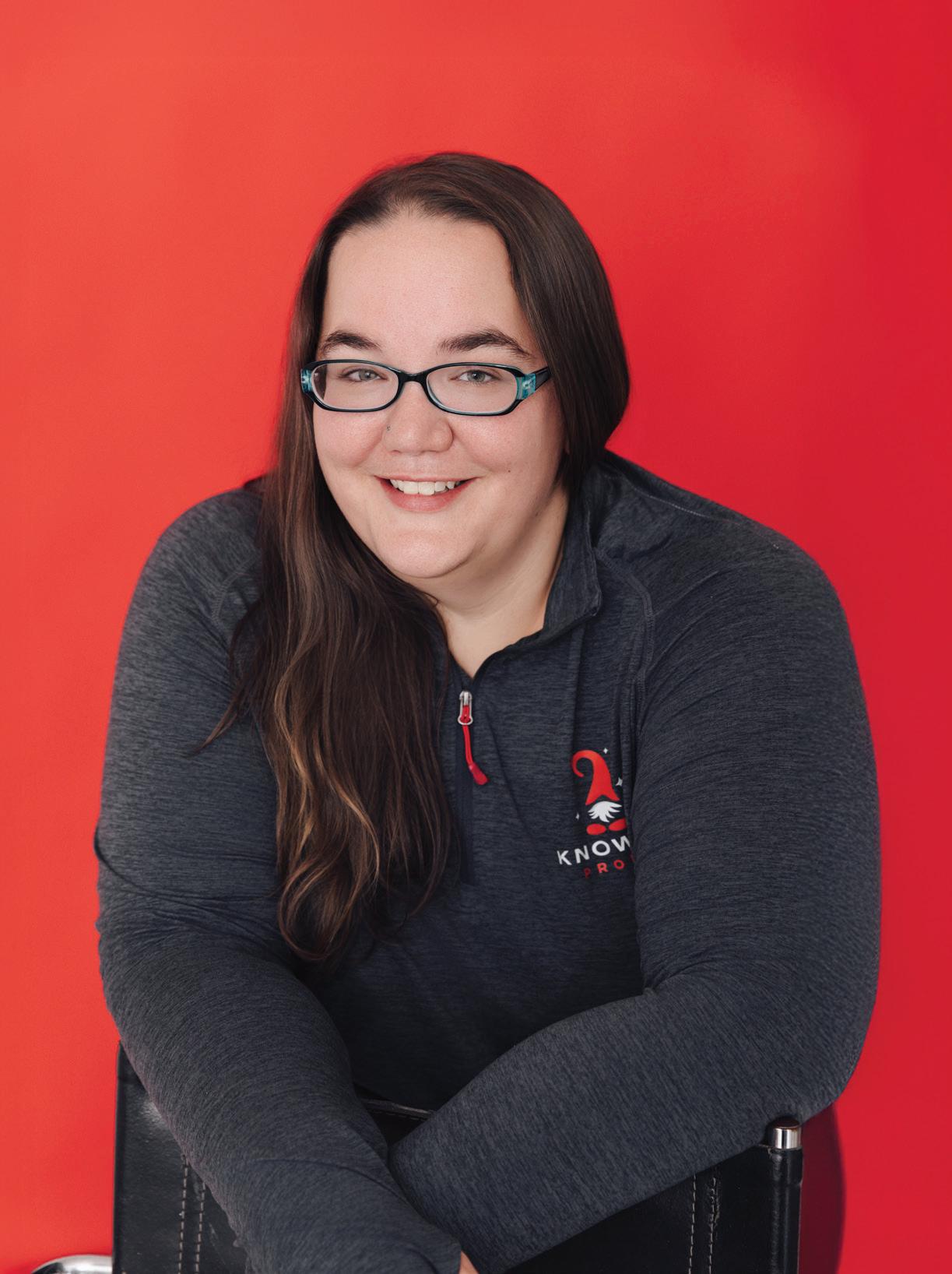
Wooledge OWNER, KNOWME PROMO
Ashley Wooledge doesn’t just sell promo gear. She sells conversations, connections, and maybe a few laughs over a game of Rock, Paper, Scissors.
As the owner of KnowMe Promo, Ashley launched her business in October 2024 with a goal that was less about swag and more about soul. Based in Bismarck, Ashley is no stranger to her hometown—she’s lived there nearly her entire life, aside from a brief stint nannying outside of Fargo. Now she’s all in on growing her brand, and she wants her customers to feel like they're part of it too.
Ashley’s journey into promotional products didn’t begin with a marketing degree or corporate blueprint. It began with tie-dye.
“I was a small tie-dye vendor for years,” she said. “I just loved seeing people wear something I made. That kind of joy never gets old.”
That passion for personal expression led her to a promotions company, where she was hired to help with embroidery but quickly fell in love with the people side of the business. From there, she bounced between a few shops, learning the ropes of production, sales, and everything in between. Eventually, she realized she was ready to do things her way.
“I’m probably not a very manageable person,” she laughed. “It’s easier for me to manage myself.”
Armed with years of hands-on experience and a growing network from her time in BNI and local business circles, Ashley struck out on her own.
By Jordan Woods
KnowMe Promo is her vision come to life: a place where promotional products don’t just display a logo but tell a story. It’s about curating experiences that make people pause, smile, and remember.
“I don’t want to be an order-taker,” she said. “I want to be someone who helps you think differently about how you show up in your community.”
Even with part-time work at Open Water Marine to help with the transition, Ashley is all-in on growing KnowMe Promo into a local go-to.
Ashley has no desire to compete with faceless online giants. Instead, she wants to give customers something deeper than a koozie or a pen. She wants to give them an experience.
“At an event, I had people play Rock, Paper, Scissors to get their promo item,” she said. “It made them laugh; it made them engage. Now every time they grab those scissors or notepads, they remember that moment. That’s what I’m here for.”
Her approach is rooted in emotional and promotional onnection. For Ashley, it’s not about what you give away. It’s about how you make people feel.
Of course, building a business isn’t without hiccups. From supplier mix-ups to mislabeled shipments, Ashley has had her fair share of learning moments.
“I’ve lost sleep over tumblers not arriving on time,” she said. “But I’m learning to let go. At the end of the day, it's a product, not a person.”
It helps to have a strong support system. Mentors like her former boss Jane Halverson, are just a phone call away.
“I still call Jane all the time to ask, ‘What would you do in this situation?’” Ashley said. “Mentorship is everything.”
Ask Ashley what she wants for the future, and she’ll tell you straight: She wants to be one of the first names people think of when they need promo. But she’s quick to add that she’s not looking to edge out other local shops.
She hopes KnowMe Promo becomes known for its care, its creativity, and its commitment to connection. Not for being the cheapest. Not for bulk discounts. But for being a real person on the other end of the order.
When she’s not dreaming up new product strategies, Ashley is at home with her husband, daughter, and their dogs. She’s often crafting, crocheting, or cross-stitching. Occasionally, she’s being roped into bow-shooting excursions by her husband. And she is always down for a game of pinochle.
As KnowMe Promo grows, Ashley is grounded by what started it all: the joy of creating, the value of relationships, and the power of showing up with intention.
“I want to help people be remembered,” she said. “And if I do that, even in the smallest way, then this business is already a success.”
KnowMe Promo
knowmepromo.espwebsite.com /knowmepromo @knowmepromo

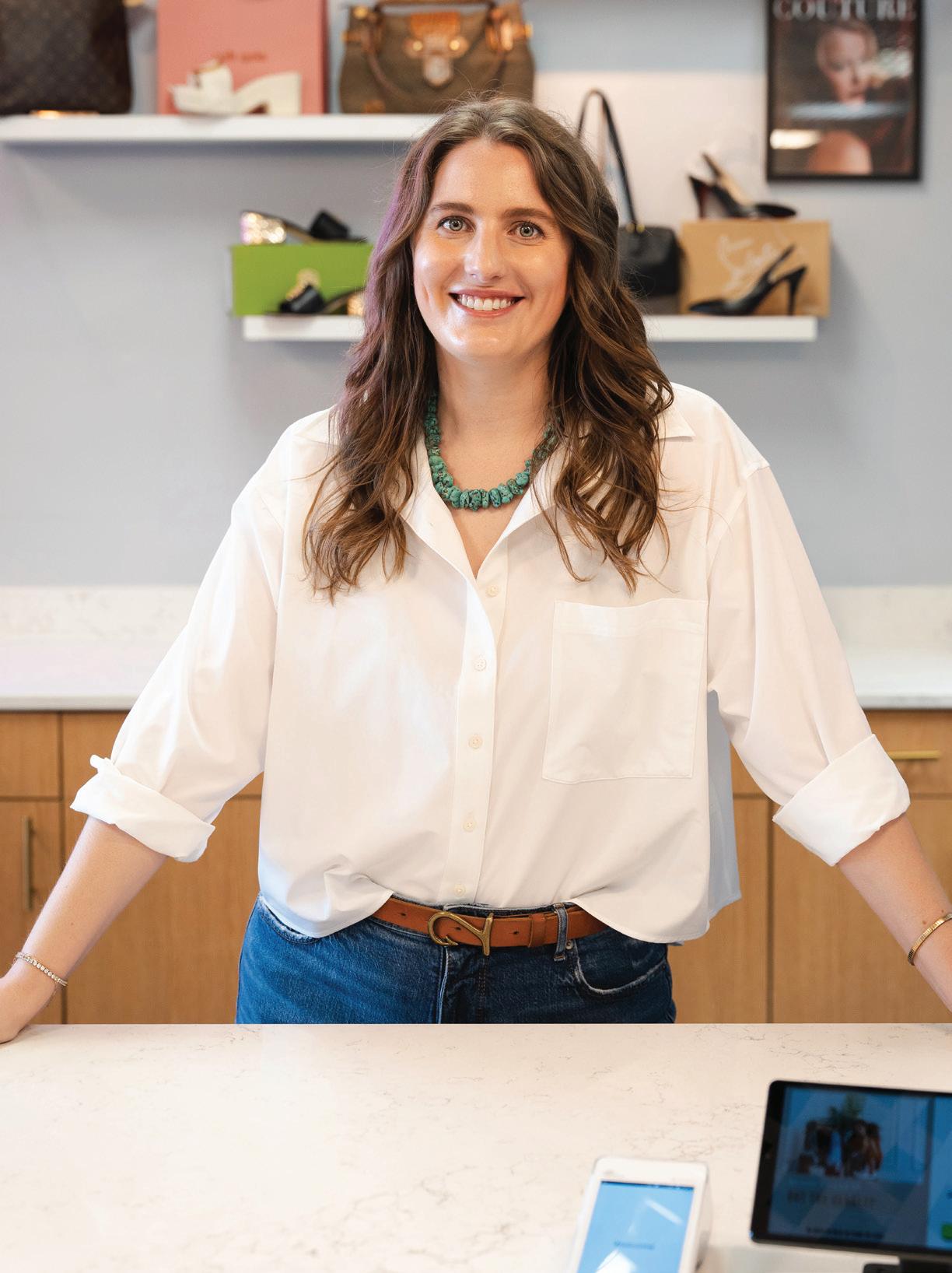
Lora Larson didn’t always dream of owning a women’s consignment boutique, but looking back, it makes perfect sense. A selfdescribed former "horse girl" from a small North Dakota town, Lora grew up loving animals and living the tomboy lifestyle.
“I remember our school was doing a magazine fundraiser, and my dad said, ‘I'll get you anything as long as it's not about horses,’” Lora said with a laugh. “So I picked out Allure and Teen Vogue. Once I started flipping through those editorials, I was hooked.” What began as a fascination with fashion’s ability to stand out in a sea of sameness soon evolved into a deeper passion that carried Lora through the NDSU retail merchandising program and into the world of corporate retail, then nonprofit, then small business.
Lora had long been a loyal shopper at My Best Friend’s Closet in Fargo, a boutique known for its stylish, affordable secondhand finds. As someone who lives by the motto “bougie on a budget,” the thrill of snagging high-end items at low-end prices became part of her lifestyle. When the boutique’s former owner decided to sell, she saw the perfect opportunity.
“I already loved the store, had experience in fashion and analytics, and it just felt like the right move,” she said. “My husband and I bought it on July 1, 2025. I handle the day-to-day operations and he's the behind-thescenes support.”
Despite being new to business ownership, Lora was no stranger to
By Jordan Woods
the ins and outs of retail. Her resume includes roles at Vanity and Scheels corporate offices, where she worked in analytics, allocation, planning, and website merchandising. That big-box experience is paying off in a smallboutique world.
“We're currently going through a bit of a rebrand,” she said. “New website, refreshed colors and messaging, updated fixtures, and eventually, new flooring and signage.”
As she works to put her stamp on the store, Lora is also focused on tapping into a younger audience.
“We're in a college town, but so many students don’t know about us. Our prices and pieces are perfect for their budgets and styles. The goal is to bring them in through marketing and a better online presence.”
“When I worked in nonprofit and had meetings with mayors or CEOs, I’d dress to feel confident and command respect. Fashion is a form of selfexpression but also a kind of armor. You dress for the energy you want to bring into a space,” Lora said.
She sees that same potential in her customers. Whether someone’s looking for a bold piece or just needs a pick-me-up, Lora loves helping them feel good in what they wear.
“If they try something on and it’s not working, I’ll be honest. But if something really shines on them, I hype them up,” she said. “Fashion should be fun. It should make you feel powerful.”
The transition from employee to entrepreneur hasn’t been without hurdles. Lora has had to learn everything from software transitions to
small-business tax law on the fly.
“There’s a lot you don’t know until it hits you,” she said. “You Google what you can, ask other small business owners for help, and hope you’re not missing anything too important.”
She’s also had to strike a balance between front-of-house energy and back-end logistics—something many small business owners struggle with.
“It’s easy to get burned out when you’re doing it all. I want to be on the floor interacting with customers, but I also need to crunch numbers and make strategic decisions. Finding that balance is tough but necessary.”
For anyone thinking about getting into the fashion industry or owning a business, Lora has a few key pieces of advice.
“Intern early and often. My senior-year internship changed everything for me. It showed me all the roles I didn’t know existed. Fashion isn’t just about designing or buying. There are so many lanes to choose from.”
Lora is quick to point out that consignment isn’t thrifting in the traditional sense.
“Our pieces are curated. These are gently used or new items, often designer or high-quality brands, at a fraction of the price,” she said. “You’re getting amazing deals and you’re supporting local.”
That local support matters deeply to Lora. Every dollar spent at her store helps fuel the community economy and keeps independent retailers thriving.
BY WENDY KLUG
DEPUTY DISTRICT DIRECTOR, NORTH DAKOTA SBA
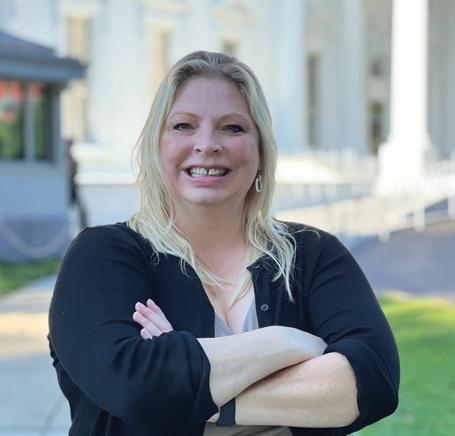
isasters can be a death sentence for small businesses. In fact, a staggering 25% of businesses that suffer a major disaster will never reopen. For those that do, the battle is far from over; Within just one year of reopening, another 25% will close their doors for good. These numbers don't lie; nearly 50% of businesses won't survive past a year.
While some disasters are out of your control, you're not powerless. Preparing and planning is your secret weapon, giving your business a fighting chance to beat these devastating odds.
When you hear the word disaster, you might imagine brutal winds that take out several power lines or a city-crippling snowstorm. In North Dakota, businesses are no strangers to these weather events. Often, small, incremental weather won’t halt business for too long, but larger operational shutdowns can be devastating for a business. But what if the disaster isn’t weather related but rather man-made? It could be a devastating cyberattack, a critical technology failure, or even a sudden utility blackout. Every business has unique vulnerabilities, and these human-made threats can be just as
dangerous as a natural disaster.
A variety of factors can affect your business’s vulnerability. By identifying risks that will directly impact your specific business, you can prepare effectively and minimize downtime. You’ll thank yourself if your business ever faces a disaster.
Small businesses in North Dakota face a variety of vulnerabilities from both natural and man-made disasters that could lead to a complete shutdown. Start by conducting a risk assessment to identify potential threats and vulnerabilities specific to your business and location.
Why: A BRP minimizes downtime, reduces financial losses, and helps maintain customer trust. It is your business's roadmap for keeping critical functions operational during and after a disaster. It ensures that even if your physical location is compromised, your core business can continue, whether through remote work or an alternate site.
How: Assemble a dedicated team to develop the BRP. Identify critical functions like payroll, customer
service, and supply chain. Document step-by-step procedures for each scenario, including who is responsible for what. Once you have completed this document, put it into action. Don’t let it sit on your desk and go unused. Continue to update this document as your business evolves.
Why: An estimated 40% of small businesses never reopen after a disaster, often due to insufficient financial reserves and a lack of a clear recovery plan. Proactive financial planning minimizes downtime, protects assets, and prevents reliance on highinterest loans during a crisis, thereby significantly increasing the chances of business continuity and preserving jobs within the community.
How: Businesses should build a robust emergency fund, ideally covering three to twelve months of operating expenses like rent, payroll, and utilities, held in a separate, easily accessible account. In case a disaster lasts longer or hits your business harder than you had financially prepared for, make sure you have explored backup emergency funds such as loans. (You may be eligible for a low-interest disaster recovery loan through the SBA for damaged and destroyed assets in a declared disaster.)
Why: Data loss can be catastrophic. Whether due to a power surge, cyberattack, or physical damage to your office, losing vital information can halt operations indefinitely and lead to severe financial and reputational damage.
How: Regularly back up all critical business data – financial records, customer databases, operational documents, and intellectual property. Invest in reliable cloud backup solutions or off-site physical storage. Periodically test your recovery process to confirm data integrity and accessibility. Utilize the "3-2-1 rule": three copies of your data, on two different media types, with one copy stored off-site.
Why: Underinsured businesses can face immense financial hardship after a disaster. The right insurance can provide the necessary funds for repairs, replacement of assets, and income replacement, facilitating a quicker recovery.
How: Work with your insurance agent to review your existing policies yearly. Ensure you have adequate coverage for property damage, business interruption (which covers lost income during closure), and liability. Obtain detailed explanations of your policy limits, deductibles, and exclusions. Understand what types of disasters are covered and if any additional riders are needed. Keep insurance documents in a secure, accessible location, both physically and digitally.
Why: Misinformation or a lack of communication can lead to panic and further disruption. By developing a clear communication plan, a business can help minimize chaos and misinformation, protect reputation and brand, keep employees and stakeholders informed, and facilitate a quicker recovery.
How: Create clear roles and responsibilities for employees, customers, stakeholders, suppliers, and emergency services. This should include primary and secondary contact methods (i.e., email, text alerts, dedicated phone lines). Designate key personnel responsible for communication and utilize a mass notification system.
Why: Conduct regular training sessions for all employees on your BCP, evacuation plans, communication protocols, and the use of emergency equipment. Employee safety is paramount. A clear evacuation plan ensures everyone knows what to do and where to go in an emergency, minimizing chaos and potential injury.
How: A well-trained workforce is your greatest asset during a disaster. Establish procedures accounting for all employees and visitors. Employees who know what to do can act quickly and efficiently, minimizing panic and ensuring safety.
Why: CoInvesting in risk reduction
helps businesses and residents recover more quickly from disasters, with less damage. While there's an initial cost, it pays off over time. For every $1 spent on reducing physical risk, an estimated $6 is saved in future losses.
How: Many activities can lessen the impact of potential disasters and reduce the risk of loss of life or property. A specific example for North Dakota would be to ensure a roof’s load path can hold large amounts of snow in case a significant amount of snow falls in a short amount of time.
A business disaster can be anything that brings your operations to a screeching halt for an unbearable amount of time. Your preparation isn't just a plan—it's your roadmap to recovery. Proactive planning can be the crucial difference between a temporary setback and permanent closure. The good news? You hold the power to control your business's fate.
Preparation isn't a luxury; it's a necessity for safeguarding your business, protecting your employees, and ensuring your continued success in the face of uncertainty. By doing this, you are able to act more quickly, which means your business’s downtown is less. Businesses that are prepared for emergencies are in a better position to recover and continue operations should disaster strike. Let that be you-the one who planned and quickly recovered!
sba.gov/district/north-dakota /SBAgov
@sbagov /us-small-business-administration
@SBAgov
@sbagov
a personal injury attorney, one of the most concerning injuries I see after auto accidents is a traumatic brain injury (TBI). Unlike broken bones or cuts, TBIs often remain invisible at first, yet they can alter every aspect of a person’s life. The Centers for Disease Control and Prevention classifies TBIs as injuries that disrupt normal brain function, typically caused by a blow or jolt to the head. Recognizing the seriousness of these injuries early can make a crucial difference in both recovery and protecting your legal rights.
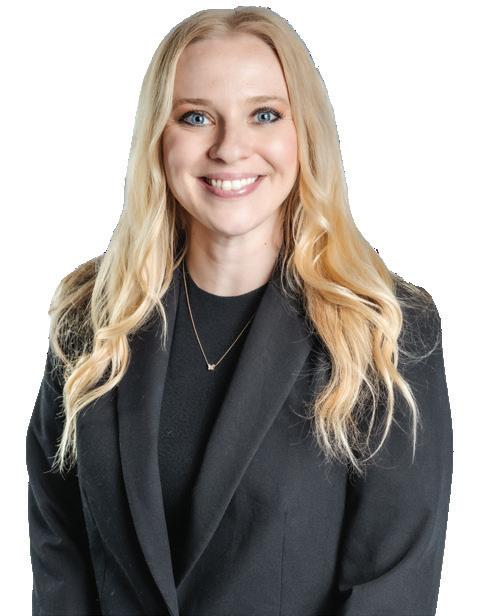
BY KYLEE CARLIN Attorney, SW&L Attorneys
One of the biggest misconceptions about traumatic brain injuries is that they only occur when someone’s head makes contact with a hard surface. While a blow to the skull certainly can cause a TBI, it isn’t always necessary. The brain essentially “floats” inside the skull, cushioned by fluid. In a car accident,
the sudden force of impact can cause the brain to move back and forth with tremendous speed. This rapid acceleration and deceleration can slam the brain against the inside of the skull, leading to bruising, bleeding, or stretching of delicate nerve fibers. This is often called a coup-contrecoup injury, where the brain is injured first on the side of impact and then on the opposite side as it rebounds. Even without a visible bump, bruise, or cut on the head, the brain can sustain serious trauma.
The most common form is a mild TBI. While labeled “mild,” the consequences are anything but. Victims may experience headaches, dizziness, sensitivity to light, confusion, or difficulty concentrating. Symptoms may not show up immediately, and mild TBIs almost never show up on imaging. This is why it’s vital not to dismiss even a minor bump to the head after a crash and to continuously monitor your symptoms in the days, weeks, and months following the crash.
These involve more significant trauma and can lead to prolonged confusion, memory problems, difficulty with speech, and behavioral changes. Hospitalization is often, but not always, required.
At the most devastating end of the spectrum are severe TBIs, which can involve loss of consciousness
for extended periods, long-term cognitive impairments, and sometimes permanent disability. Severe brain injuries often necessitate extensive rehabilitation, adaptive equipment, and lifelong medical care. These injuries completely alter the trajectory of a victim’s life and demand a strong legal response to ensure the resources for future care are secured.
If you’ve been in a car accident and suspect any form of head injury, the first step is always medical. Go to the emergency room or see a doctor right away, even if you feel “fine.” Medical professionals can conduct neurological exams, imaging studies, and set a baseline for your recovery. Early documentation also becomes critical if you need to pursue a personal injury claim later.
Equally important is documenting your experience outside the hospital. Keep a journal of your symptoms, ask loved ones to note behavioral or mood changes, and save any records of missed work or medical bills. These details not only help doctors treat you but also provide valuable evidence if your case goes to trial.
Unlike cuts, bruises, or broken bones, a brain injury often leaves no outward sign of harm. That invisibility can make it harder for victims to be believed, even by insurance companies or sometimes by people close to them. But symptoms like memory lapses, mood swings, or
difficulty concentrating are every bit as real, and often more disruptive, than visible injuries. Just because you can’t see the damage on the outside doesn’t make it any less serious. Understanding that truth is the first step in making sure brain injury survivors get the care, support, and justice they need.
Consulting with an experienced personal injury attorney who understands the nuances of TBI cases is of the utmost importance. A lawyer can help gather the right experts, protect your rights, and fight for fair compensation. When someone else’s negligence leaves you or a loved one with a TBI, you deserve the financial support needed to move forward.
4627 44th Ave S, Ste 108, Fargo, ND 701-297-2890 swlattorneys.com /SWLattorneys /company/swlattorneys
By Michael Danielson, Veterans Business Outreach Specialist
Photo Courtesy of VBOC of the Dakotas
The Veterans Business Outreach Center (VBOC) program is designed to provide entrepreneurial development services such as business training, counseling, and resource partner referrals to transitioning service members, veterans, National Guard and Reserve members, and military spouses interested in starting or growing a small business. U.S. Small Business Administration (SBA) has 22 organizations participating in this cooperative agreement and serving as VBOCs.
ith programs like Boots to Business, Warrior Rising, VETRN, and VETCert, service-disabled veterans are turning military discipline into thriving small businesses and securing federal contracts across North and South Dakota.
Service-disabled veterans are a quiet backbone of the Dakotas’ small business economy. Across North and South Dakota, former service members return home from serving their country with sharpened skills, planning under pressure, leading teams, managing logistics, and solving complex problems with limited resources. Many of them pour those assets into welding shops, IT firms, trucking
companies, therapy practices, marketing studios, and specialty construction crews. But talent and determination alone do not automatically turn into sustainable profits. For these veteran founders, growing a business requires a combination of training, certification, contracting strategy, and a strong support network. Fortunately, a cluster of programs exist to give service-disabled veterans a real path forward: Boots to Business and Boots to Business Reboot, the Service-Disabled Veteran Entrepreneurship Training Program (SDVETP), organizations like Warrior Rising and VETRN, and government contracting tools such as SDVOSB set-asides and VETCert certification. When used together, these resources form a lifecycle that carries a veteran from idea to certified contractor to long-term employer.
The first step in this lifecycle is often education. Many veteran-owned firms in the Dakotas trace their start back to Boots to Business, a U.S. Small Business Administration program that is offered through the Department of Defense Transition Assistance Program. Boots to Business is designed for service members who are preparing to transition to civilian life, and it provides an introduction to entrepreneurship that covers how to evaluate opportunities, conduct market research, understand legal structures, and begin a business plan. The program is structured in two parts, starting with an “Introduction to Entrepreneurship” course, followed by a more in-depth track for those who want to move forward. What makes it especially valuable in North and South Dakota is that it also extends eligibility to spouses and family members, many of whom play a pivotal role in launching and running veteran-owned businesses while the military members is still serving in the Guard or Reserve.
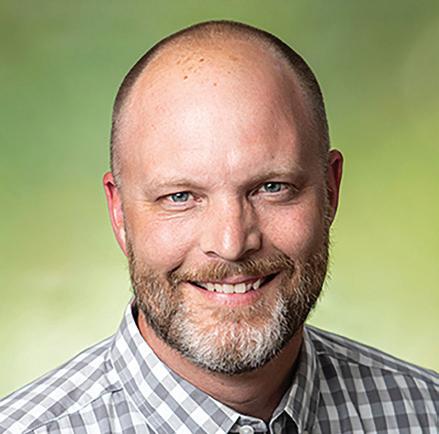
For those who have already left the military, Boots to Business Reboot offers a similar curriculum in a condensed format. This one or two-day training is open to veterans of all eras as well as spouses, and it provides practical knowledge on topics such as financing, business model development, and planning for growth. In the Dakotas, these courses are frequently delivered in partnership with the Veterans Business Outreach Center (VBOC) of the Dakotas and local SBA resource partners. These introductory programs give veterans the tools to validate business ideas and set a solid foundation before they commit significant time or money to an untested venture.
But Boots to Business is just the warm-up. To truly grow, service-disabled veteran entrepreneurs need deeper mentorship, accountability, and access to networks. That is where the Service-Disabled Veteran Entrepreneurship Training Program (SDVETP) comes into play. This SBA grant program funds nonprofit organizations to provide advanced training specifically tailored to service-disabled veterans. The offerings vary, but they usually involve multi-week accelerators, one-on-one coaching, and connections to experts in finance, law, and operations. The focus is not simply on starting a business but on scaling it, mastering cash flow, writing a realistic growth plan, and developing the systems needed for sustainable operations. For veteran-owned firms that are “busy” but not yet profitable, or that are ready to expand beyond a local customer base, SDVETP can be the inflection point.
Two programs that have been particularly active in serving veterans in North and South Dakota are Warrior Rising and VETRN. Warrior Rising calls its participants “vetrepreneurs” and approaches business with the urgency and camaraderie of a military unit. Its Warrior Academy offers structured education, coaching, and sometimes even grant funding for startups. Participants are pushed to refine their sales skills, strengthen pricing strategies, and build scalable systems. Alumni frequently credit Warrior Rising not just with business knowledge, but with instilling the confidence to close deals and push through setbacks. In rural parts of the Dakotas, where entrepreneurs may be the only specialized vendor within many miles, the mentorship and accountability of Warrior Rising can mean the difference between feast-or-famine work and predictable contracts.
VETRN, short for the Veteran Entrepreneurial Training and Resource Network, takes a slightly different approach. It runs a 12-session online program that resembles a condensed MBA, aimed at established businesses that are ready to professionalize their operations. Over the course of the program, each participant develops a comprehensive growth plan with the guidance of mentors and guest experts. The curriculum covers cash flow forecasting, government contracting, banking relationships, and human resources issues that often challenge small firms in the Dakotas. Because the sessions are held virtually, VETRN is accessible to business owners who cannot easily leave their shop or office for extended training. Beyond the formal sessions, VETRN’s alumni network is a powerful resource, providing peer connections and
mentors who have already solved the very problems new participants are facing.
Once a veteran-owned business has the training and systems in place, the next step is to formalize its status through certification. For service-disabled veterans, the critical credential is VETCert. VETCert verifies that a business is indeed owned and controlled by a service-disabled veteran, and it opens the door to pursue setaside and sole-source contracts across the federal government. Non-disabled veteran-owned small businesses can also use VETCert to compete for set-asides at the VA under the Vets First program. But while certification is a necessary condition, it is not sufficient on its own. Without a strategy to pursue contracts, certification can become little more than a framed document on the wall.
Preparing for VETCert requires careful attention to corporate governance. Applicants must prove ownership, control, and their service-connected disability rating. That means operating agreements and bylaws must be written to clearly vest control in the veteran owner. In practice, this often requires cleaning up documents so that no non-veteran partner has veto authority or decisionmaking power that could cast doubt on veteran control. Veterans who begin gathering tax records, governing documents, and disability paperwork are in a stronger position to move through the certification smoothly and position themselves for contracting.
Once certified, veteran entrepreneurs can begin to tap into the government’s Service-Disabled Veteran-Owned Small Business
(SDVOSB) set-asides. Federal contracting rules allow contracting officers to reserve certain purchases exclusively for SDVOSBs, especially when at least two qualified firms are expected to bid. For contracts under $250,000, purchases are automatically set aside for small businesses, and agencies may further restrict them to specific socio-economic categories such as SDVOSB. This creates a real opening for certified veteran-owned firms, but it requires a proactive strategy. Veterans need to identify their North American Industry Classification System (NAICS) codes, research agency procurement forecasts, and begin building relationships with small business specialists in agencies like the VA, USDA, Department of the Interior, and the Army Corps of Engineers, all of which regularly contract in the Dakotas.
Set-aside opportunities in this region tend to cluster in several sectors. Facilities maintenance and trades are in steady demand at VA clinics in Fargo and Sioux Falls, as well as at federal facilities across the states. Mechanical, electrical, roofing, environmental, and grounds maintenance contracts are all accessible to SDVOSBs with the right bonding and safety record. Professional services such as cybersecurity, GIS mapping, engineering, and logistics consulting are also natural fits, especially for veterans whose military experience connects directly to these fields. In rural counties where vendor pools are thin, certified SDVOSBs with the ability to mobilize quickly often have a competitive edge. To make the most of these opportunities, veteran-owned firms must develop a disciplined bid/no-bid process, build relationships with primes for teaming opportunities, and
price their services with a full understanding of overhead, compliance, and profit.
Beyond contracting, growth for veteran-owned firms in the Dakotas also depends on leveraging local resources. The Veterans Business Outreach Center of the Dakotas is often the first stop, connecting veterans with Boots to Business training, business planning, and VETCert support. The Small Business Development Centers across North and South Dakota provide one-on-one advising and help with financial modeling. APEX Accelerators guide businesses through SAM registration, market research, and proposal preparation. And universities and military bases offer niche opportunities in aerospace, engineering, and secure communications that align well with veterans’ skills.
At the same time, there are pitfalls that trip up many veteranowned firms. Certification is sometimes treated as an end goal rather than a tool; without a real business development pipeline, certification alone does not generate revenue. Loose governance documents can cause certification delays, especially when investors or non-veteran partners have too much control. The administrative burden of federal contracting can overwhelm firms that are unprepared, making it essential to systematize compliance from the start. And perhaps most importantly, some veterans chase every possible contract, spreading themselves too thin. Successful veteran entrepreneurs in the Dakotas learn to focus, bidding only on opportunities that align
with their strengths and capacity while maintaining a steady base of commercial customers to balance out the unpredictability of government cycles.
In the end, service-disabled veterans bring rare grit and discipline to business ownership. The Dakotas, with their supportive resource networks and accessible business ecosystem, provide an environment where that grit can turn into lasting companies. The formula is straightforward: start with Boots to Business or Reboot for fundamentals; choose a deeper accelerator like Warrior Rising or VETRN to gain operational rigor; secure VETCert so your SDVOSB status translates into opportunity; and pursue set-aside contracts with focus and discipline. This blend of skills, strategy, and community support is what transforms military service into companies that not only generate revenue but also provide good jobs, strengthen Main Street, and build legacies across the Northern Plains.
701-738-4850
und.edu/dakotasvboc /dakotasvboc
@DakotasVBOC
4200 James Ray Dr Grand Forks, ND
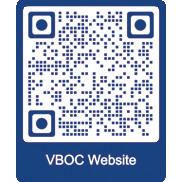


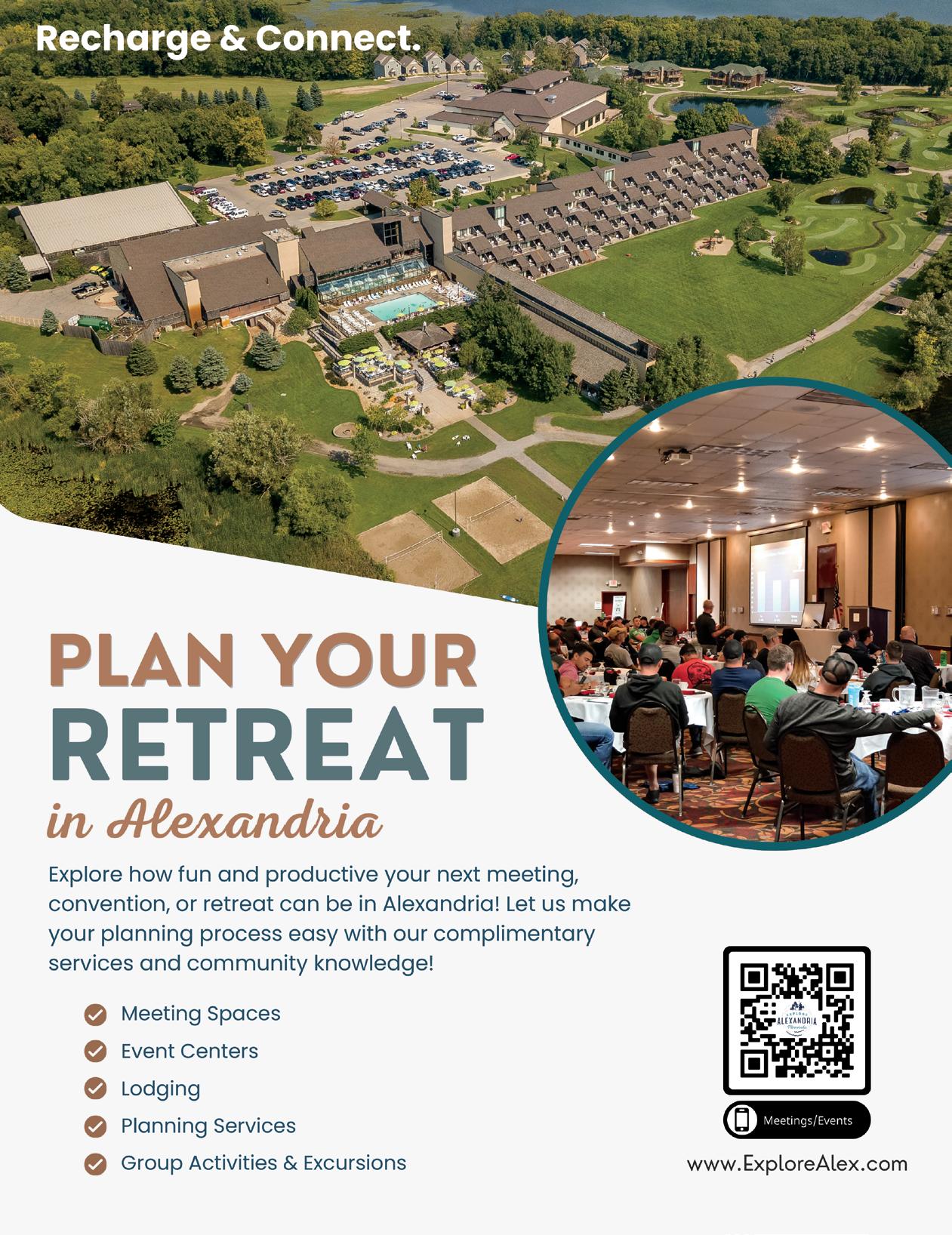
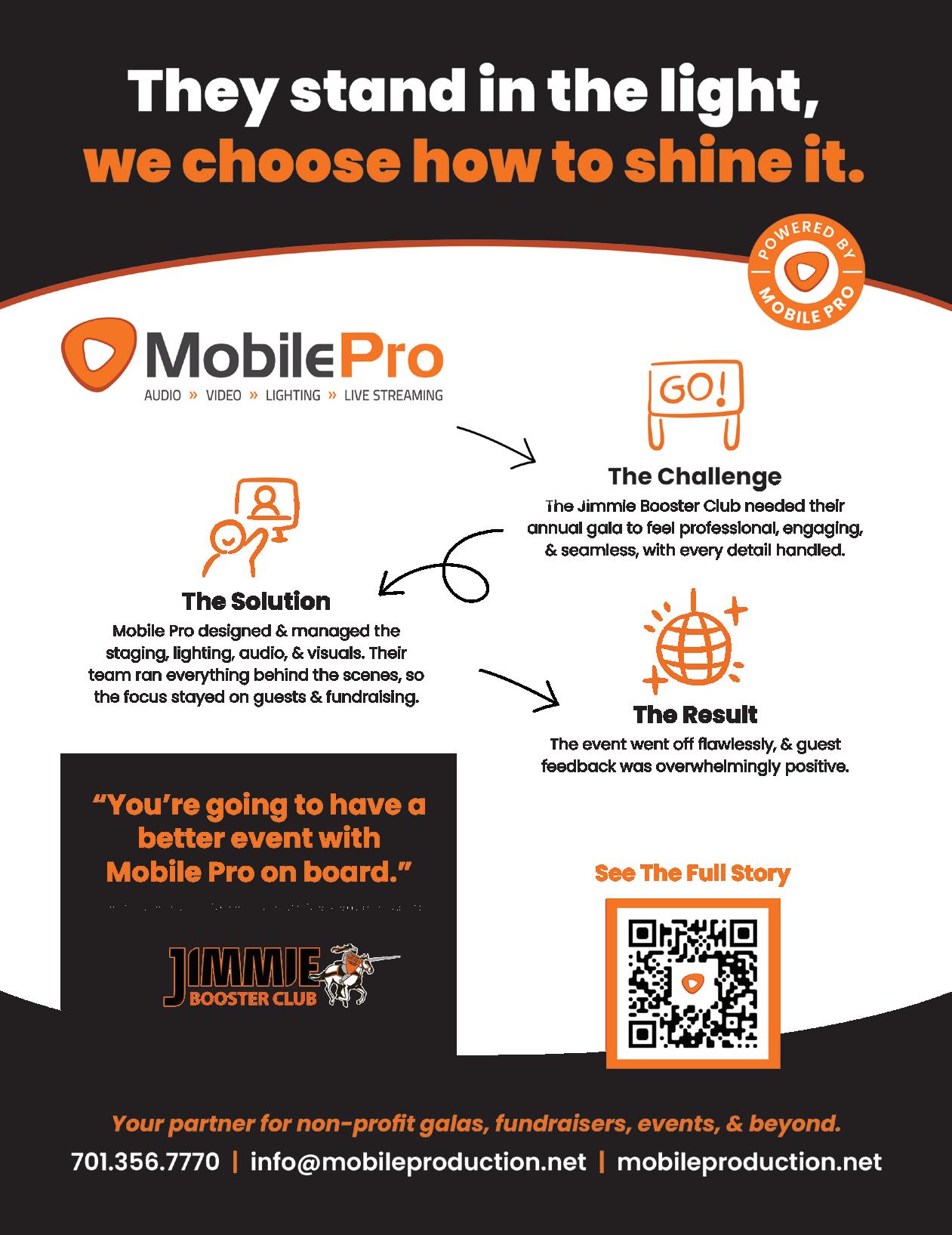
ohn Machacek, Chief Innovation Officer for the Greater Fargo Moorhead Economic Development Corporation, has worked with countless startups throughout our community over the years. He knows their ups, and their downs, but most of all, he knows the questions to ask them. Here are John Machacek’s 10 questions for Vanessa Williamson, CEO and Co-Founder, Farmented Foods.
By John Machacek
Vanessa Walsten and Vanessa Williamson


01
Will you please tell me your Farmented Foods elevator pitch?
Farmented Foods is an uglyvegetable fermentation company focused on sourcing local, organic produce to create the boldest flavored ferments on the market.
02
For the reader’s sake, I’ll mention your products that I’m aware of first— Dill Sauerkraut, Spicy Carrots, Radish Kimchi, Fixer Elixir, Dill Pickles, and maybe one or two I’m forgetting. Also, in case it comes up, I’ll add that you operate Farmented here in Fargo and your cofounder, coincidentally also named Vanessa, operates Farmented in Montana. Will you please explain a bit about the products, such as the process and their benefits?
We have our three flagship products Radish Kimchi, Dill Sauerkraut, and Spicy Carrots, that have been with us since we launched. And since then, we have added our Caraway Kraut
and our Fixer Elixir, a probiotic brine, to our permanent roster. The Elixir actually came out of a desire not to waste excess brine that ferments right along with our Spicy Carrots. In the beginning, Vanessa and I would take home gallons of brine to make into soups, salad dressings, and to drink, in a desire not to waste anything. But we could only consume so much ourselves. So, we started giving it to friends and family and quickly realized we could actually make another product out of what could be considered a “waste stream” in a conventional company. Not only did we love the product, but it fit so in line with our overarching goal to be a zerowaste company.
We also test new products out each fall and at farmers markets. In the past, we have had products like fermented salsa and a Bloody Mary mix. This year, we have dill pickles and fermented jalapenos. It's a great way for us to experiment and see what works well with our customers.
03
Your business got its start selling at farmers’ markets. From working with other CPG (consumer packaged goods) startups, I’m aware of the big leap from markets to getting into stores and having distribution. More difficult facets of that leap may include the longer sales cycle of developing the vendor or distributor
relationships, the burden on production capacity of now needing to fulfill larger orders, and the burden on cash flow for all the upfront costs that come with acquiring those larger orders. How has your experience been with this leap?
When we started selling our products in Montana in late 2017, we received some early interest from local stores, which forced us to learn more about the different licensing requirements and to figure out how to get our products from point A to point B. We started with direct distribution because there were only a few stores to begin with. My cofounder, Vanessa, worked for a distribution company over the summer of 2018, and they had a lot of interest in carrying our products. We didn’t actually start distributing with them until the late summer of 2019. They were a local distributor who we already had a relationship with which made it substantially easier to work with them. Currently, in North Dakota, I still do all of our distribution myself, which spans from North Dakota to South Dakota, Minnesota, and Wisconsin. It’s a lot of driving.
The biggest factor in deciding to use distribution at that time was the hit to margins. Every step from getting our products made until it reaches store shelves and ultimately the hands of our customers, takes a cut. We make roughly three times as much product-selling directly to customers at farmers’ markets than we do selling in retail settings. But we had and continue to have goals to expand beyond our hyperlocal markets. So, it became necessary. And with the right partners, it can help expand your reach
well beyond where you could supply it yourselves.
On the production side, on top of normal constraints, the fermentation process takes 2-4 weeks, which further impacts lead times and planning. And getting into retail, especially in new markets, is a big waiting game. So, you always have to be prepared for the “yes” but not overprepared in case it’s a “no.” Growth means increased upfront costs and risks of more raw materials, packaging, and inventory, without guarantees it’s going to work out the way we hope. It’s cashintensive. Especially when prices of inputs can change so drastically at times. Start to finish, from first conversations to getting a product on the shelf, can take between 6-12 months or even longer. Growth has been stressful, but a good problem to have.
For the most part, we have increased our retail footprint little by little through outreach to store owners and category managers. Our approach has been to establish a strong hyperlocal presence in stores and then expand from there. It is a lot of cold calling and emailing, but local independent stores are always going to be way more open to carrying local brands than big box stores. I think a big lesson we continue to learn is when to say no. For so long, we have been so focused on getting into any store that would take us, but that has hurt us in ways. If our customers
don’t shop there, or it’s too expensive to get our products there, then it’s just a waste of everyone's time and money. That’s been a really hard lesson to learn and one we still fall prey to.
I mentioned in the previous question that our relationship with our Montana distributors has been really great and, for the most part, smooth. But getting in with bigger, more regional distributors, or even national distributors, is a whole different ball game. Not only are there fees just to be activated in a single warehouse for a distributor, but they also want you to have an anchor account or a certain number of independent stores in order to activate. On the flip side, stores want you to already have distribution lined up before they bring you in. It’s a real chicken or the egg situation, and a big reason we have continued to selfdistribute out of the Fargo location.
05
Farmented was part of gener8tor’s first North Dakota accelerator cohort in 2023. How was that experience for you?
We were so excited when we found out we were selected to be a part of the first cohort. I initially applied, thinking the cash injection and mentoring would be a great accelerator in our growth. It allowed both Vanessa and me to really “go for it.” I was working a full-time job and quickly realized that if I wanted to give Farmented a real shot, I needed to go all in. So, I left my full-time employment during the cohort to pursue Farmented.
Something I didn’t expect to come
out of the cohort was that it also helps to hold us accountable. We’re not just answering to ourselves anymore, but we have been entrusted with other people’s money to try to make Farmented work. We don’t take that lightly. I want to prove to them that they picked the right horse, so to speak.
Gener8tor definitely opened my eyes to growth potential and gave me a deeper understanding of the investment and growth side of a startup. Not only did we receive the initial $100,000 investment from the accelerator, but also a follow-on investment. Overall, it’s great to now be part of the gener8tor family and have their support. They continue to be there for us, and it’s nice that we can contact Ben Stanley whenever for a question or connection.
06
That accountability part really makes sense, especially how accelerators like gener8tor ask you to keep your investors and supporters routinely updated. And speaking of those routine updates, I notice how you incorporate monthly revenue goals in your updates. Will you please share more on your process for setting goals?
Every January, Vanessa and I get together in person, typically in Montana. I love an excuse to go back. We reflect on the previous year and focus on the upcoming year and what we hope to
accomplish. This past January, we really wanted to turn up the dial on our growth, but to do it in a way we could sustain it with our production constraints. Ultimately, we have a goal to almost double revenue in 2025, and have set certain month-by-month goals to get there—10% growth goal month over month. We also set nonrevenue goals for the year, such as the number of new stores, demos, events, and markets. These aren’t revenuespecific, but if accomplished, they will lead to higher revenues.
After an initial slow start to the year, we are now on our way to our goals, and in August, our year-to-date revenue had already surpassed all of 2024. By having the goals and listing them, it is easier to monitor our progress. It feels really good to see the goals being reached and even surpassed.
Currently, I am participating in the inaugural Retail Launch Lab with Naturally Minnesota. That has been amazing for Farmented because it is so food-CPG specific. How to scale, store requirements, deep knowledge of the nittygritty, and the hard truths of CPG. I have been the participant, but I’m able to take back my learnings to Vanessa for her benefit. The cohort is helping us tailor what we need to focus on for growth, such as increasing our sell-through rate in stores we are already in, instead of just focusing on getting more stores. As well as how to be more strategic in what stores we enter into. Just as gener8tor gave us a deeper knowledge of investing and growing, the Retail Launch Lab is giving us deeper knowledge of the CPG industry and CPG-specific growth plans.
08
I’m aware that you got connected to Naturally Minnesota, which is the regional chapter of the Naturally Network. I’m a big fan of the efforts and friendly nature of Naturally Minnesota as they look to help CPG companies in our neck of the woods, so it’s great to see Farmented Foods utilizing them as a resource. And by the way, for the readers, while they have Minnesota in their chapter name, entrepreneurs in North Dakota can join as well. How have you been involved so far?
As we get closer to wrapping up this interview, can you please tell me how it went for you to move back to North Dakota from Montana and continue to work on the business, with your cofounder still back in Montana?
When I moved, I initially thought that I could just do the business operations and marketing out of Fargo, but I realized that wasn’t satisfying enough. I enjoy making the products as well as the customer interactions. So that’s ultimately why I started a second location here.
The biggest con to my move back to North Dakota is not getting to be together with Vanessa in person every day. We still talk every day, but it’s not quite the same. Another con would be that with two facilities, that increases input costs more, such as things like ingredients, jars, bins, cutting boards, etc. We need two sets of everything.
But having production in two states has increased our possibilities, visibility, and distribution channels. We have been able to expand into two different markets and still be local to those different markets. We have some really strong stores and market sales here in North Dakota, and a really great customer base.
09
Now, with my standard time machine question, if you could visit Vanessa Williamson from a number of years ago, what kind of hindsight advice would you give yourself?
I would tell her not to be afraid and go for it right away. I think we were really timid in our approach to growth in the early years, and I think that ultimately held us back. I would tell her there are no guarantees that it will work, there still aren’t eight years later, and the worst thing a store will do is tell
you “no.” So go out and pitch your product as much as you can. She’ll be surprised by how many say “yes.”
10
What can we do as a community to help you and Farmented Foods succeed?
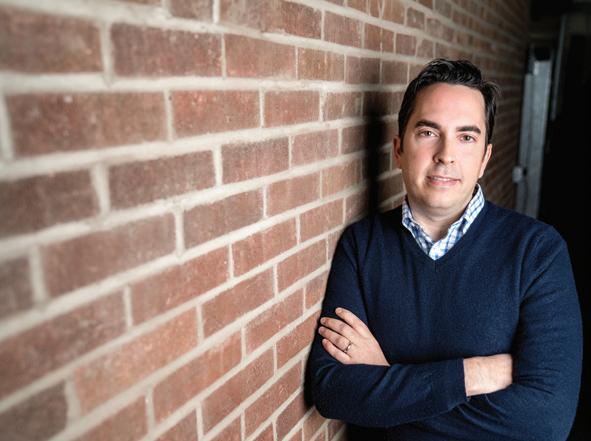
Try the products at a farmers’ market or pick them up in store! Some good ones to pick up at in the FM area are Swanson Health, Hornbacher's, Luna Market in Brewhalla, and First Avenue Market. And if you like the products, please tell your friends and family or share them on social media. Word of mouth is the best form of marketing we have.
Farmented Foods farmented.com @farmented @farmentedfoods

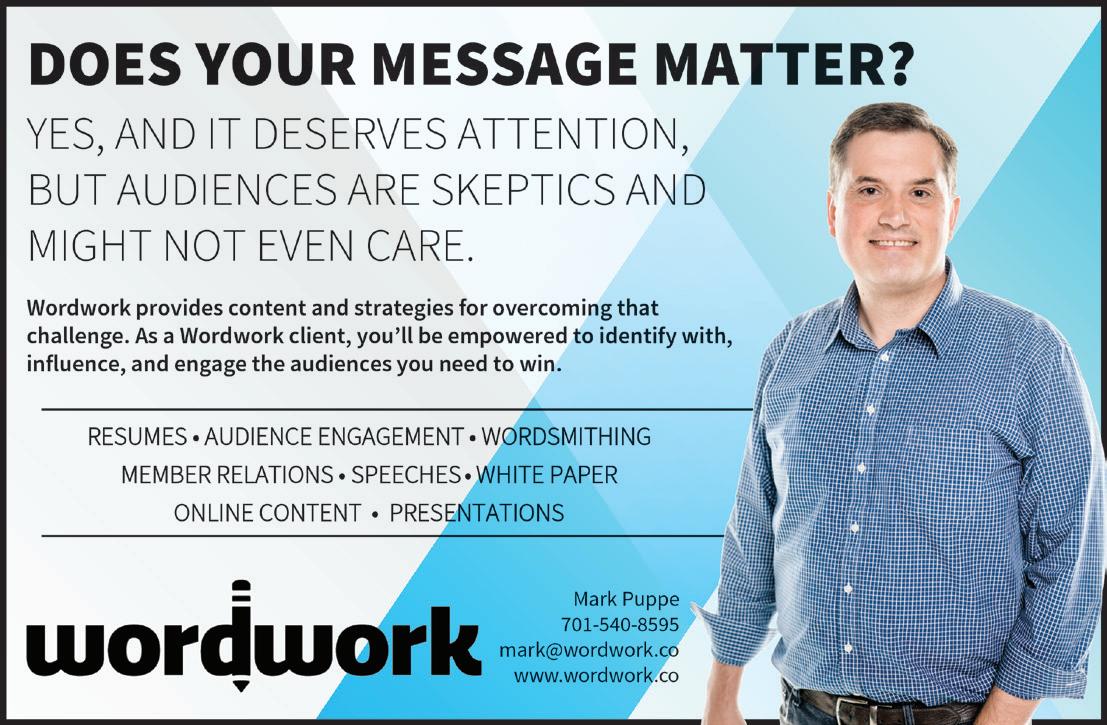
By Mark Puppe, Communications Specialist, Wordwork
Just like thousands of fellow Bison fans, I arrived pregame to stroll around the tailgating lot. This time, I encountered my middle school math teacher from a long time ago. He was manning a grill and sporting a green and gold apron, red Solo cup in hand.
“Hey, Mr. Olson! How’s it going?” I yelled. “I thought you were a Sioux fan!” (Back in the day, he displayed a UND pennant on the classroom wall and joked around with us seventh graders, who knew we were and have remained Bison fans forever. We were honored by his friendly jest and even went to class early to banter.)
After more than 30 years, I still felt comfortable enough to initiate conversation with a wisecrack, but dutiful enough not to even think about greeting him by his first name.
“Yeah, I’ve been a Bison fan longer than you’ve been alive, but I wasn’t going to let that cat out of the bag,” Mr. Olson discloses. “We were having too much fun.”
The exchange turned heads. Apparently, no one in his crew knew he once purported himself to
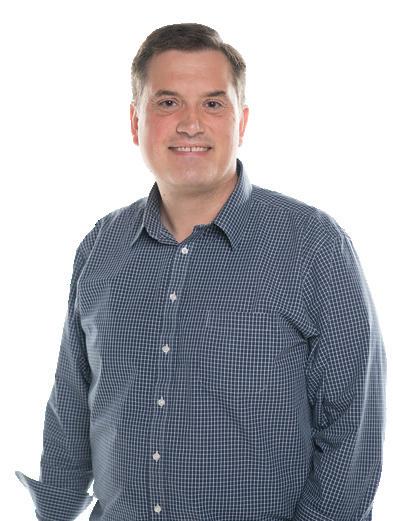
Hillary Ehlen

be a Sioux fan, nor had they ever heard him called “Mr. Olson” when tailgating, but none had ever been his seventh-grade math student either.
I don’t think that sort of exchange is unique to me, but do suspect that most people, when encountering teachers from no matter how long ago, dignify the teacher using “Mr.” or “Mrs.” Put it this way, students tend to revere their teachers and build lasting relationships in ways and for reasons that many people don’t know could even exist. Regardless, they impact us all.
“By teaching our students and helping our citizens improve their financial literacy, we can have massive positive impacts in our state down the road,” North Dakota State Treasurer Thomas Beadle says.
This suggests, and I personally agree, that we are indebted to teachers for being students’ curators on the path to professional success and longterm prosperity. Those connections make teachers inseparable from the workforce and financial investment, two vital sectors of our economy.
“Teachers help build foundational skills so students can fully participate in society. They are a critical safety net, helping catch the most vulnerable in our communities and wrap them in support,” Darcy Bakkegard, cofounder and executive director of The Educators' Lab says.
Like Beadle said, providing students with the guidance and aptitude to determine their most suitable career and financial paths prevents problems. This is especially true for high school students and recent graduates, and North Dakota is responding.
However, implementing new ideas requires acceptance, adoption, and adaptation; steps that can be complex and difficult, particularly in schools.
“Making changes in education is hard because we all love our kids and want what's best for them. When things are different, that can feel uncomfortable and scary,” Bakkegard says. “To create the most viable, impactful solutions, we must listen to those with firsthand knowledge of the problem: teachers and students.
“Then we can help them design and implement solutions tailored to their
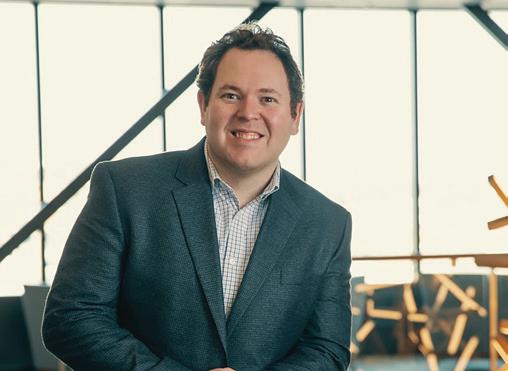
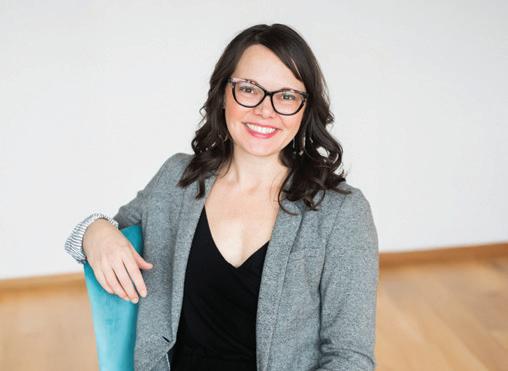
needs and communities,” she says. “We don't have time to wait for topdown, one-size-fits-all all solutions.”
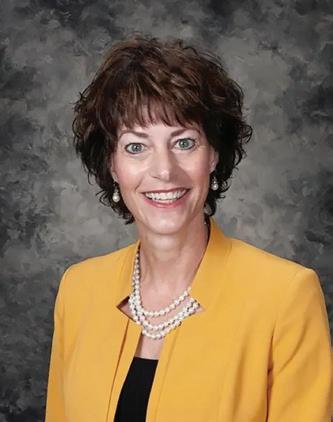
Denise Jonas, Ph.D., is the director at the Cass County Career and Technical Education, a collaborative network
of local school districts: Central Cass, Fargo, West Fargo, and Northern Cass.
“Our goal is to provide a scope and sequence of intentional learning which includes education, career experiences and citizenship,” Jonas says.
CTE and similar career preparedness programs facilitate that goal by empowering students to honestly understand and effectively apply what they learn in school to establish a gainful career. When that happens, students are positioned to attain the professional and financial success and quality of life they want, and everyone needs them to attain and perpetuate.
“Student success is when learners graduate from high school with confidence in themselves and are self-aware of their passions and aptitude to make informed decisions about their next step after high school,” Jonas explains. “It is important for students to recognize that life is a journey and there are on and off-ramps throughout their lives, and it is not just a linear path.
Hope, civility, and collaboration are themes guiding CTE’s educational
programs and strategies. “Together, these philosophies can strengthen our community. Hope encourages students to believe in their future, supported by exposure to career pathways, mentorship and success stories that inspire their journey,” Jonas says.
However, CTE has already transformed many of those philosophies into functional realities.
“Living on Your Own” is an elective course available to high school students. It equips students with practical life skills such as budgeting, managing rent and insurance, meal planning, understanding credit, time management, college preparation, car ownership, and parenting.
Those are vital life skills that everyone must recognize and activate, but teachers are the safety net, ensuring that every student has access to them.
Sheyenne Valley Area Career and Technology Center
Rural communities are moving forward with career preparedness
provided by Mark Puppe
and financial literacy programs as well. They do not rival or compete with urban areas, but they do determine, implement, evaluate, and modify educational strategies and priorities at different paces.
“North Dakota's smaller district size means teams can pivot and shift gears in more nimble ways,” Bakkegard says. “In addition, the North Dakota Department of Public Instruction has worked hard to ensure there are flexible options that maintain high standards while allowing districts to try new approaches.”
Headquartered in Valley City, Sheyenne Valley Area Career and Technology Center partners with businesses throughout a 50-mile radius that includes multiple school districts: Barnes County North, Litchville-Marion, Maple Valley, and Valley City.
As a SVACTC transition program instructor, Kalyn Botz is the goto person for businesses and is interested in becoming program partners. She says that program agility spares students the cost of paying for credits that might not be necessary. It also ensures education relevance because Botz and her colleagues watch employment trends, monitor workforce needs, and work closely with businesses so SVACTC can respond with the programs according to what is best for students and the real world.
“There are careers that are not even created right now, but an essential element remains true—giving students the tools to explore and learn will never let them down. Teachers are the link between what students reach for, and businesses are willing to let them try.”
SVACTC programs combine classroom instruction and handson learning, such as life, social, and
work-related skills, in addition to experiential opportunities. Plus, curriculums are always relevant to valued careers because employers advise what is or is not most important to the existing job market. After all, if education does not match the job market, the workforce dwindles and can take financial prosperity with it.
“The advisory board members consult with the teachers on what is needed from students, ‘student supply’ requests, and other variables determining workforce needs and opportunities,” Botz explains. “These members can be from industry, local farmers, and career resources such as North Dakota Job Service and prospective employers.”
The SVACTC board consists of school board members from each of the member schools and professionals from each of the program areas: welding, construction, auto, graphic design, career development, and agriculture.
Further, the programs are not nonchalant. Even if students enrolled in the SVACTC agriculture program grew up on a farm, academic credit for experiential education cannot be earned by working on their own family’s farm.
Bolz says this enables students to recognize, learn, and apply different approaches to agriculture, and each new idea is an opportunity to consider for their own farm upon completing the program and making agriculture their profession.
Here’s
your paycheck. What will you do with it?
No matter what their career path or goals, students and new graduates must be prepared to make important decisions about
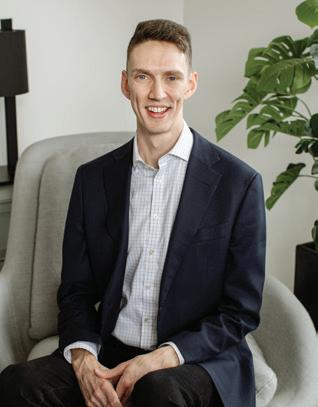
significant financial issues, but will they know what financial options exist or have the financial aptitude to assess them?
“Financial education is one of the most important things we can teach our students,” Beadle says. “It’s not just about knowing how to manage money—students must also be equipped to recognize the wide range of financial and resource opportunities available to them after graduation.”
Dan Schuster, a wealth management director at Fjell Capital, introduces these opportunities to students as a CTE financial literacy instructor.
“Through the CTE, I’ve had the opportunity to speak with high school students in Fargo about real-world money management,” Schuster says. “We’ve covered practical topics like choosing a career path, preparing for the workforce, and the basics of building long-term wealth. My goal is always to give students tools they can start using right away.”

Although developing a financial plan and managing finances are always essential tasks, Schuster explained that wealth is built over decades, so he advises all people to “Save often and save early. If you’re just starting, commit to saving 10% each paycheck. Do this consistently, and that savings can really add up over time, especially for students.”
He stresses that “(h)aving a good financial strategy is vital, but does not mean the strategy has to be complicated. Sticking to a budget, saving every month, and having a plan to tackle debt are a few simple habits that can create a stable financial life early on.”
Early exposure to these concepts empowers students and adults to confidently navigate their financial lives, setting a strong foundation for future success regardless of career path or social status. North Dakota has initiated financial literacy programs accessible to all citizens, not just students.
Beadle shared that the Financial Literacy Commission aims to foster
collaboration across agencies and the private sector to raise awareness of financial education and provide all citizens with tools and education for taking control of their financial lives.
Also, he affirmed that the “Smart with My Money” initiative at the Bank of North Dakota is available. He invites all North Dakotans to visit smartwithmymoney.nd.gov to discover their money personality and learn tips to improve their outlook.
Before wrapping up, Schuster has another suggestion for students to consider.
“Invite a professional you admire out for coffee or lunch,” he says. “These conversations can open doors, provide guidance, and show the importance of smart career decisions in building a strong financial future.”
Well, Mr. Olson and I didn’t have coffee during our tailgating conversation. However, I did realize how the life lessons that my fellow
seventh graders and I learned from him during math class, over 30 years ago, enabled us to trust teachers’ guidance up the academic ladder and into the real world.
Again, I doubt such relationships are unique or rare, so thank a teacher for not only inspiring students’ academic success but also helping students determine a path into the workforce and how to understand and evaluate their financial opportunities when the paychecks start rolling in.

wordwork.co /wordworknd
/company/mark-puppe



